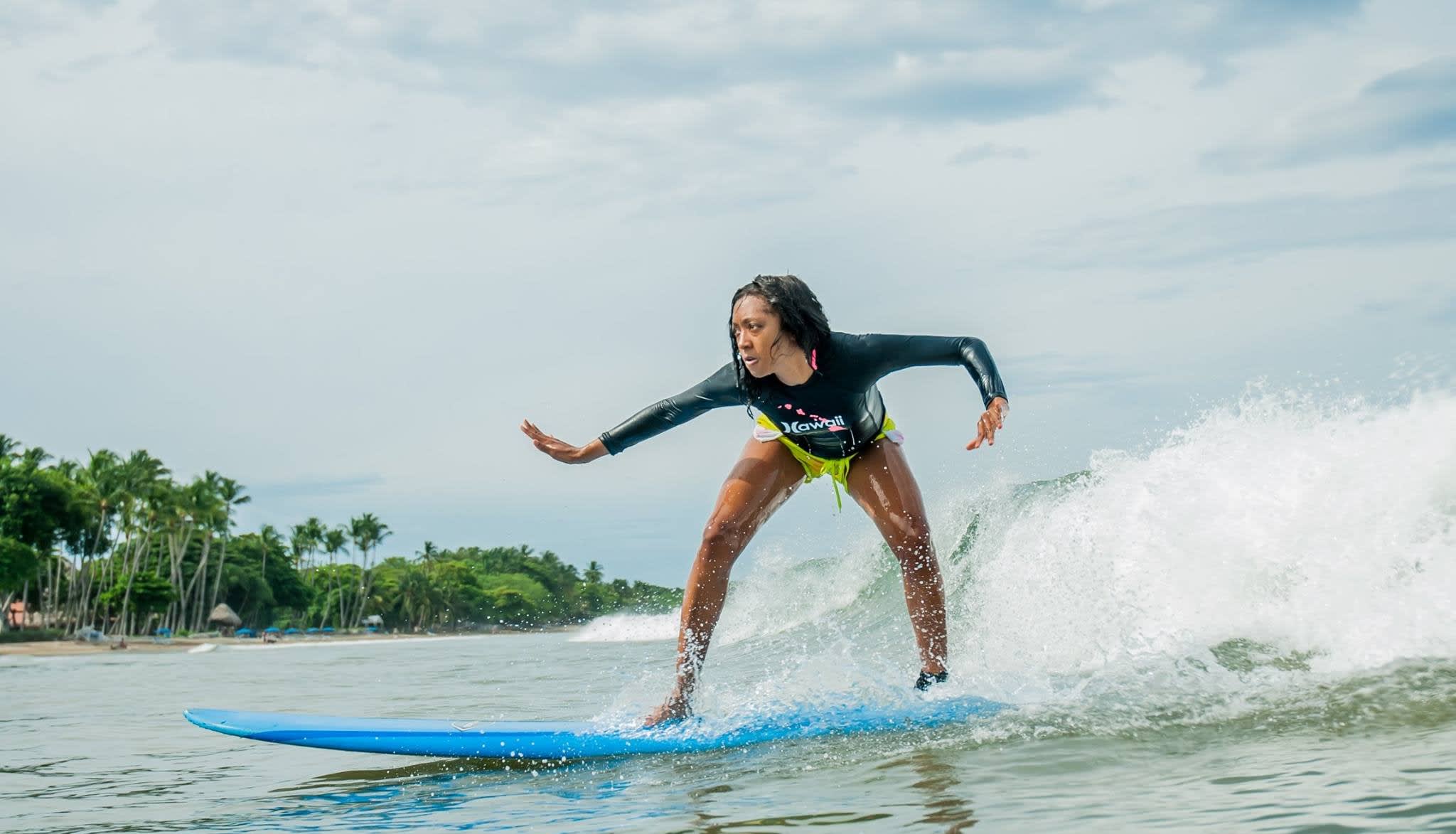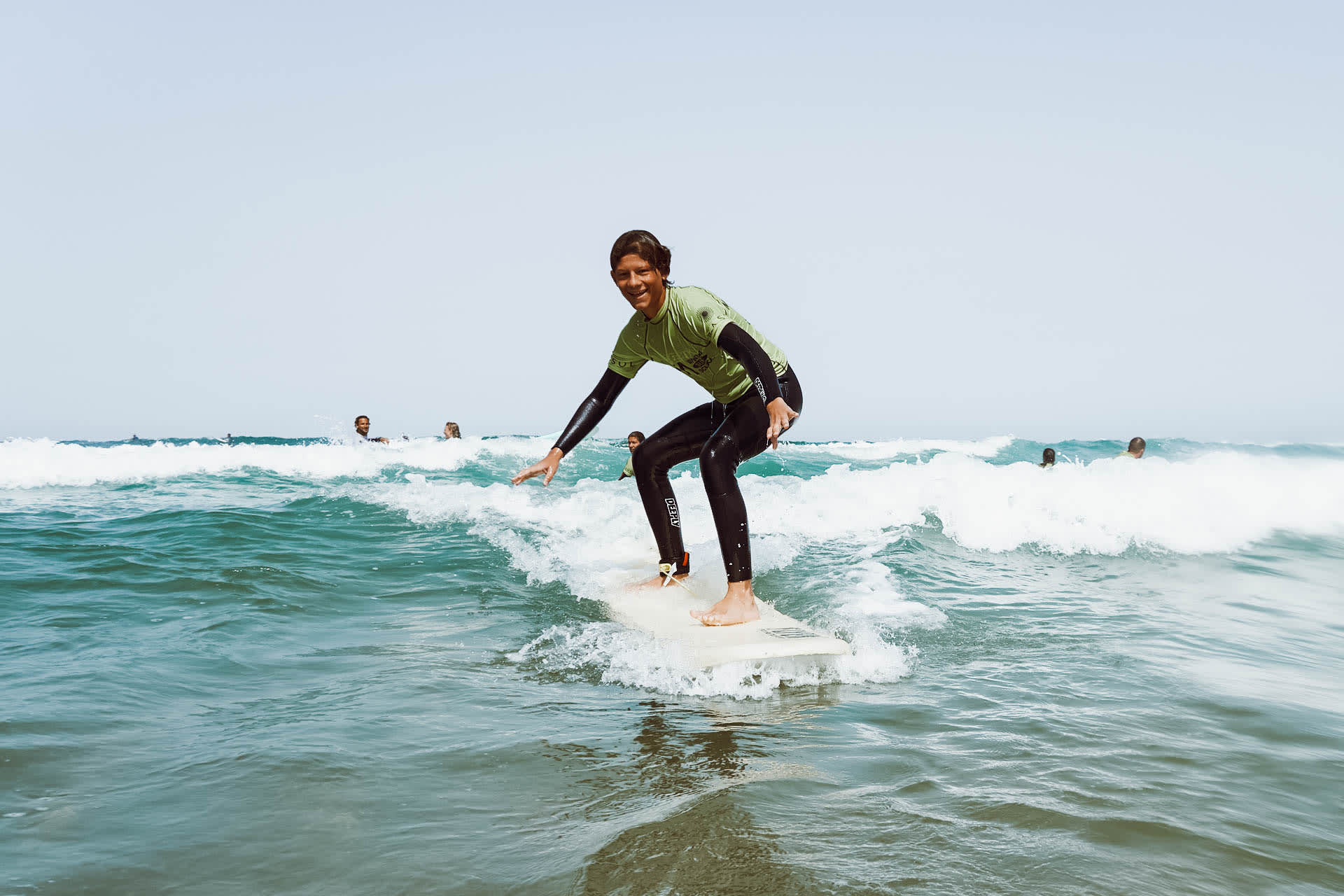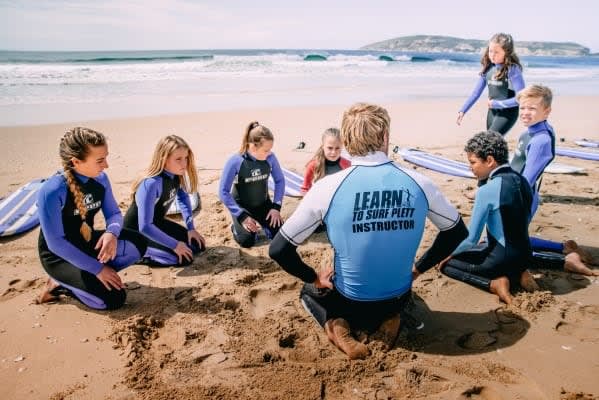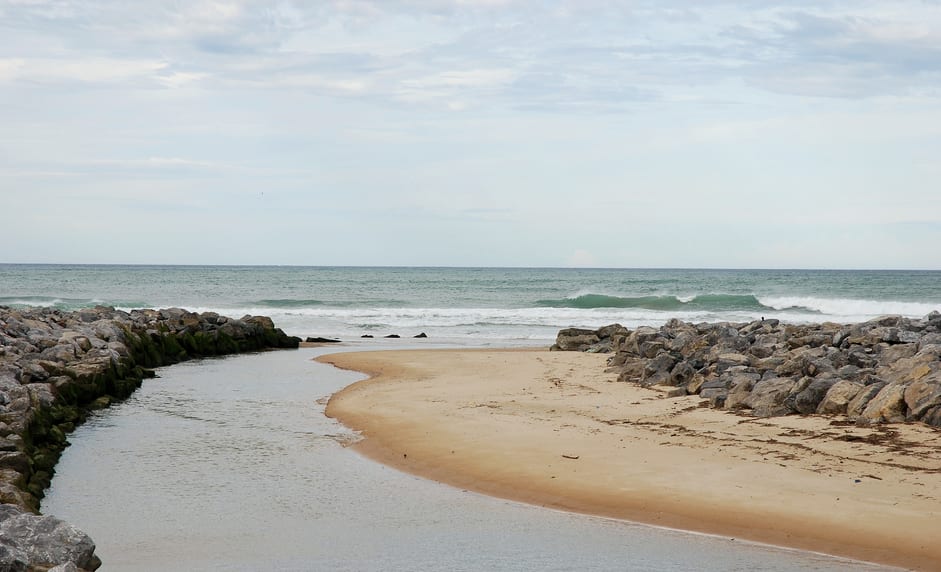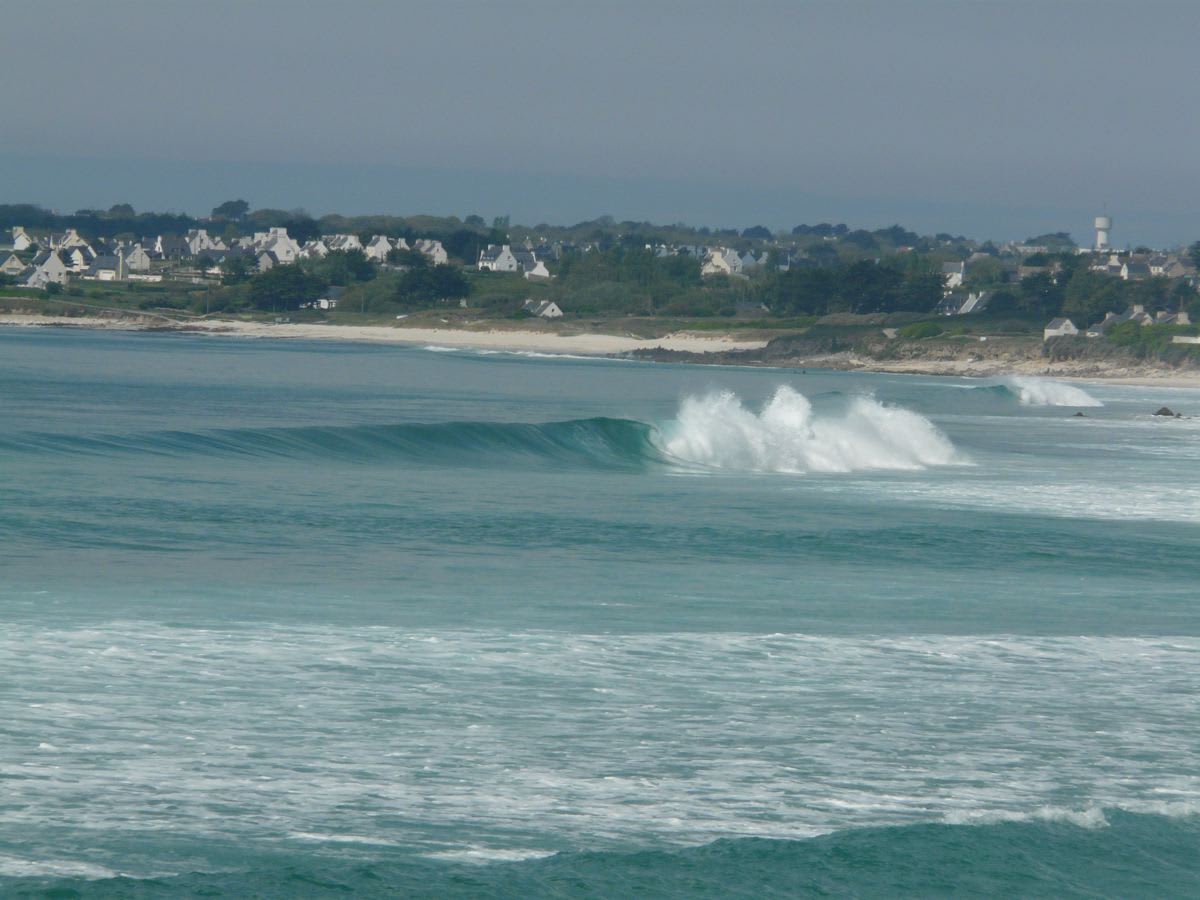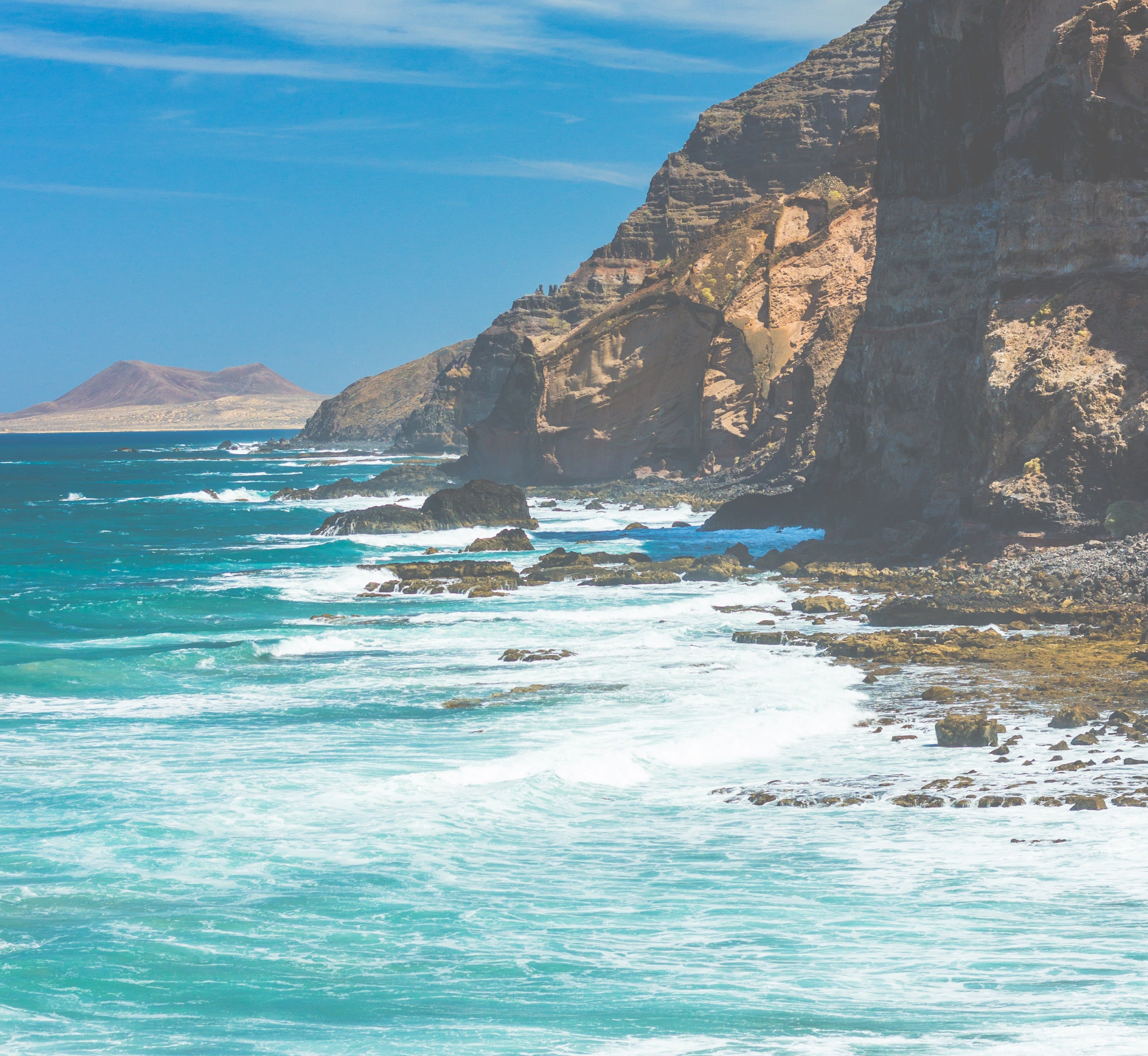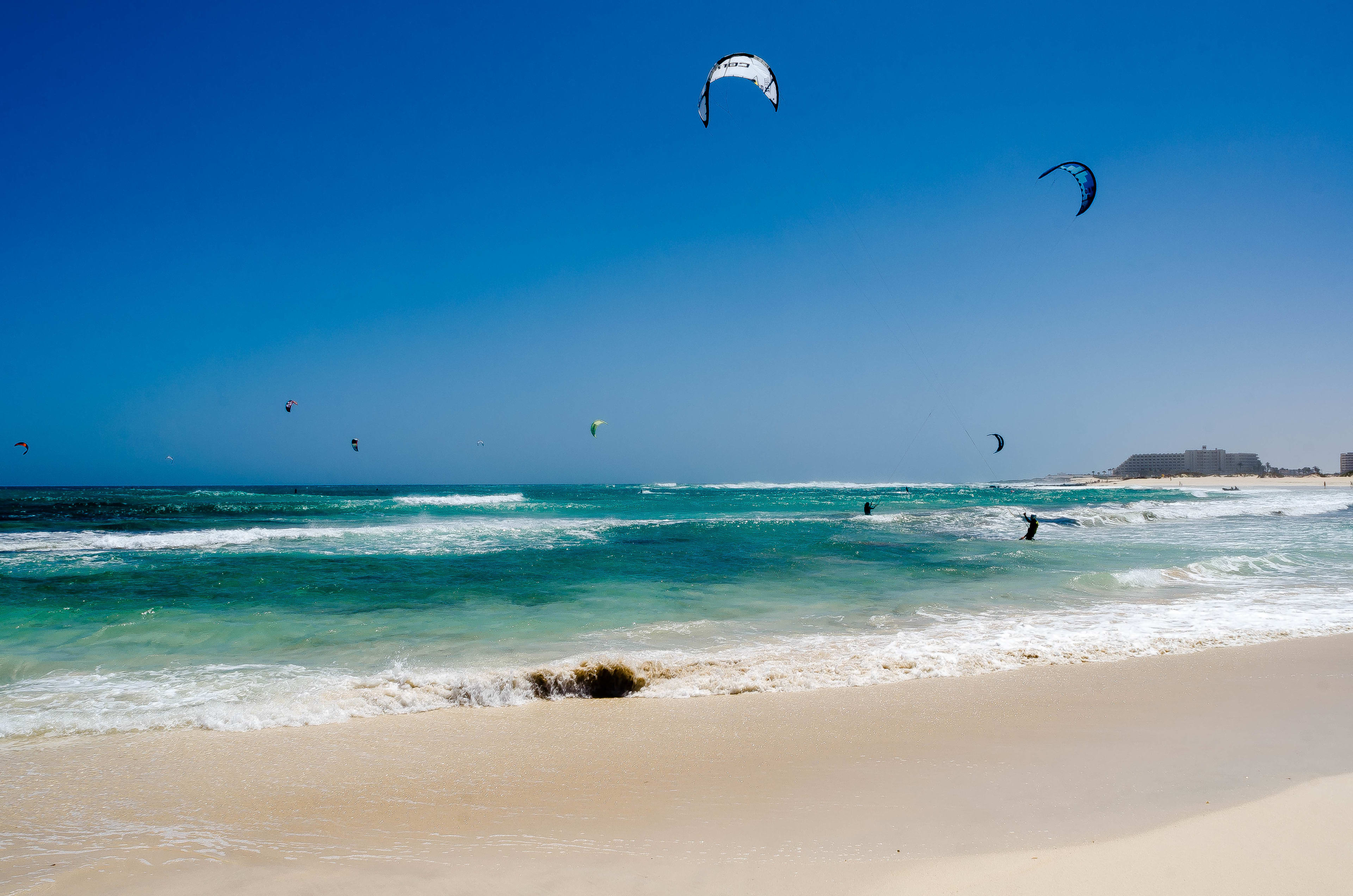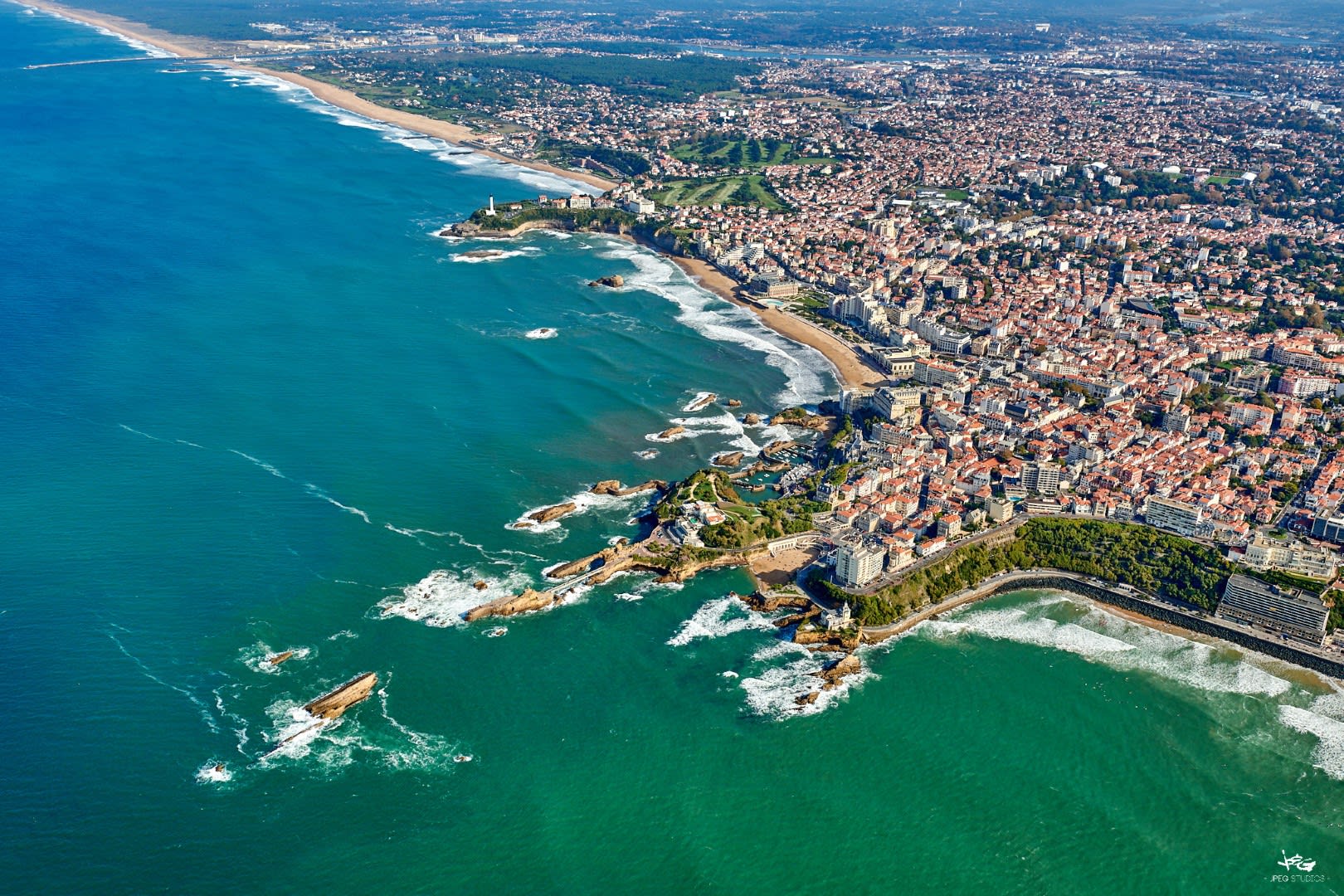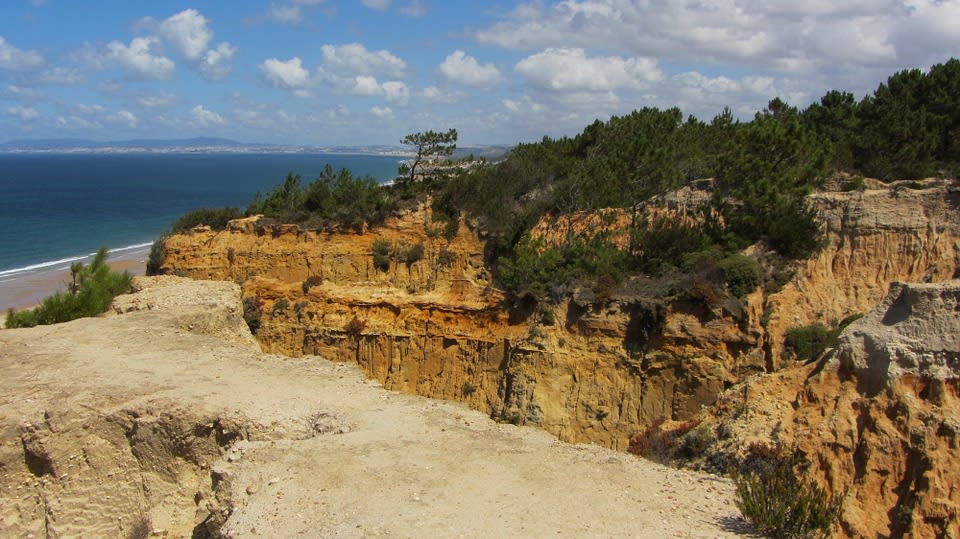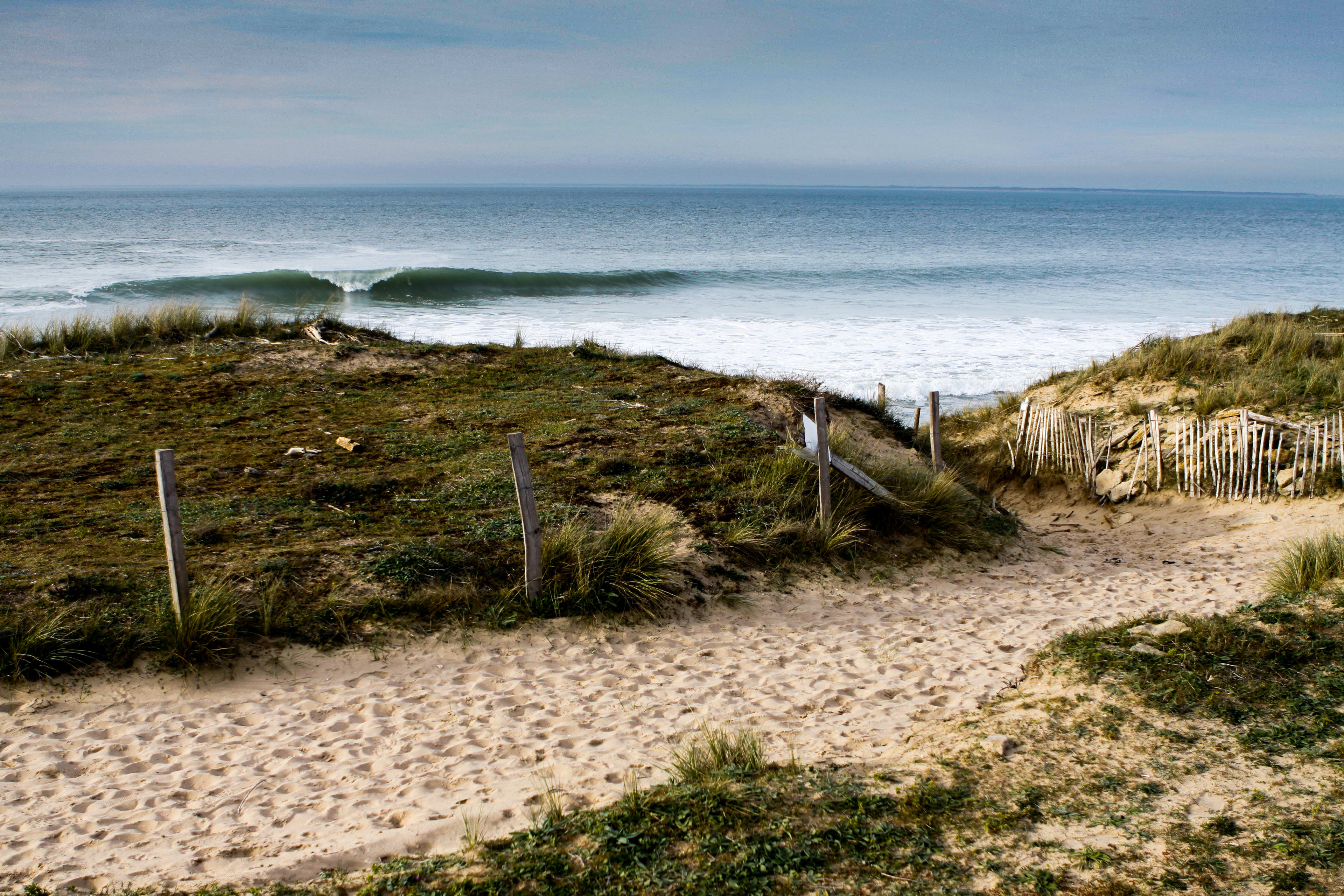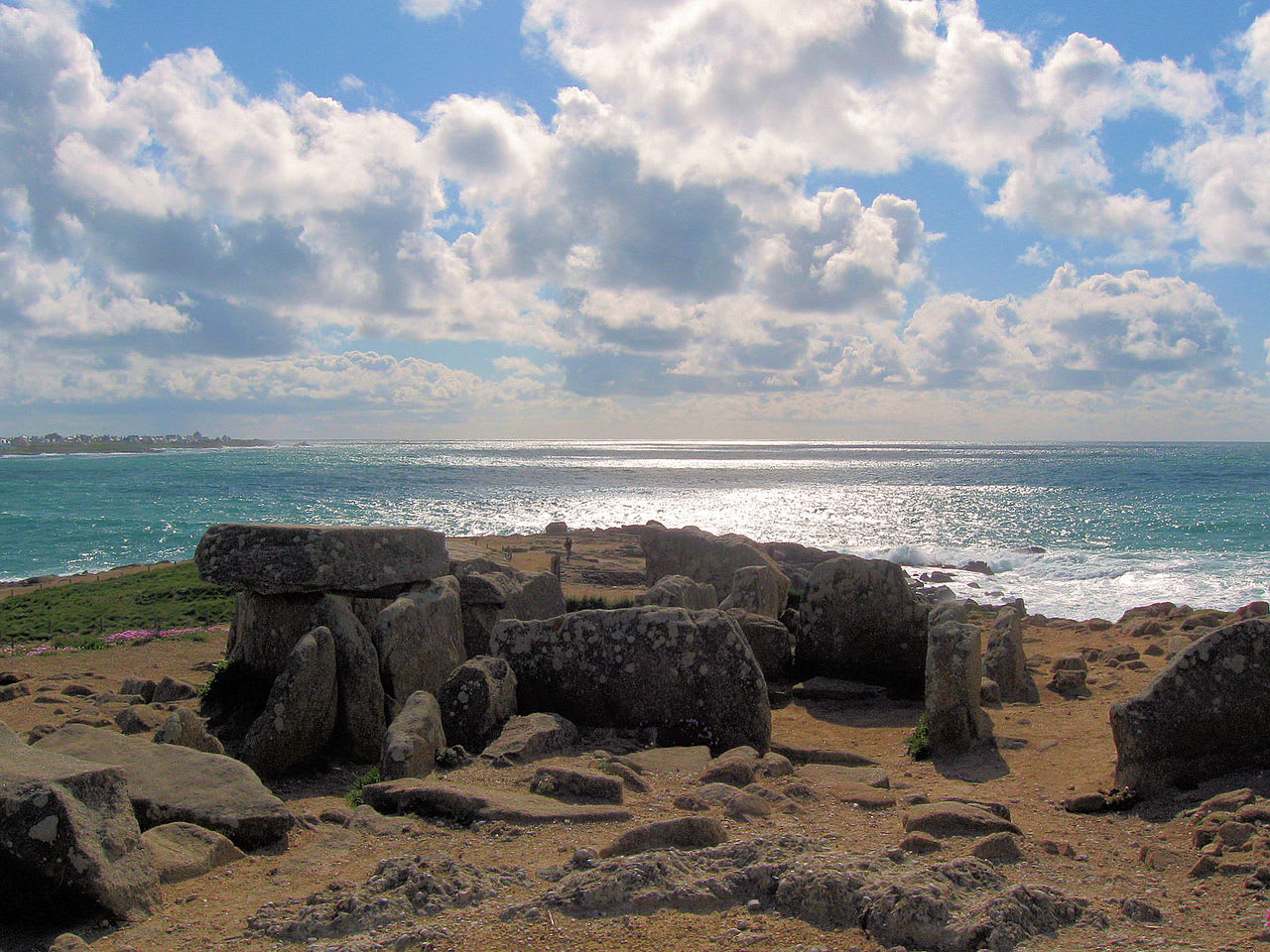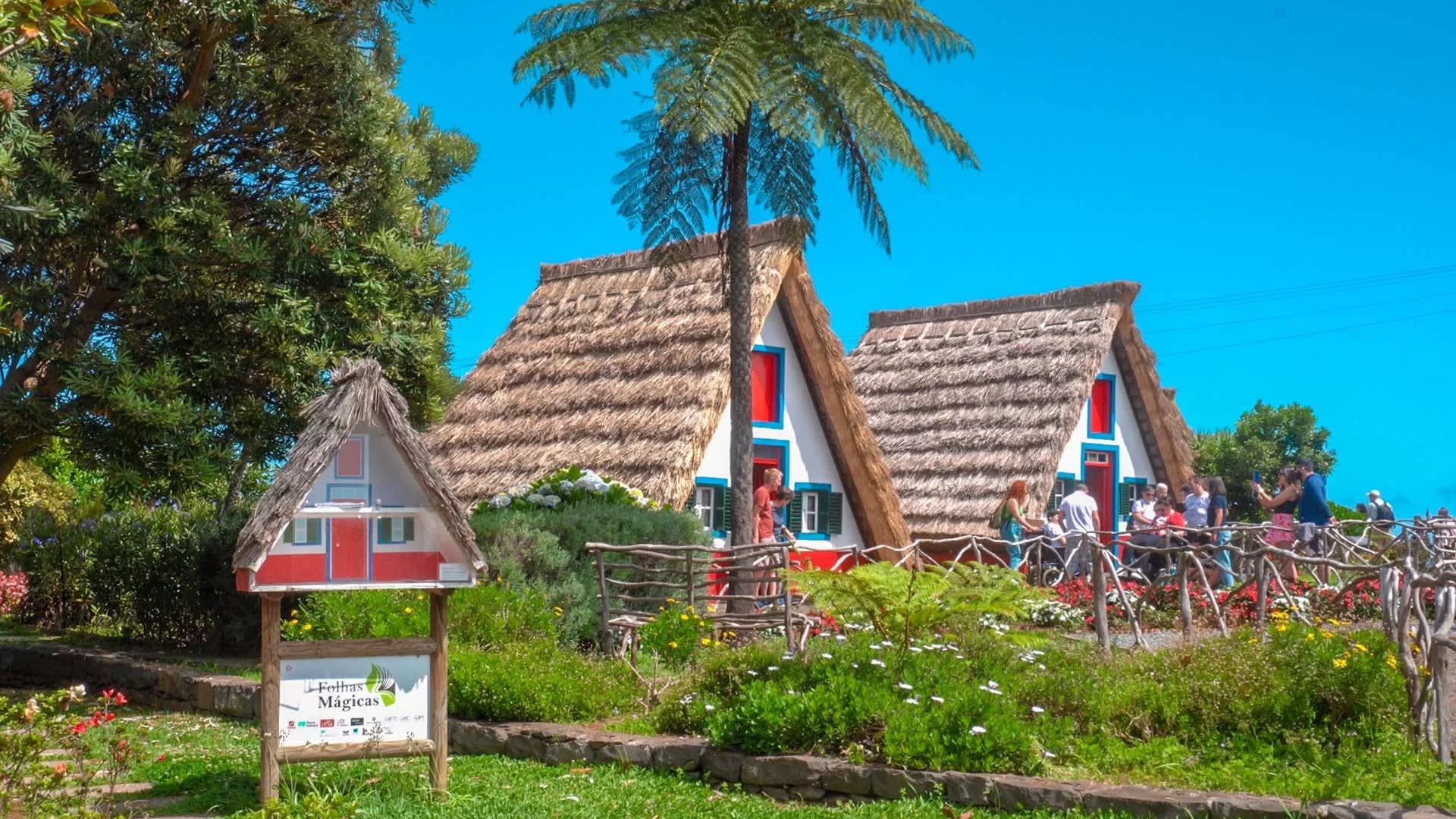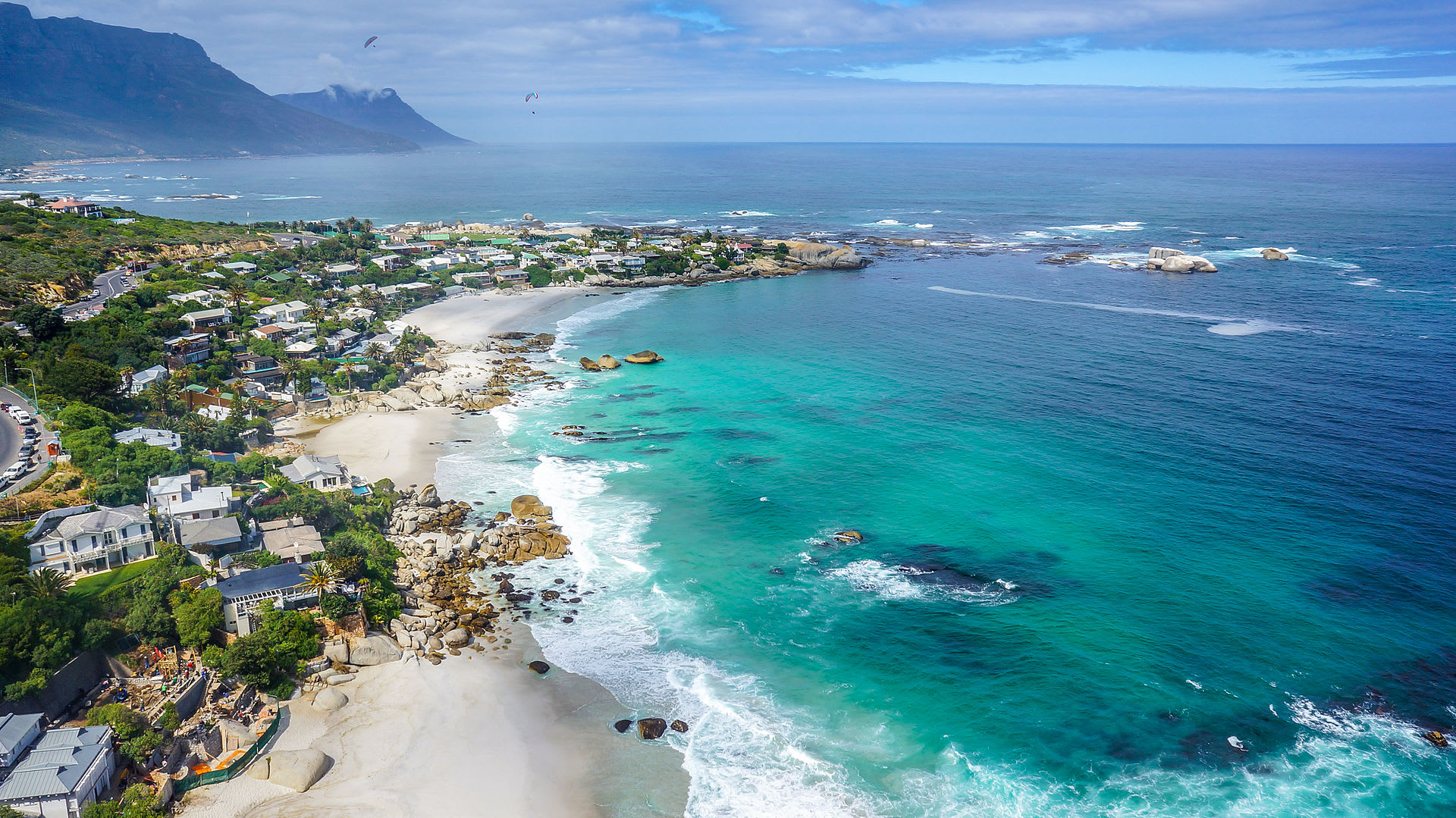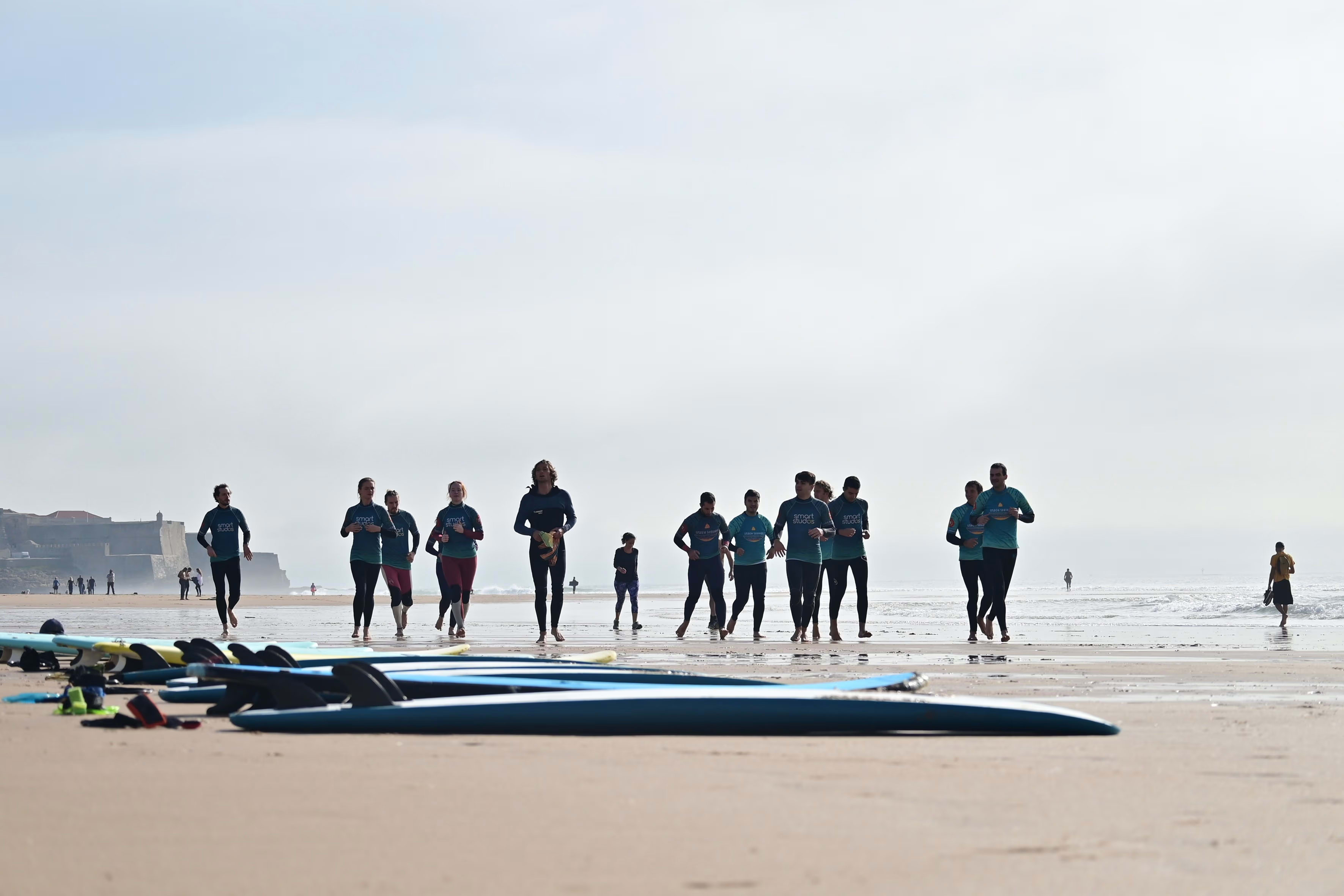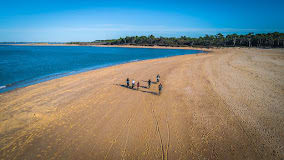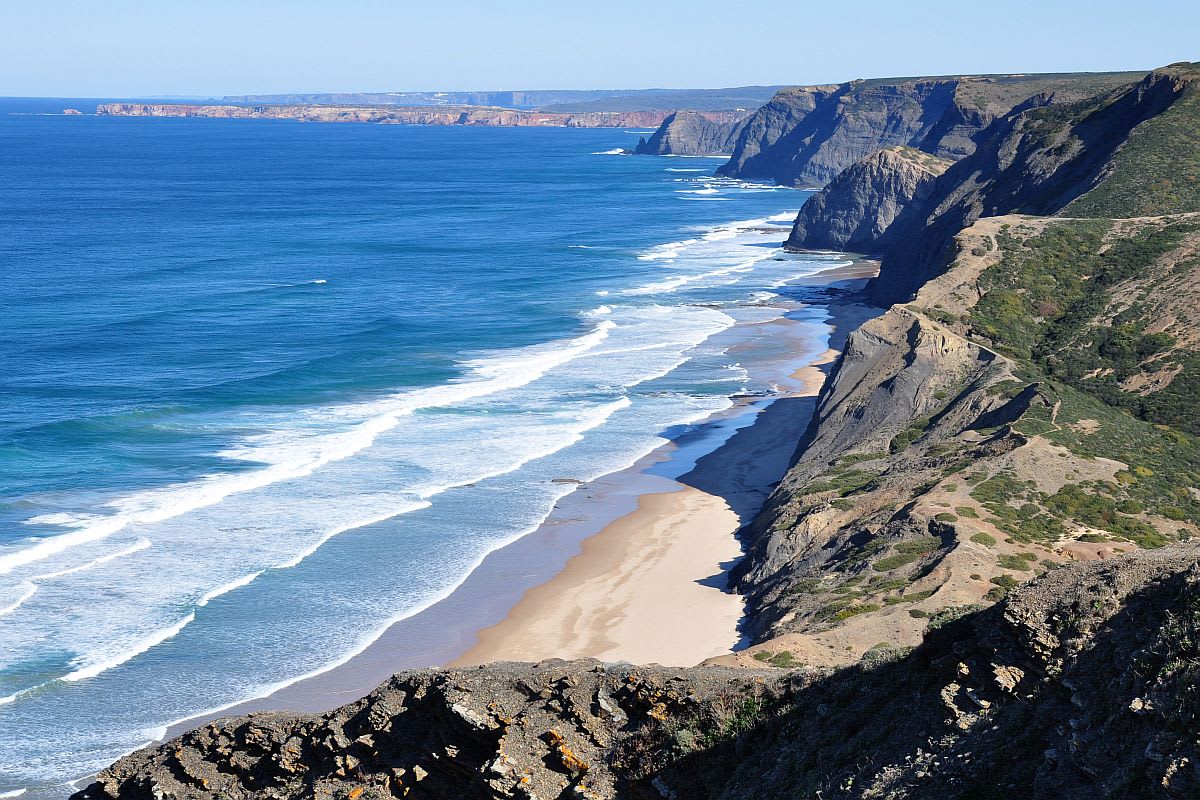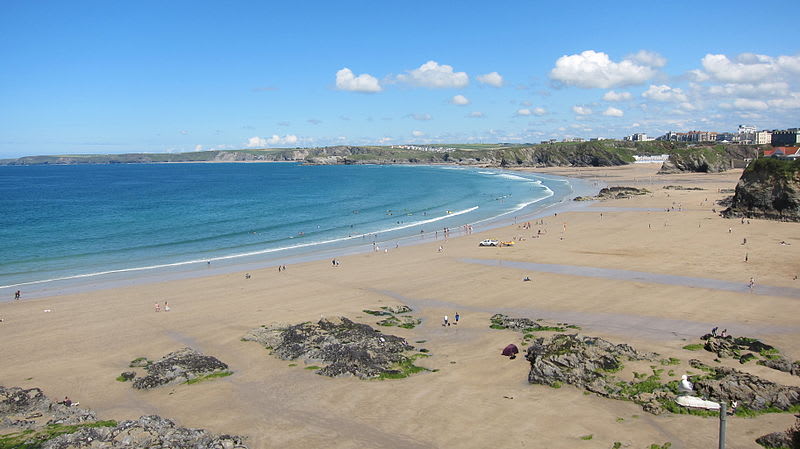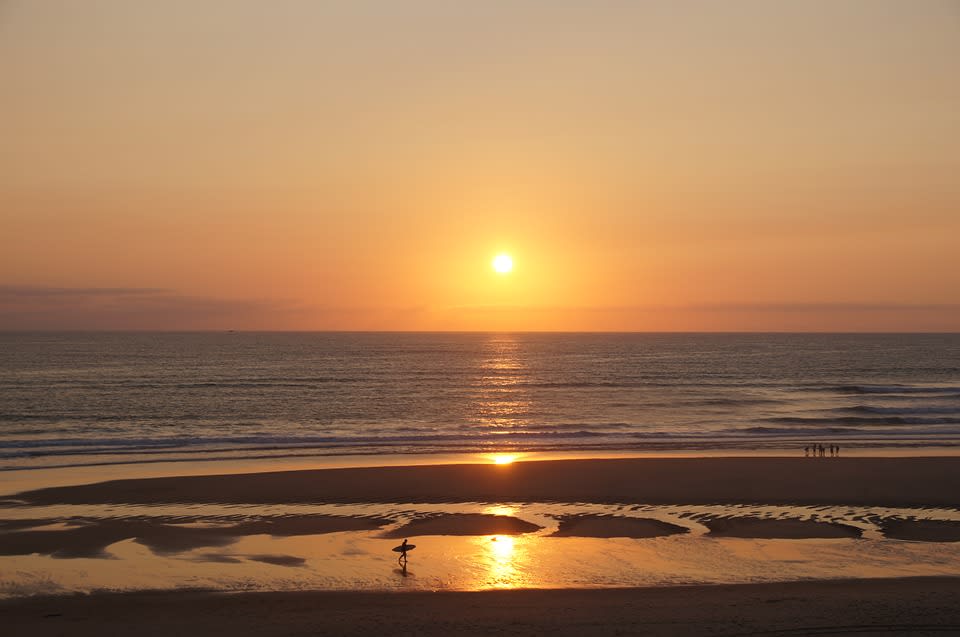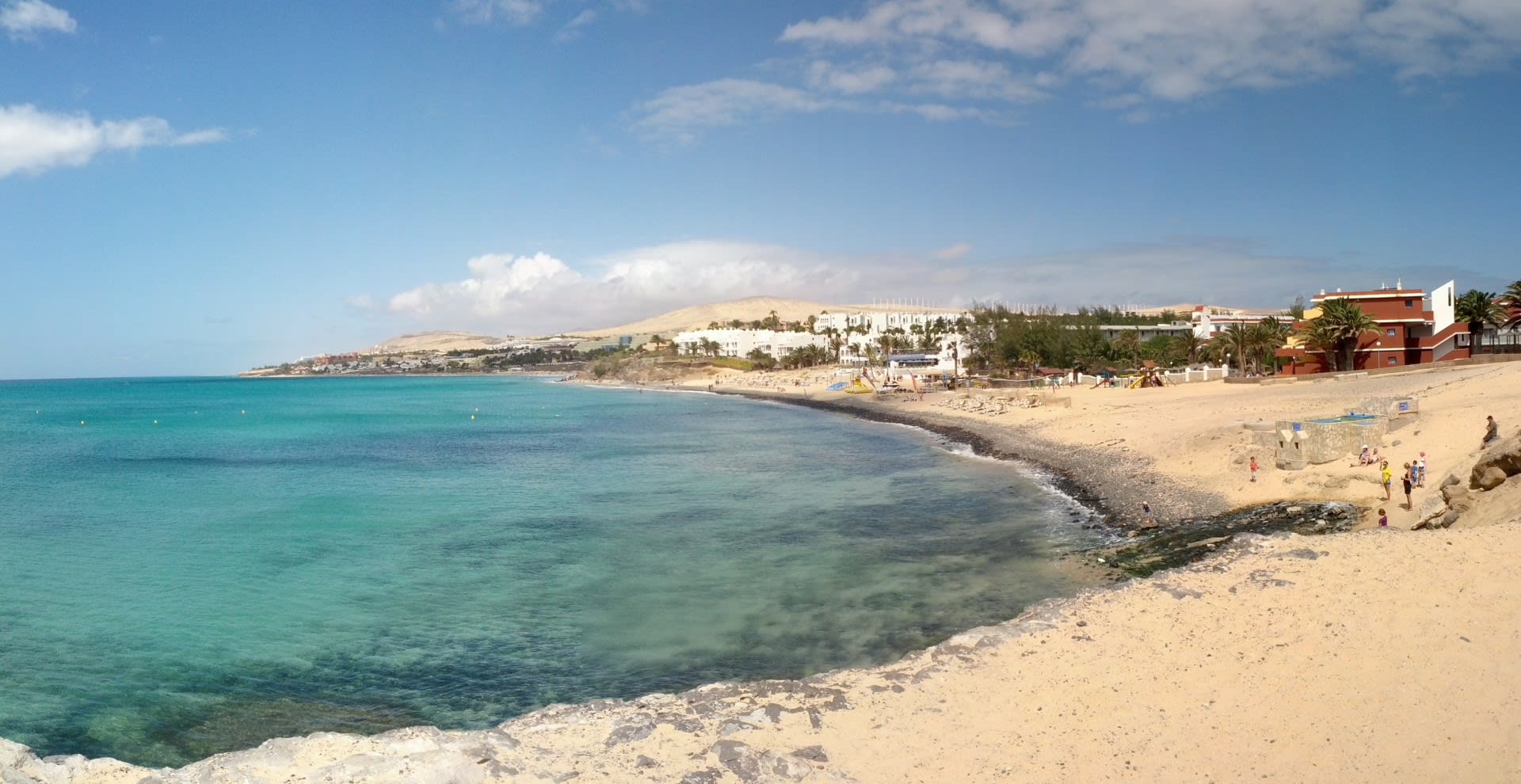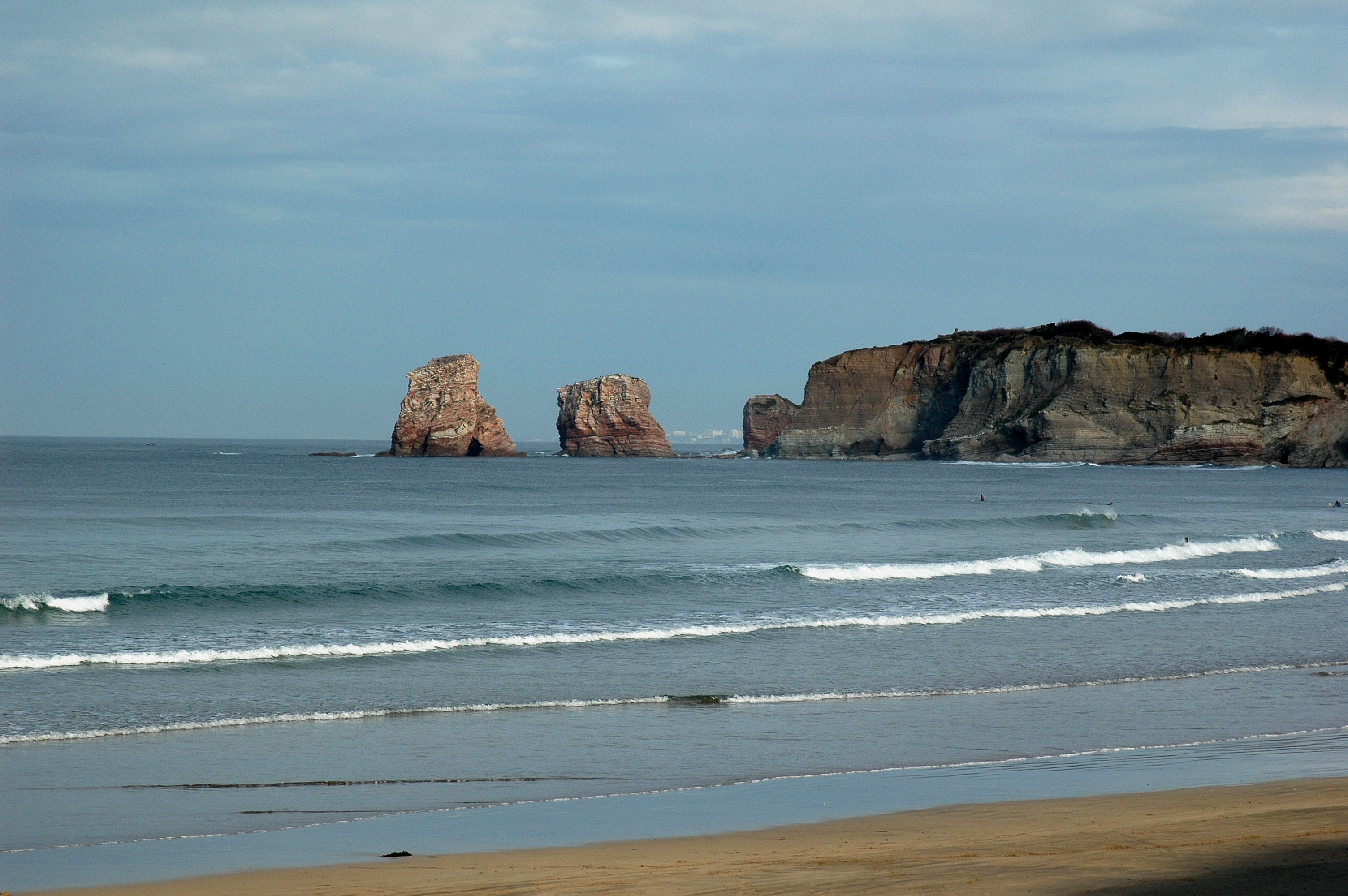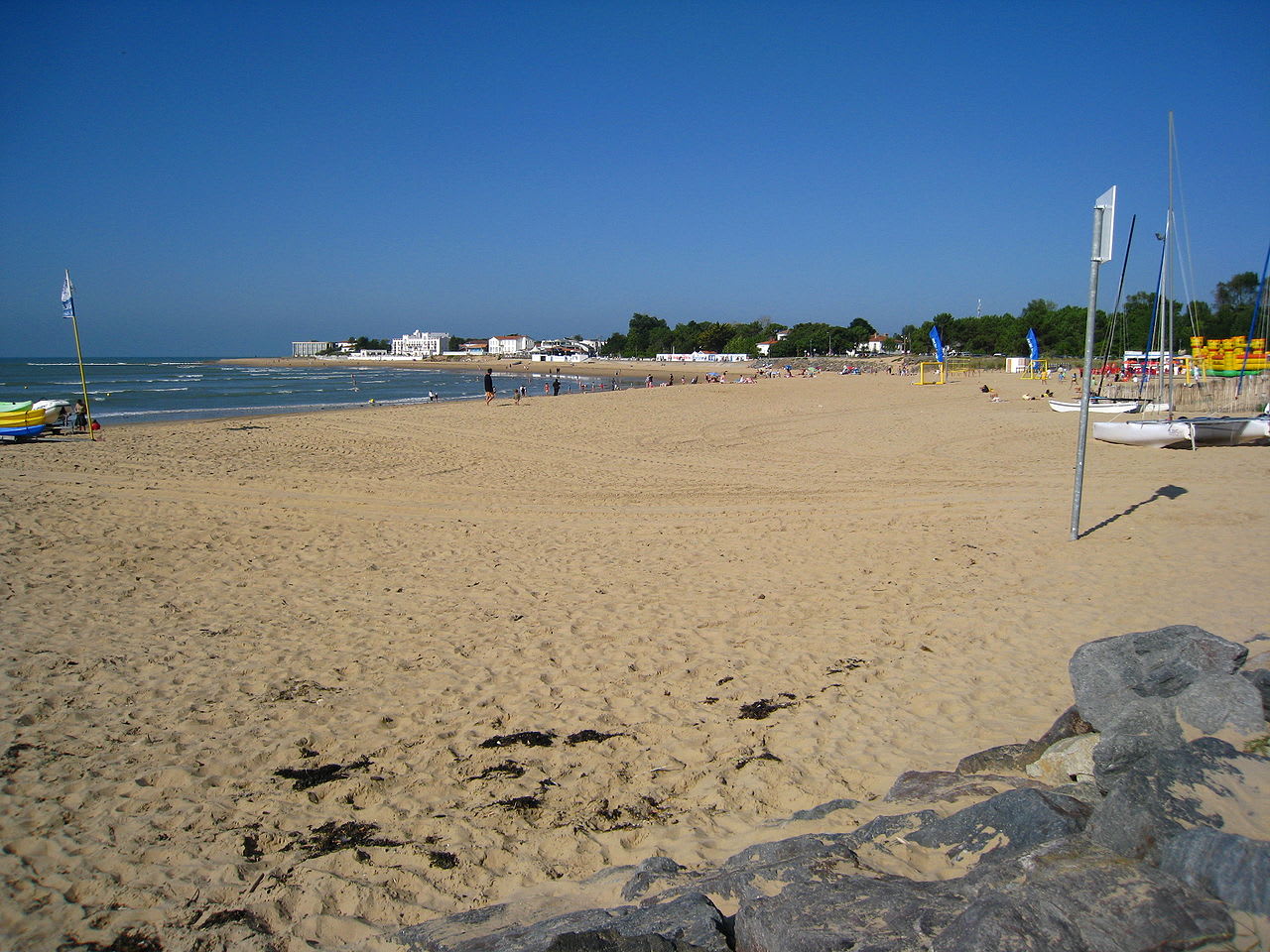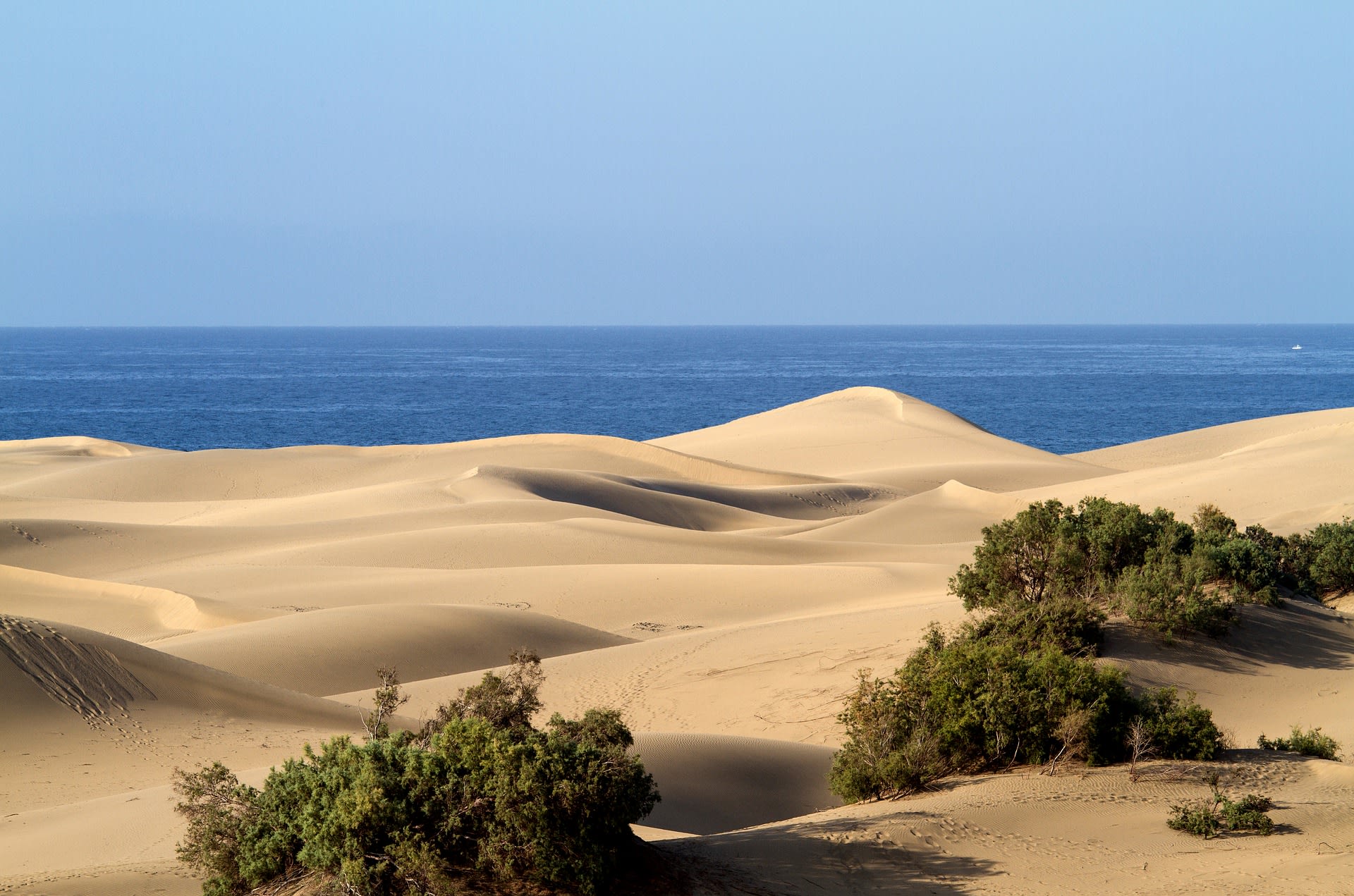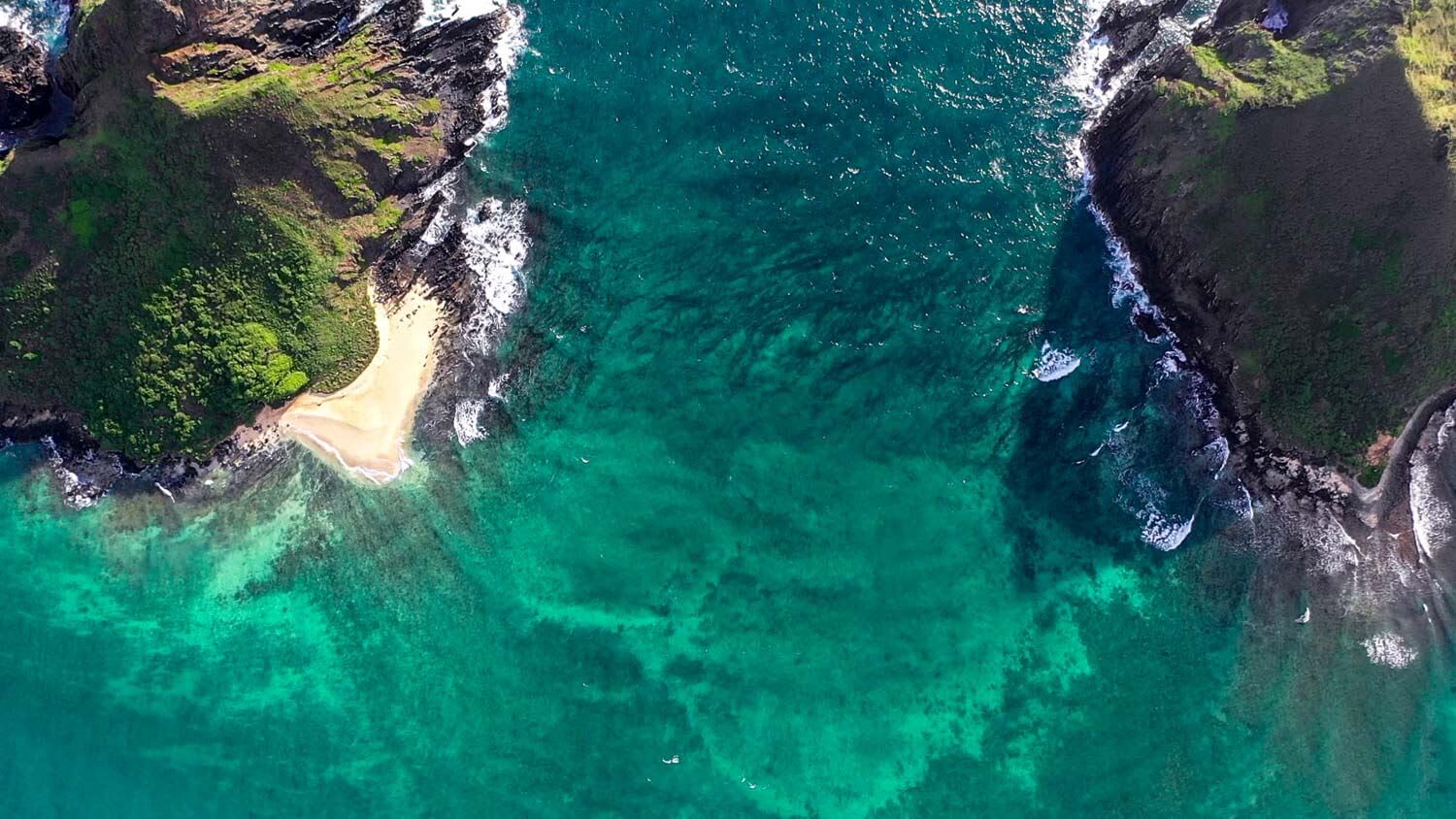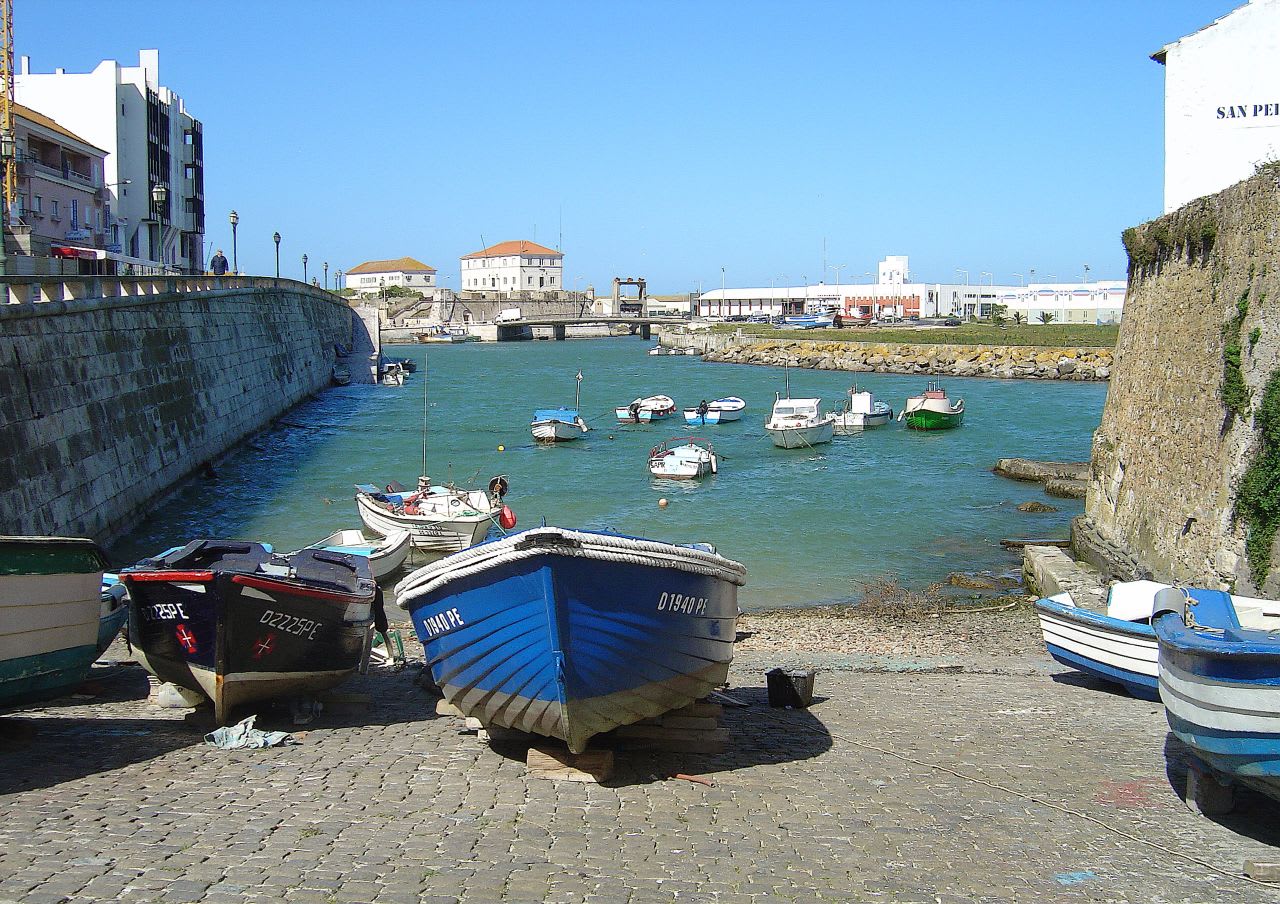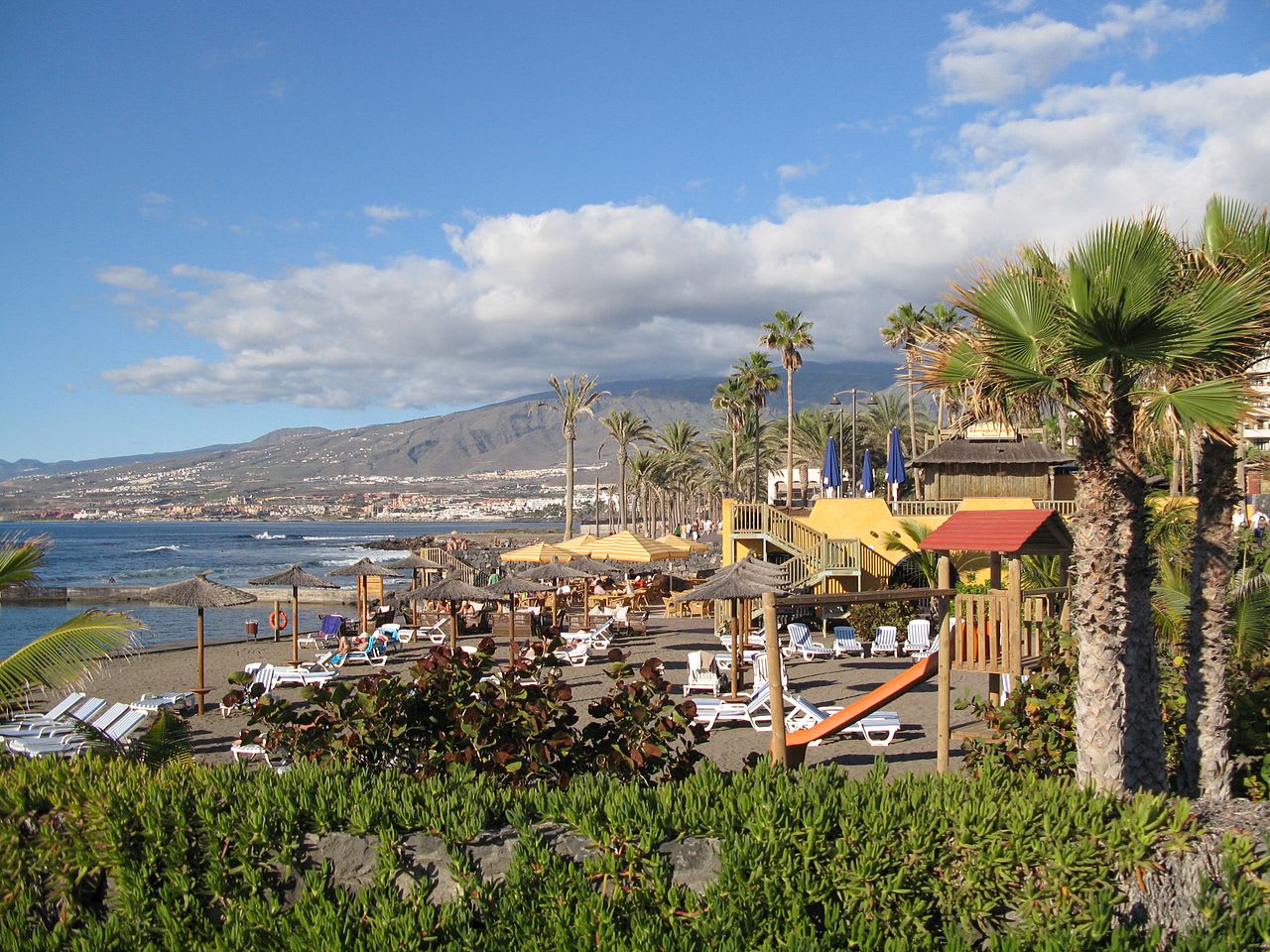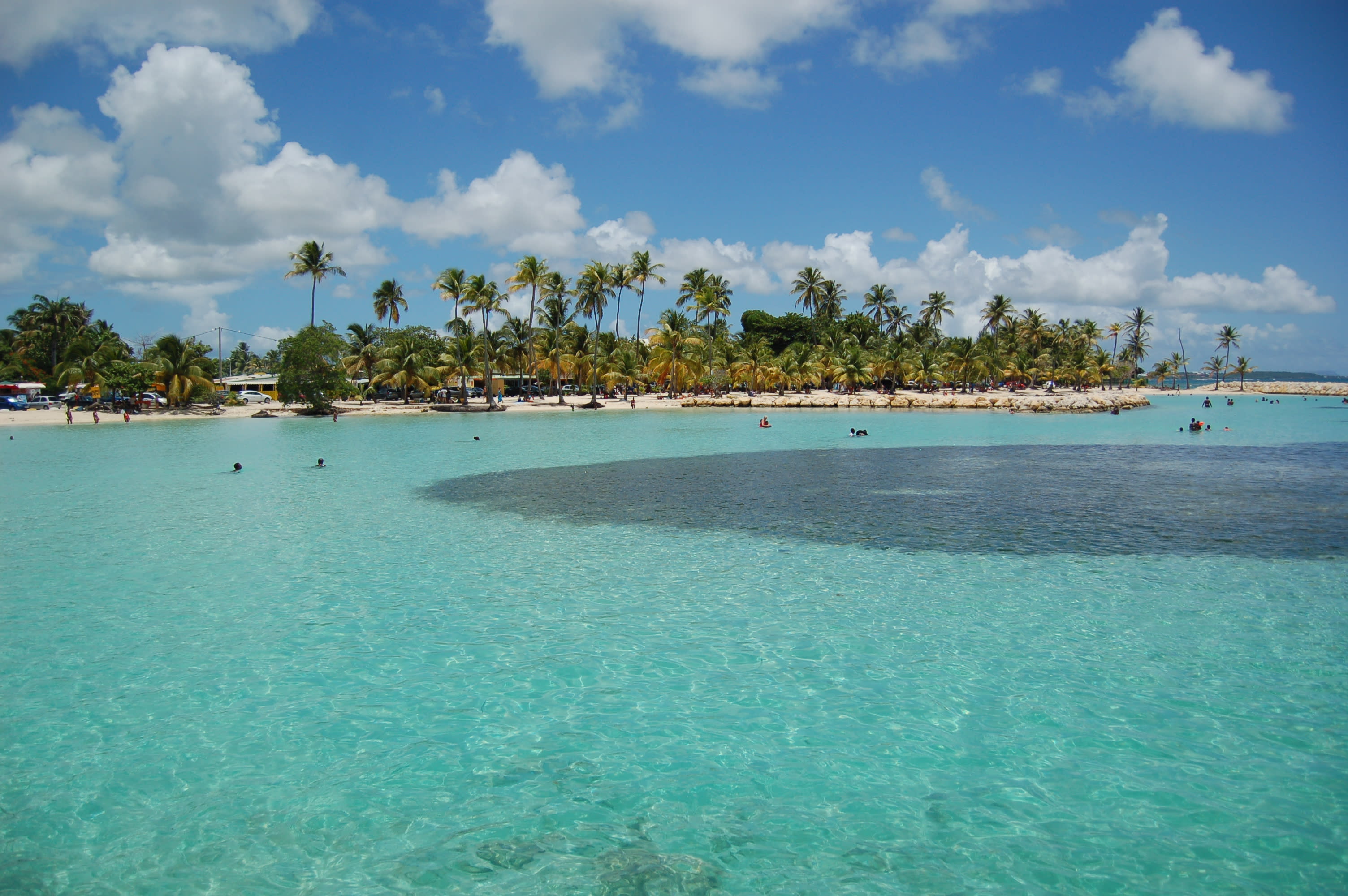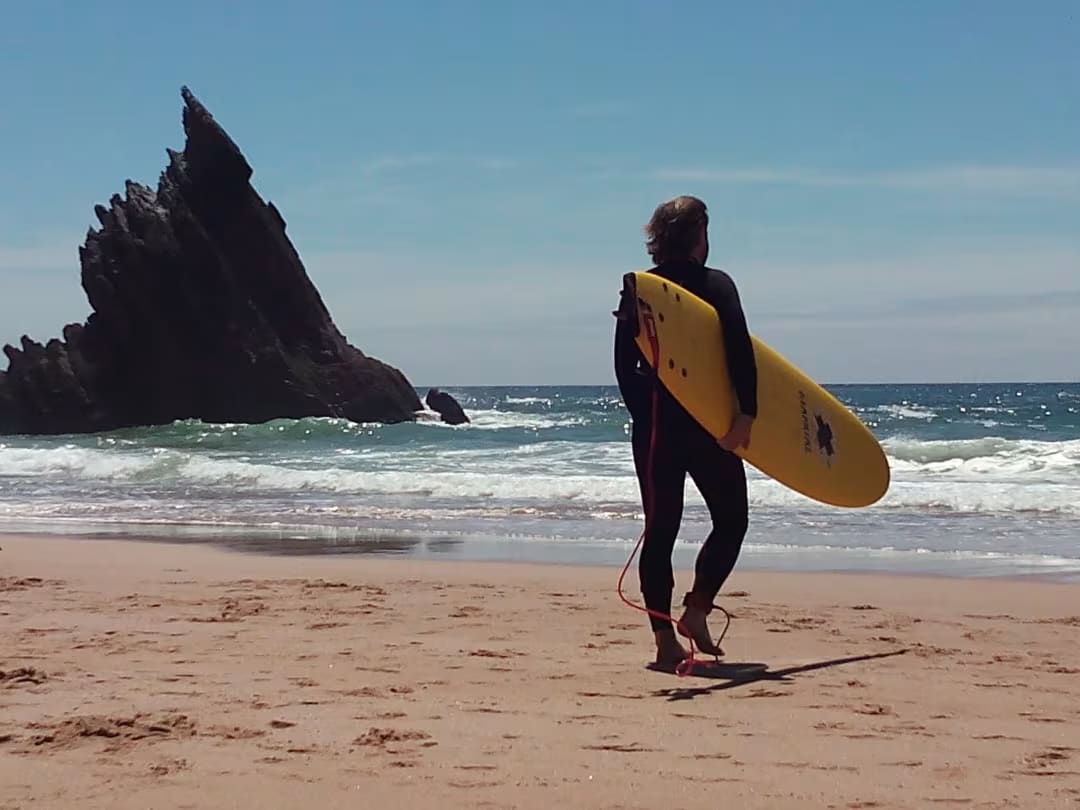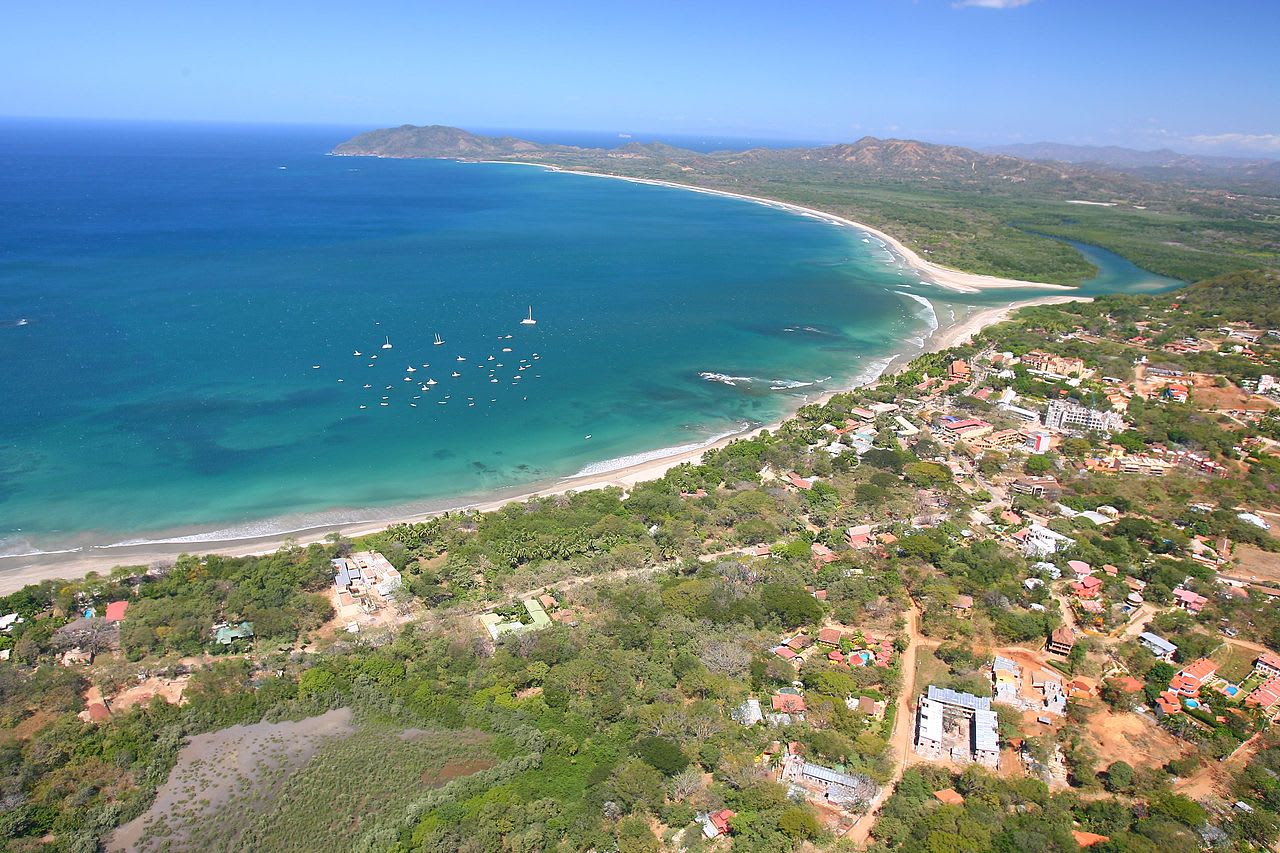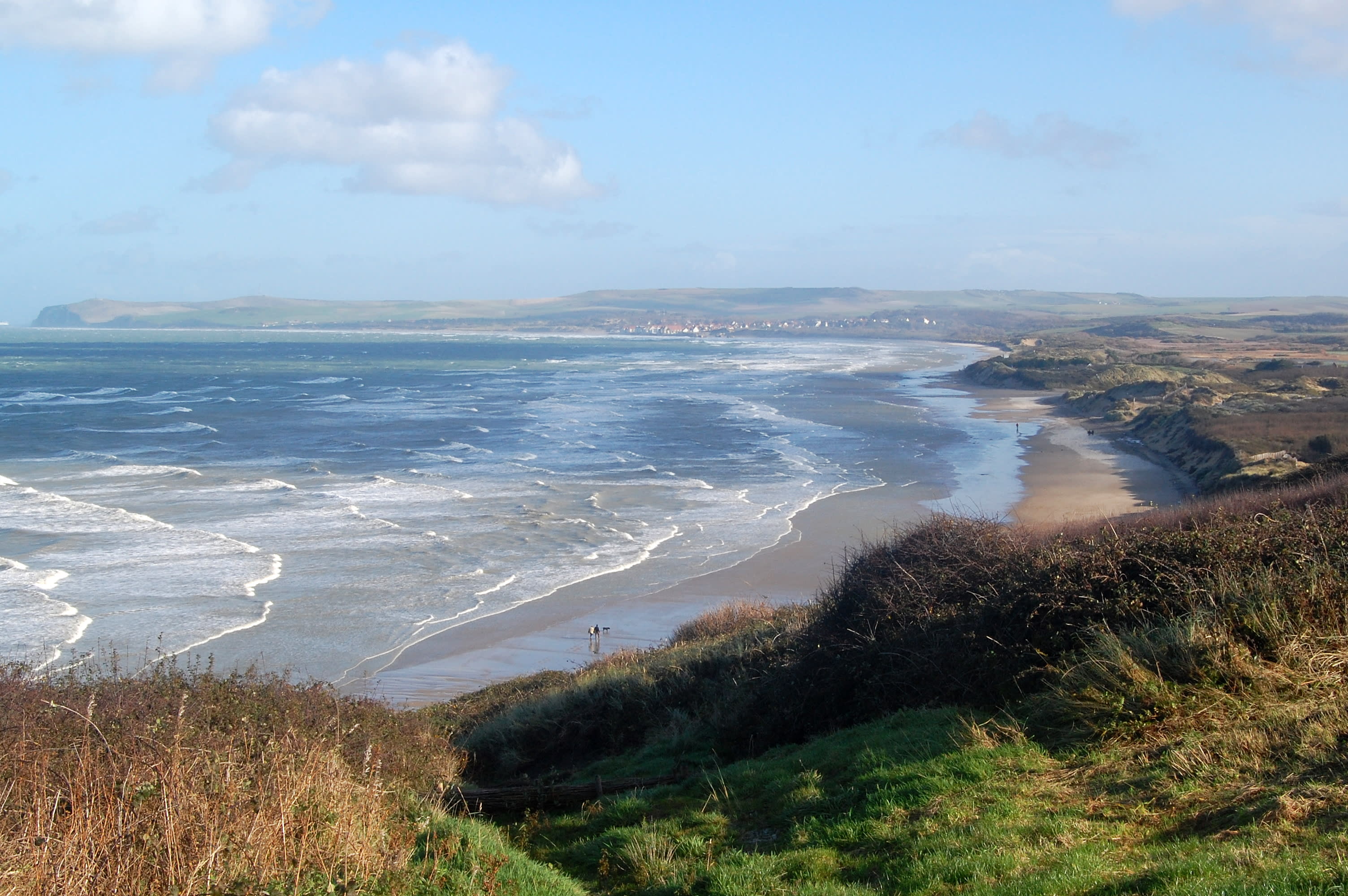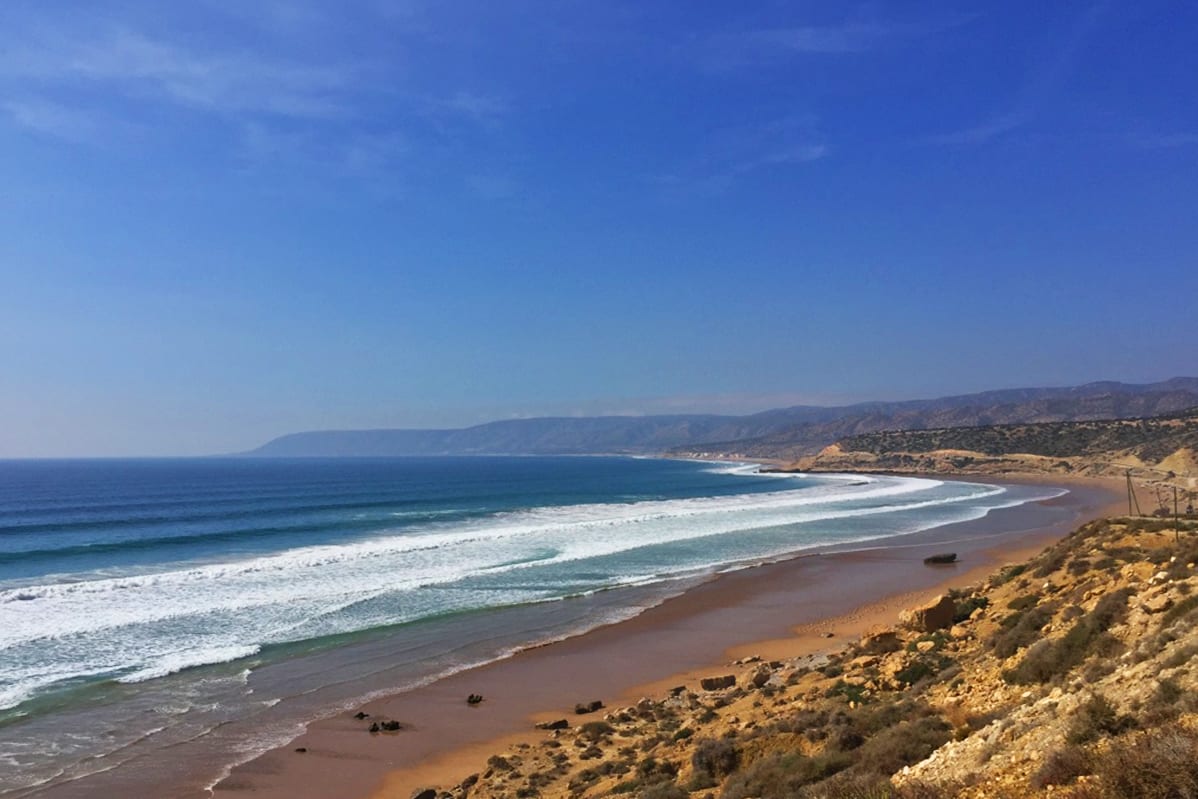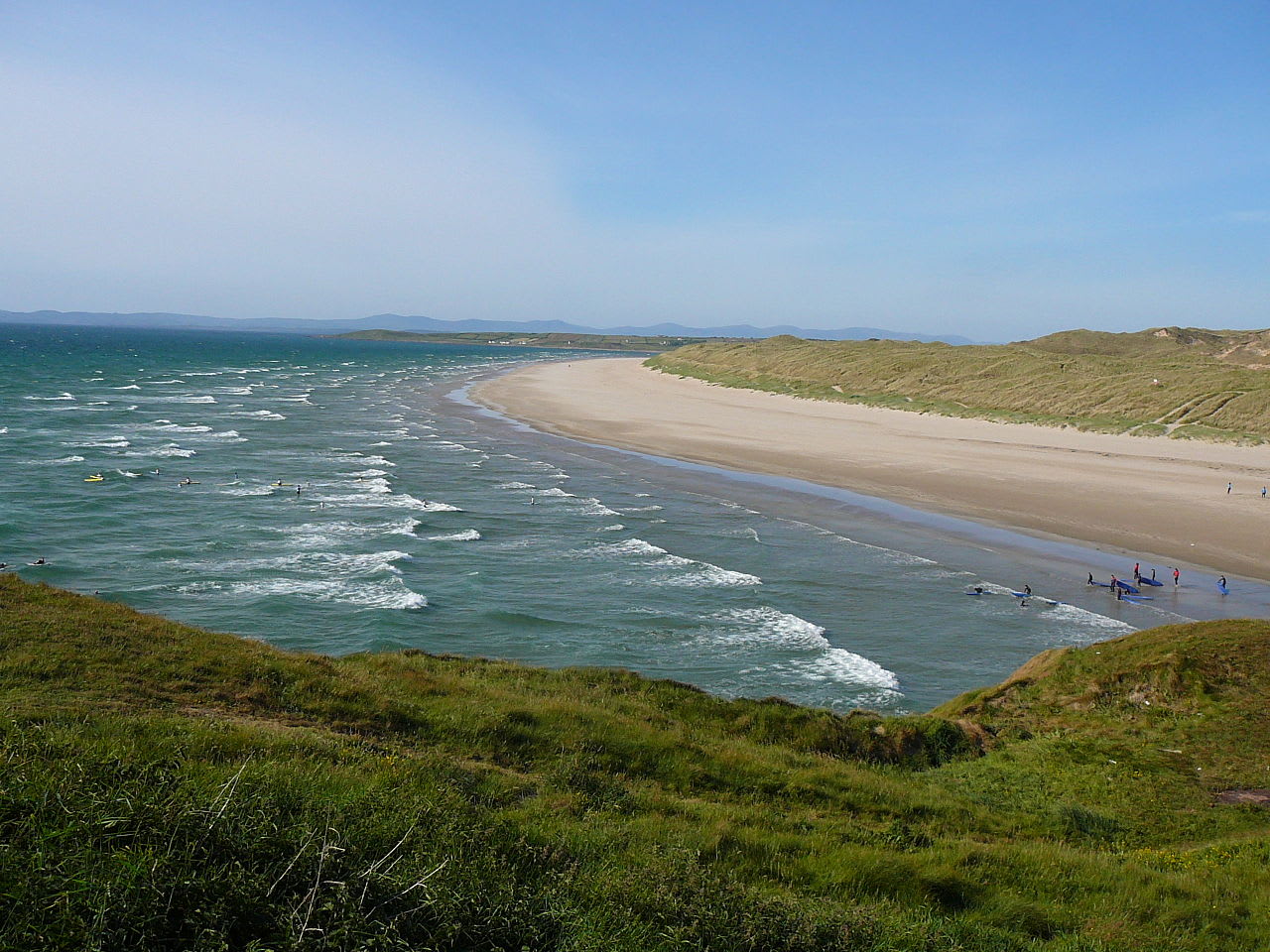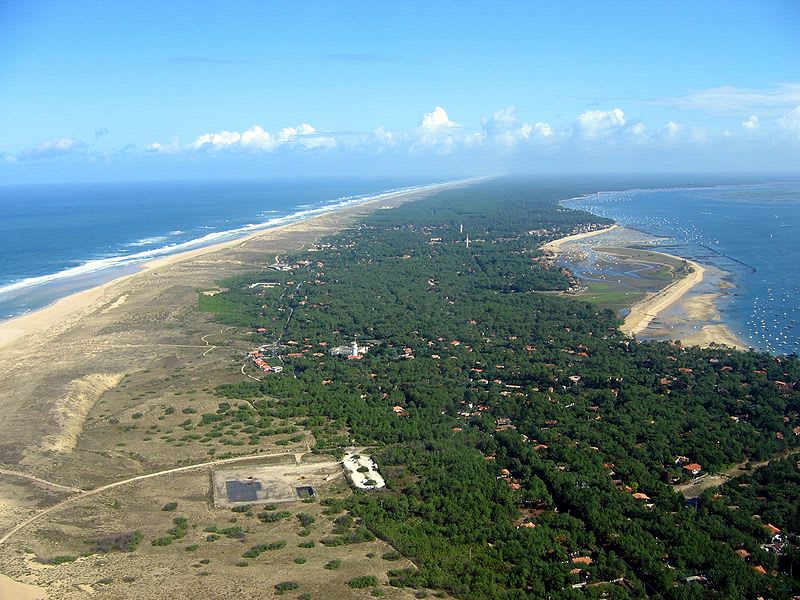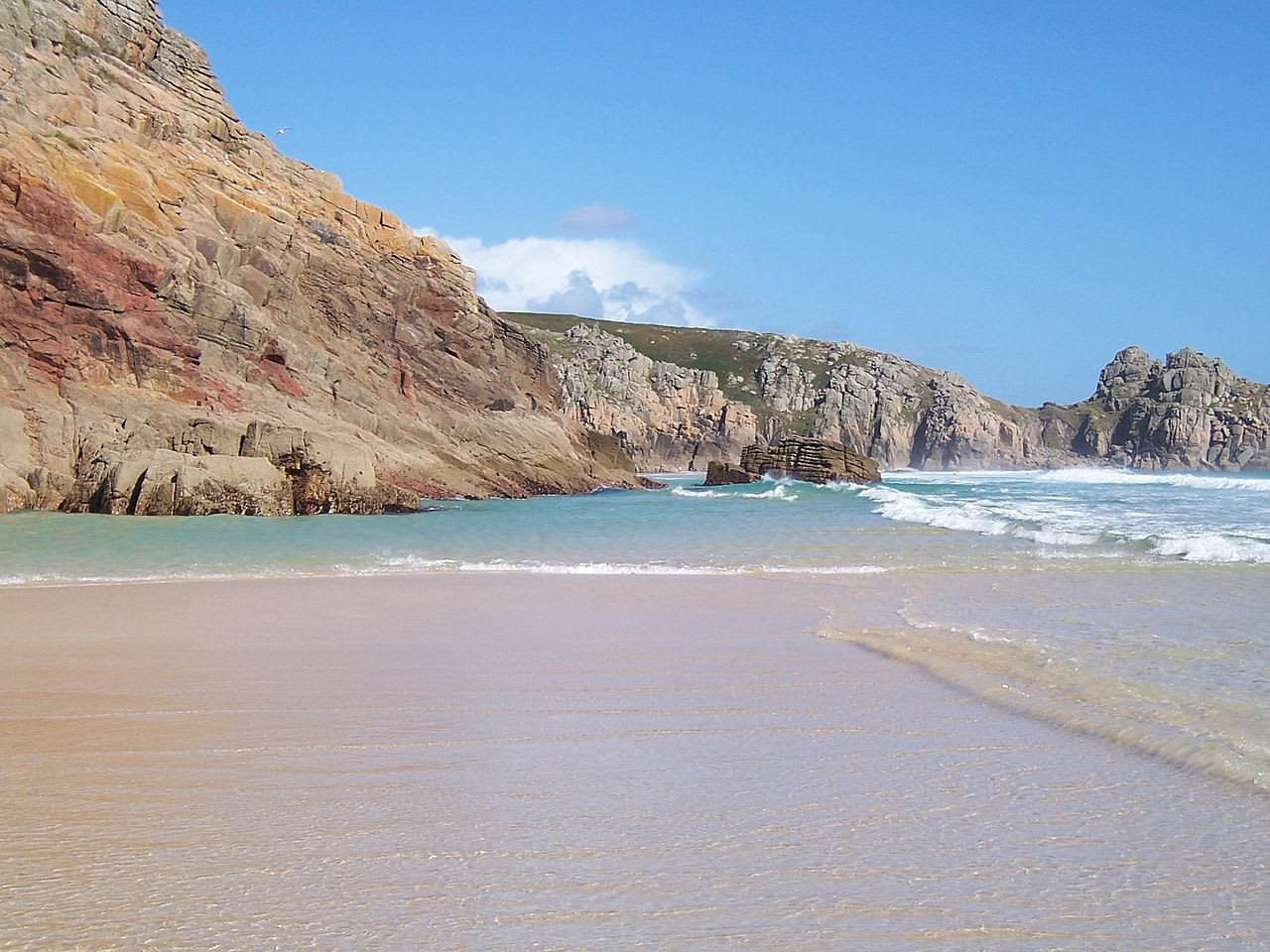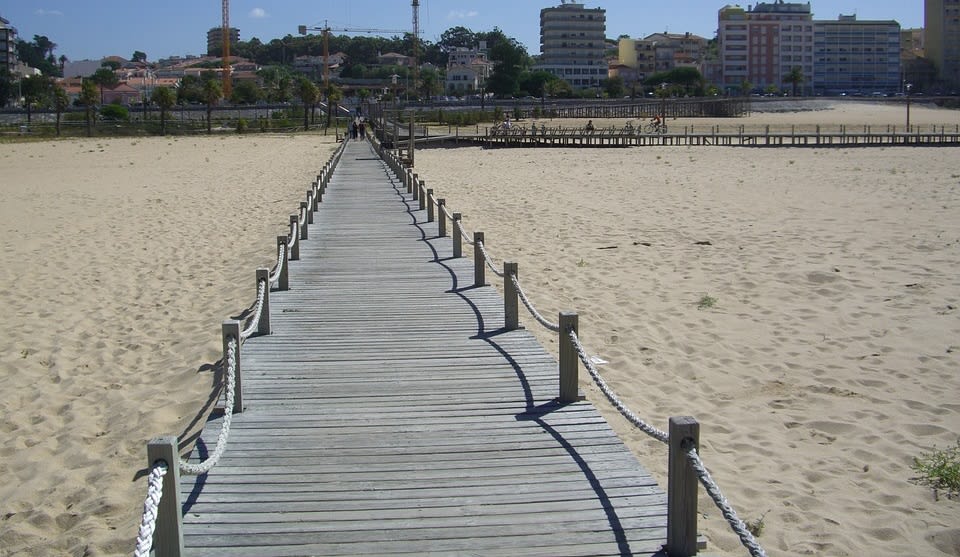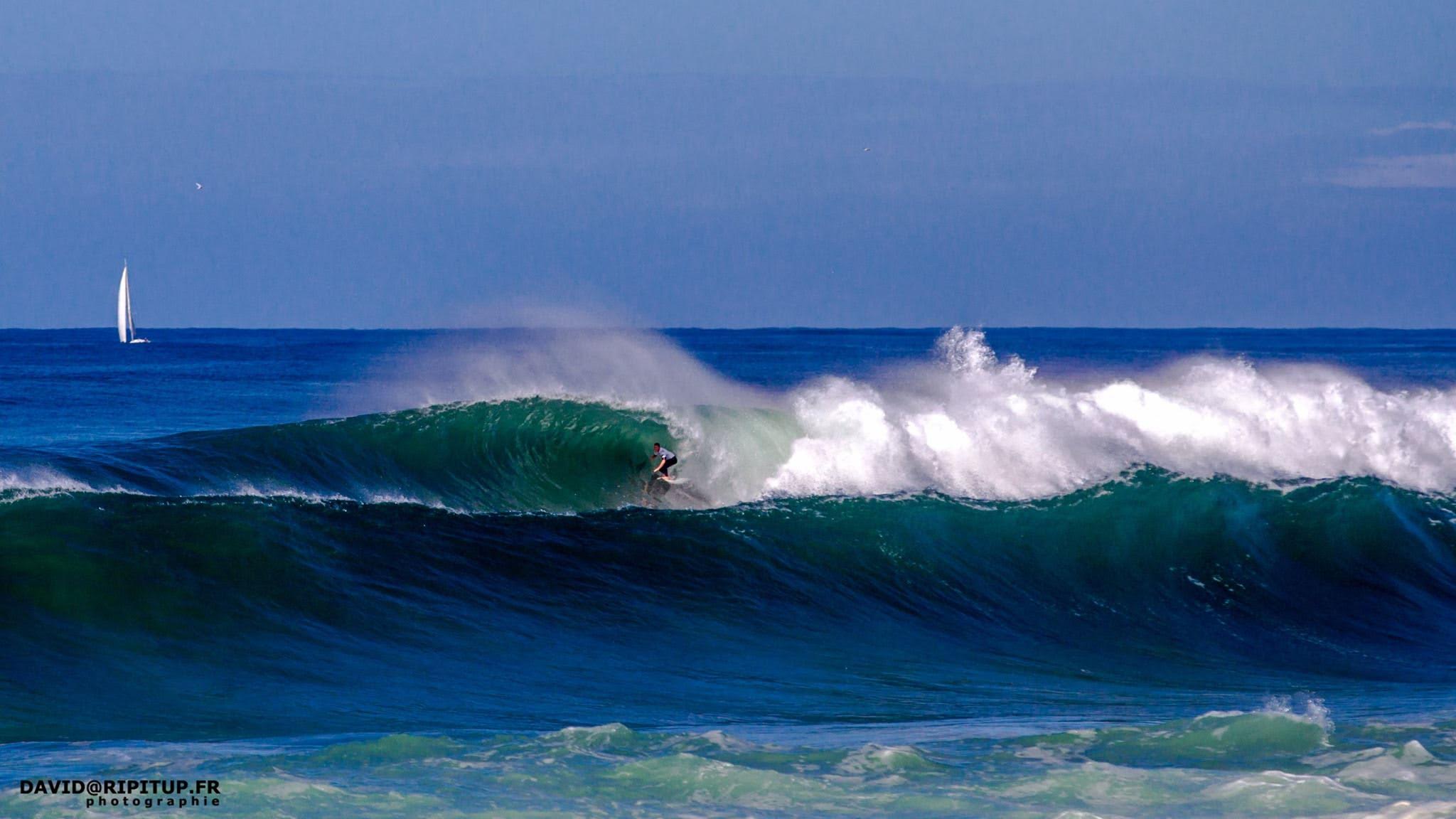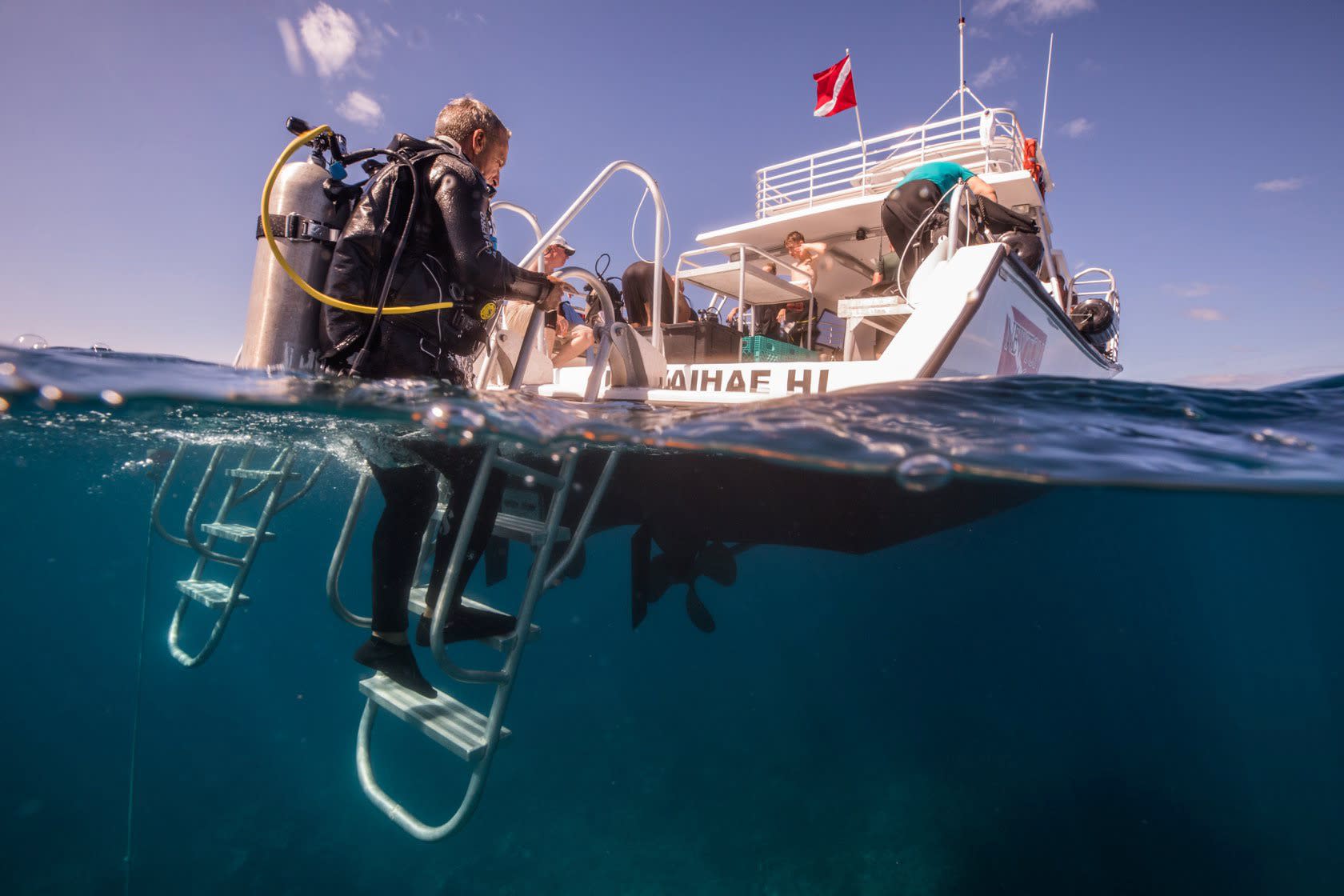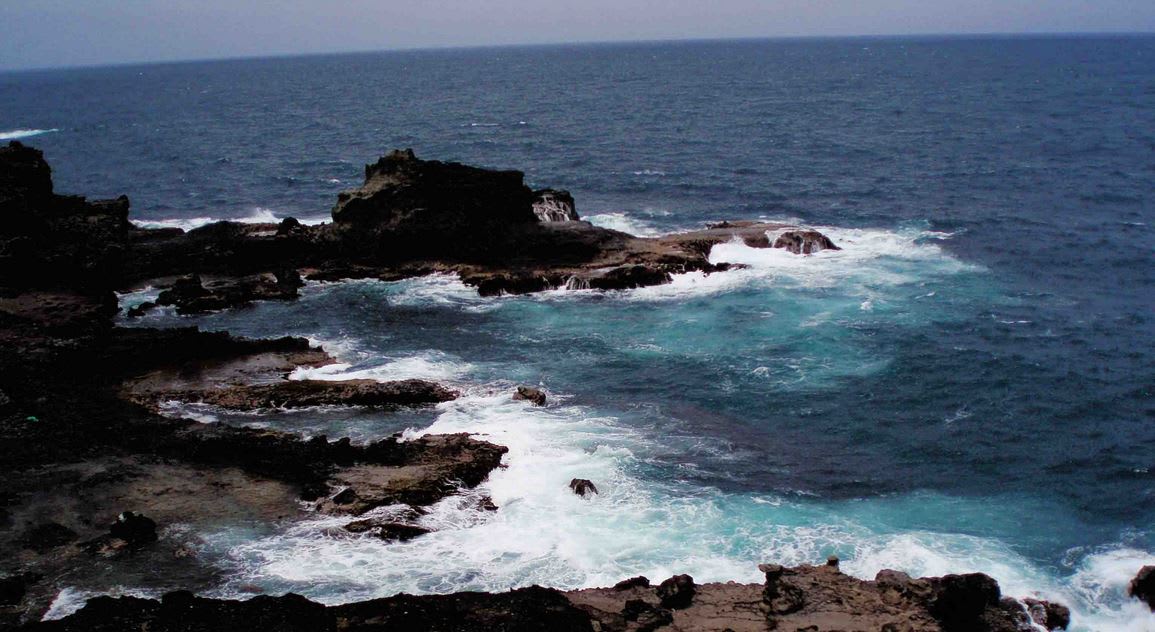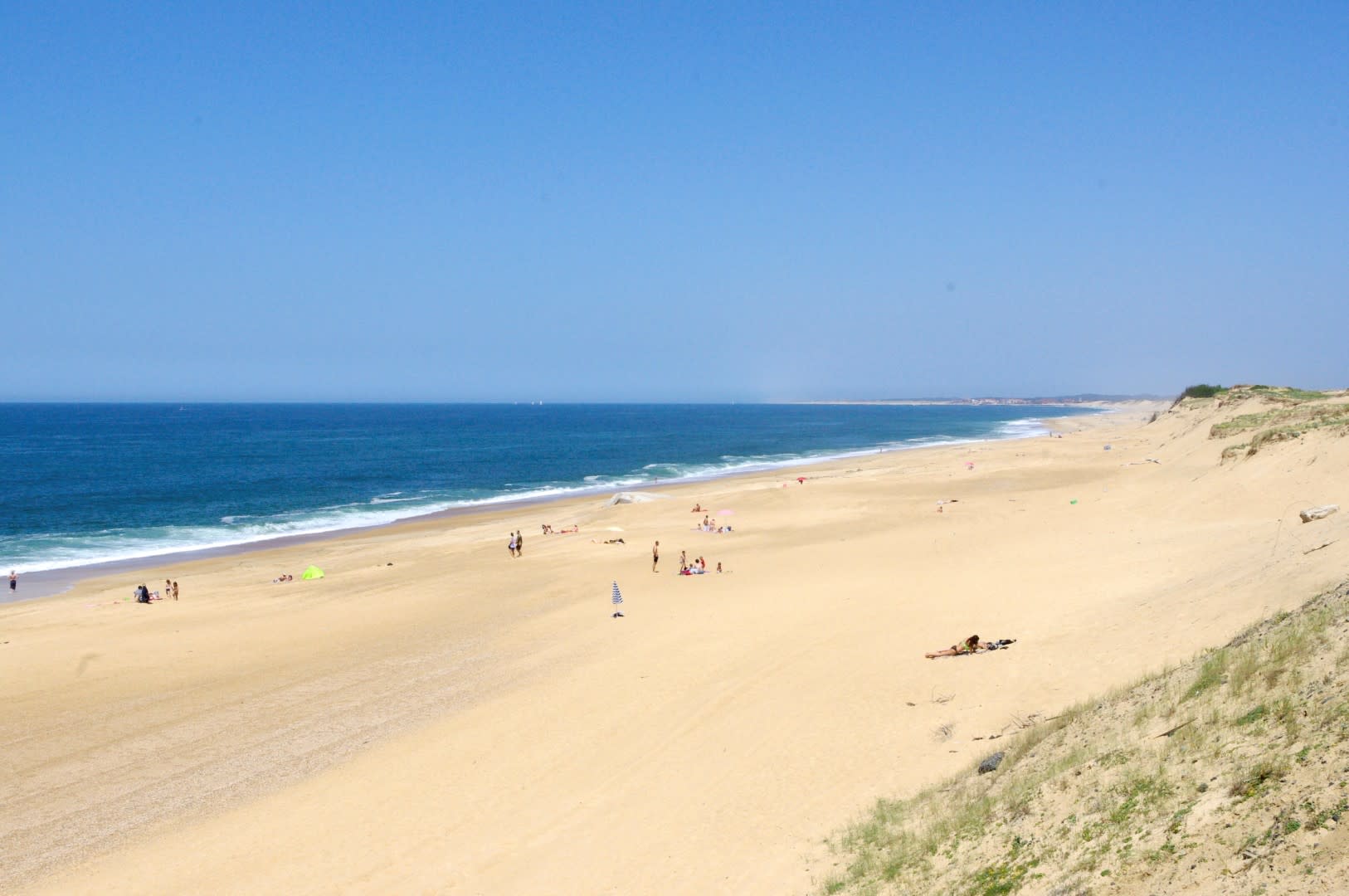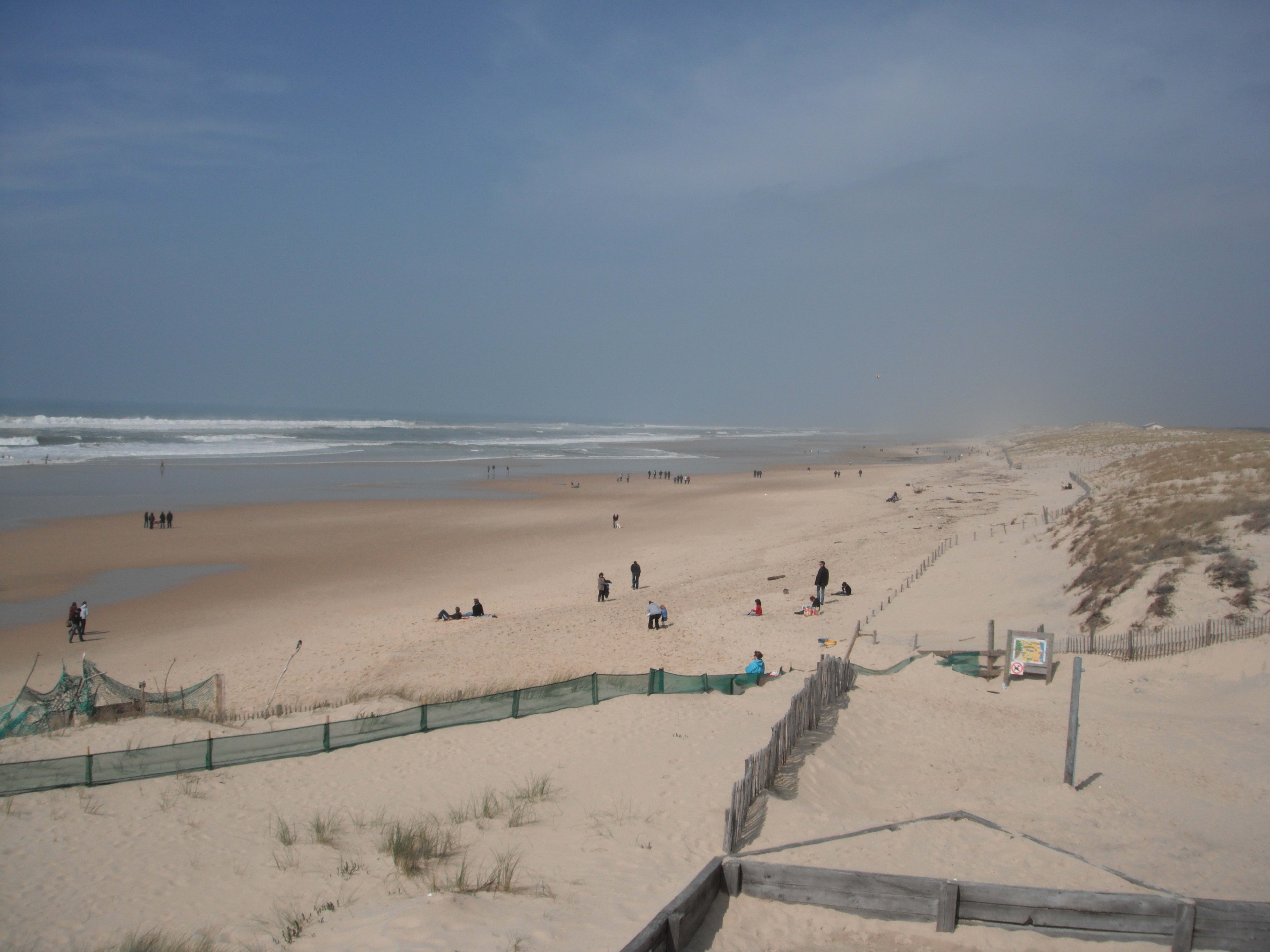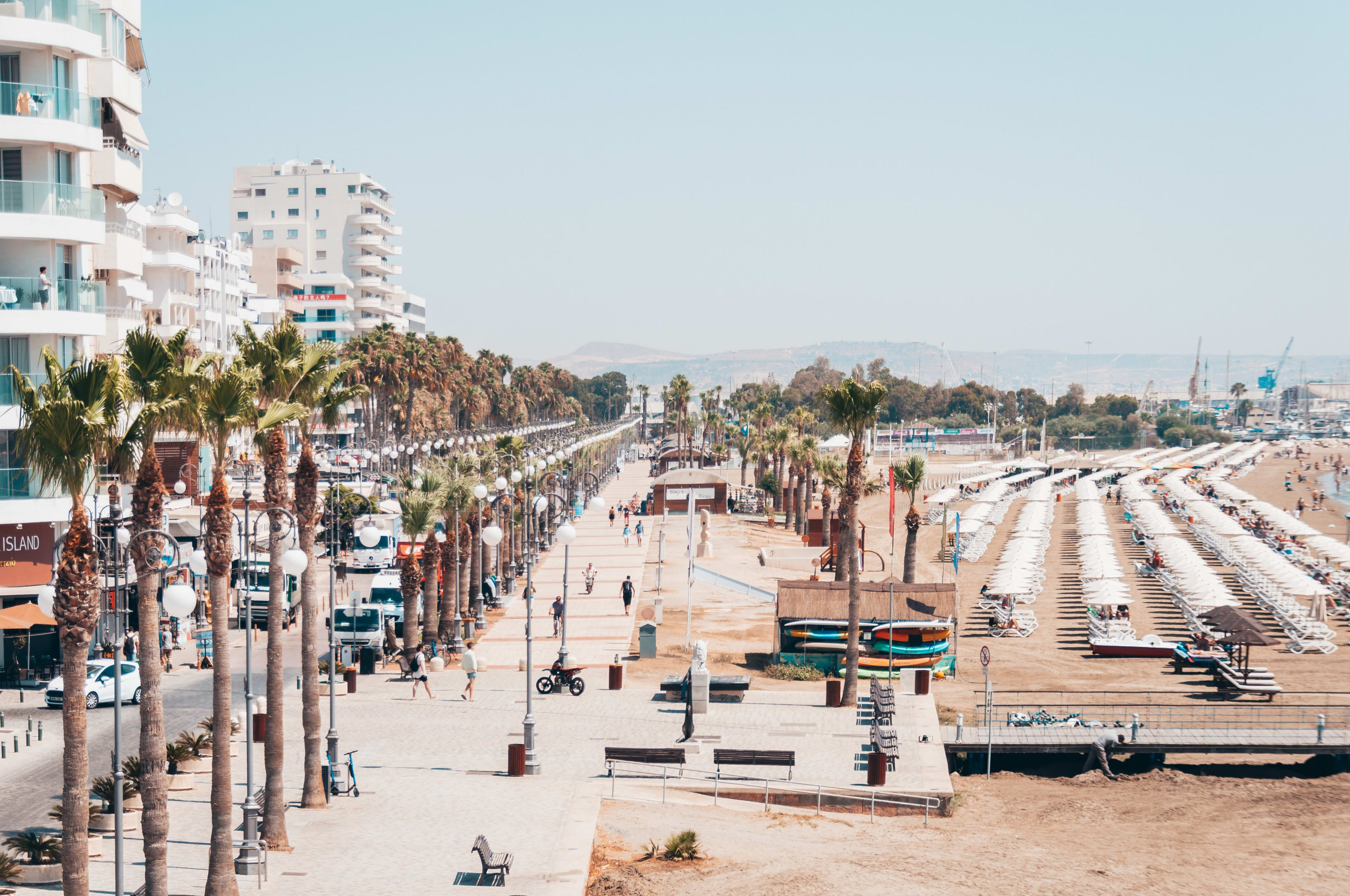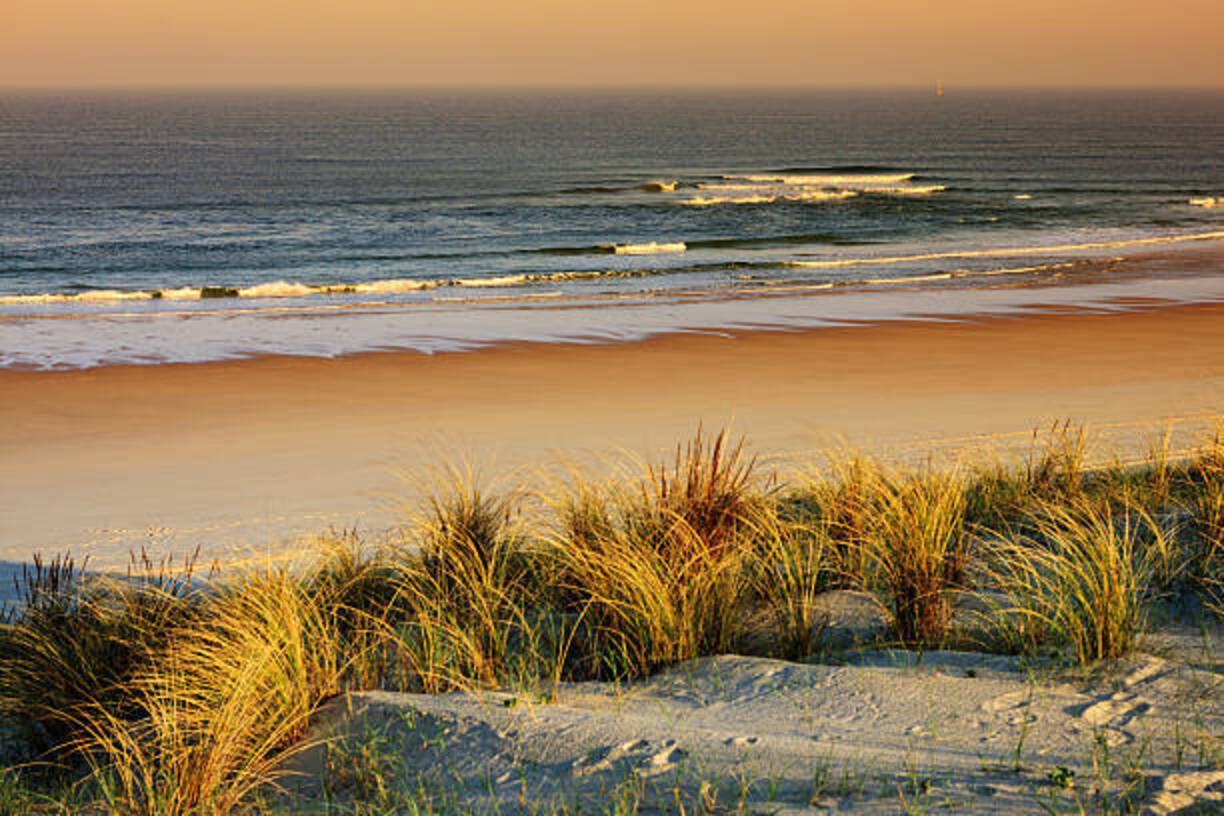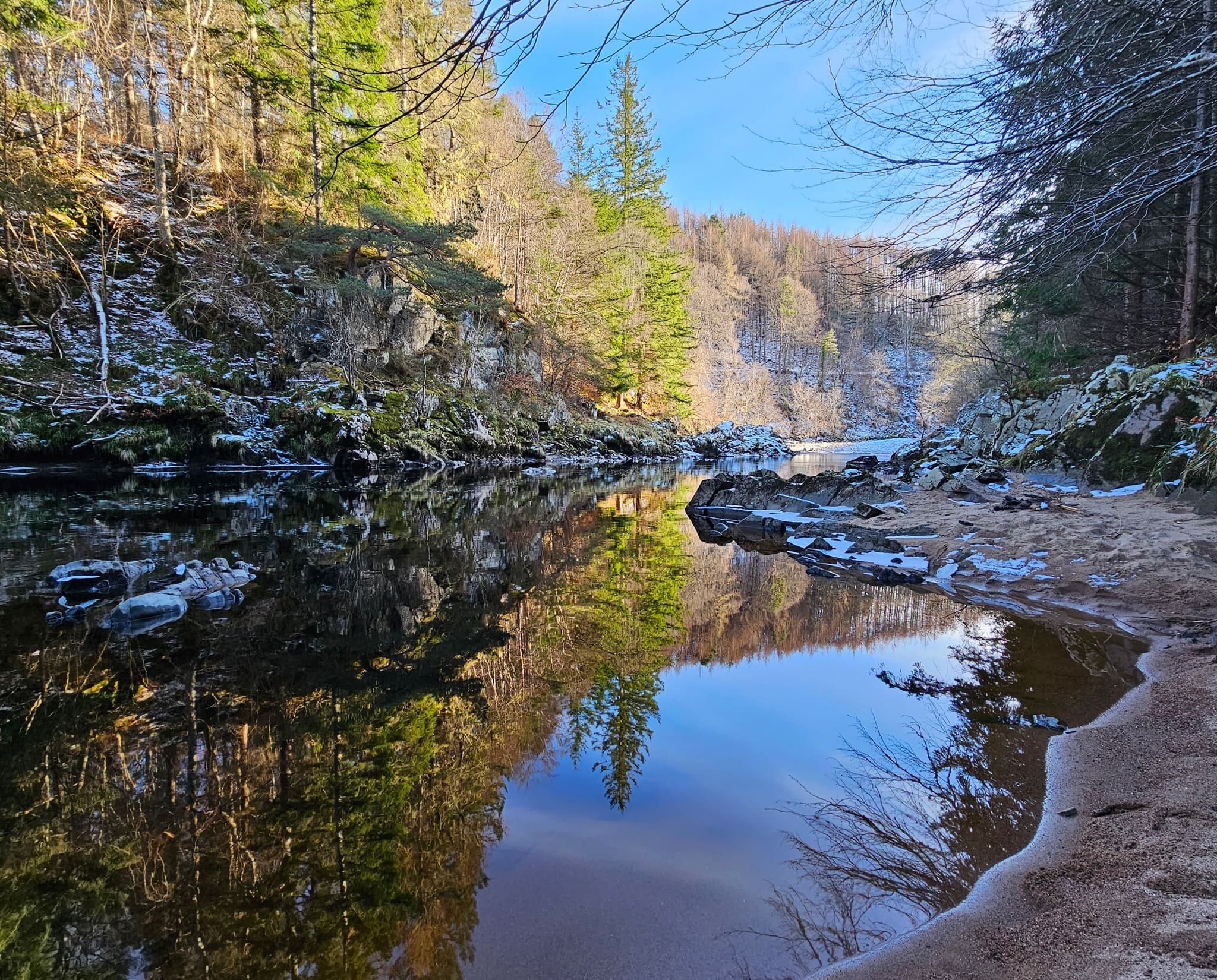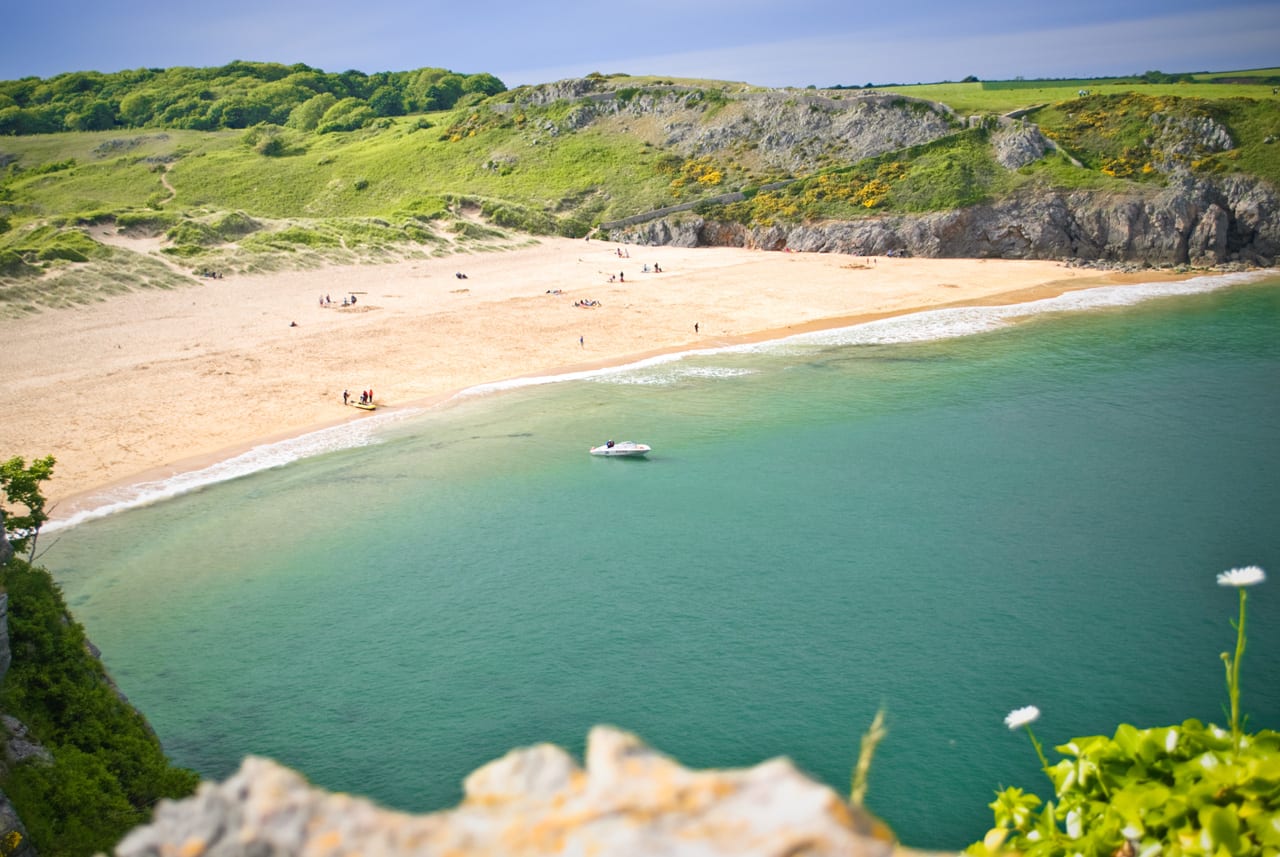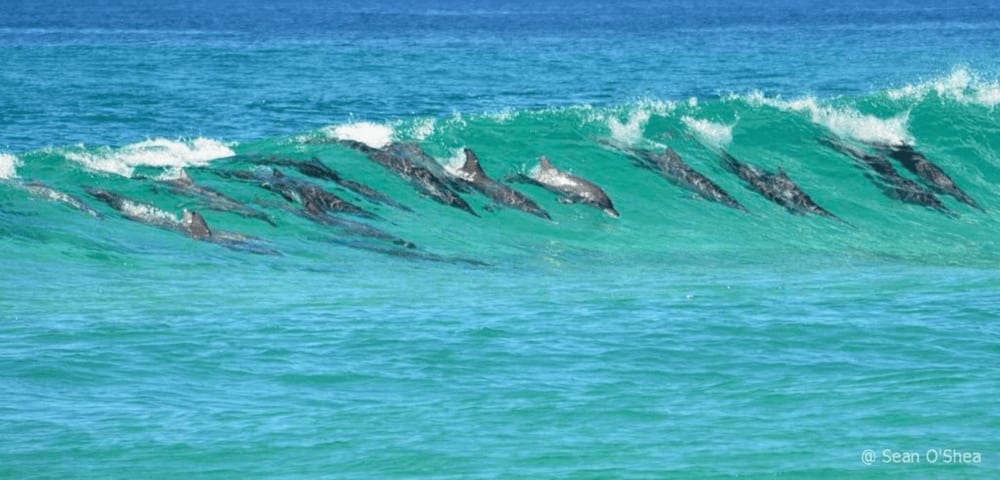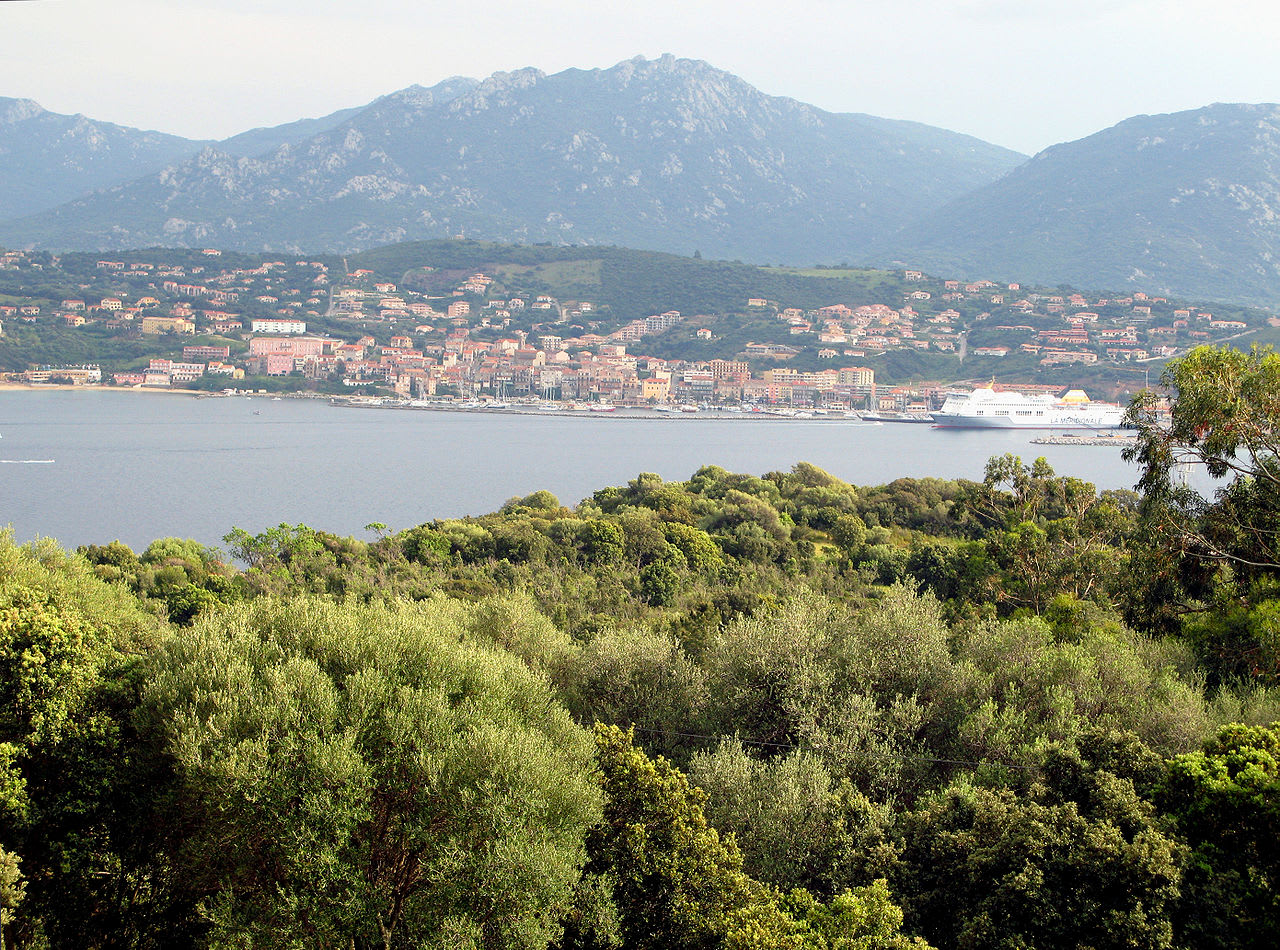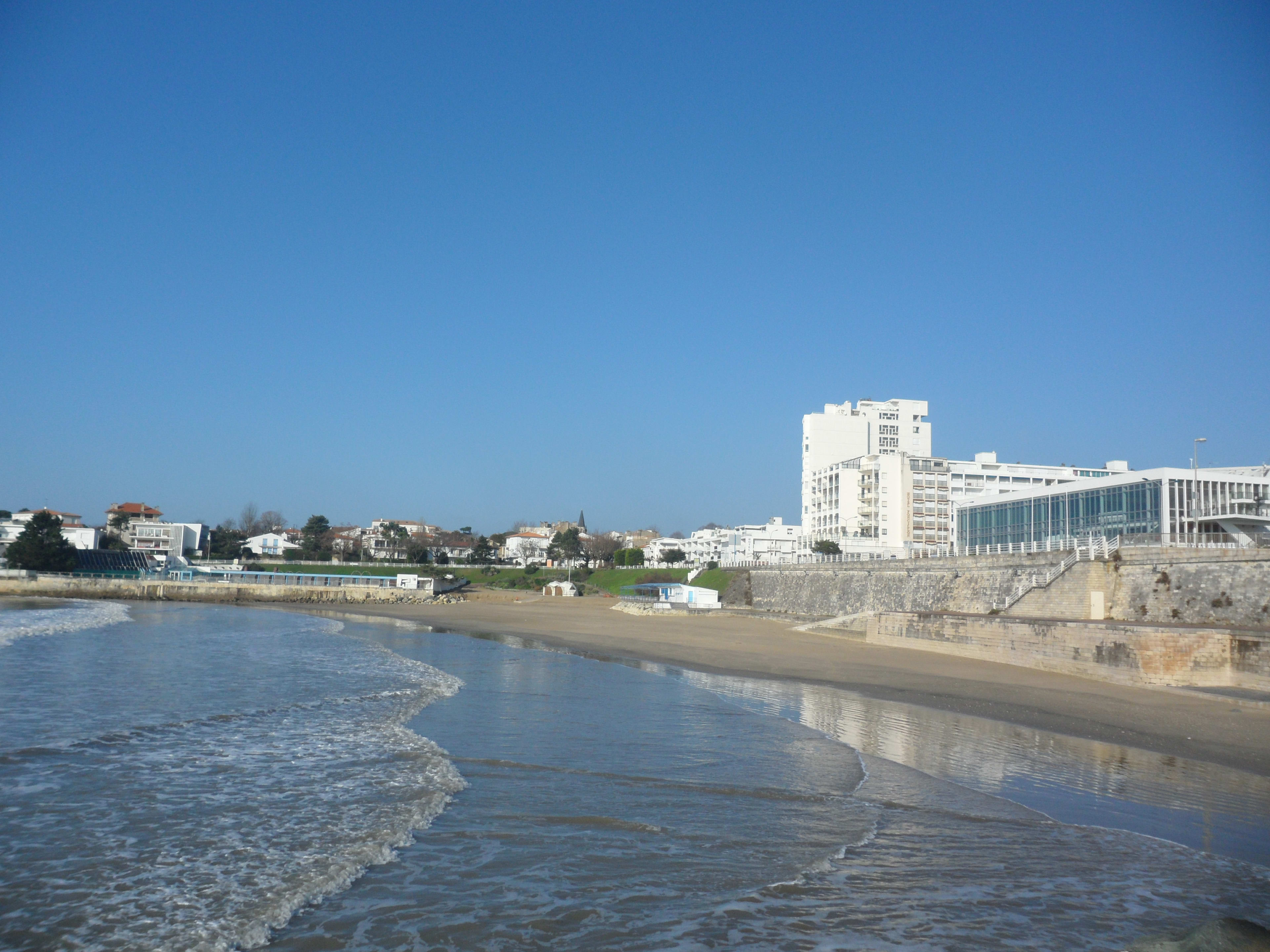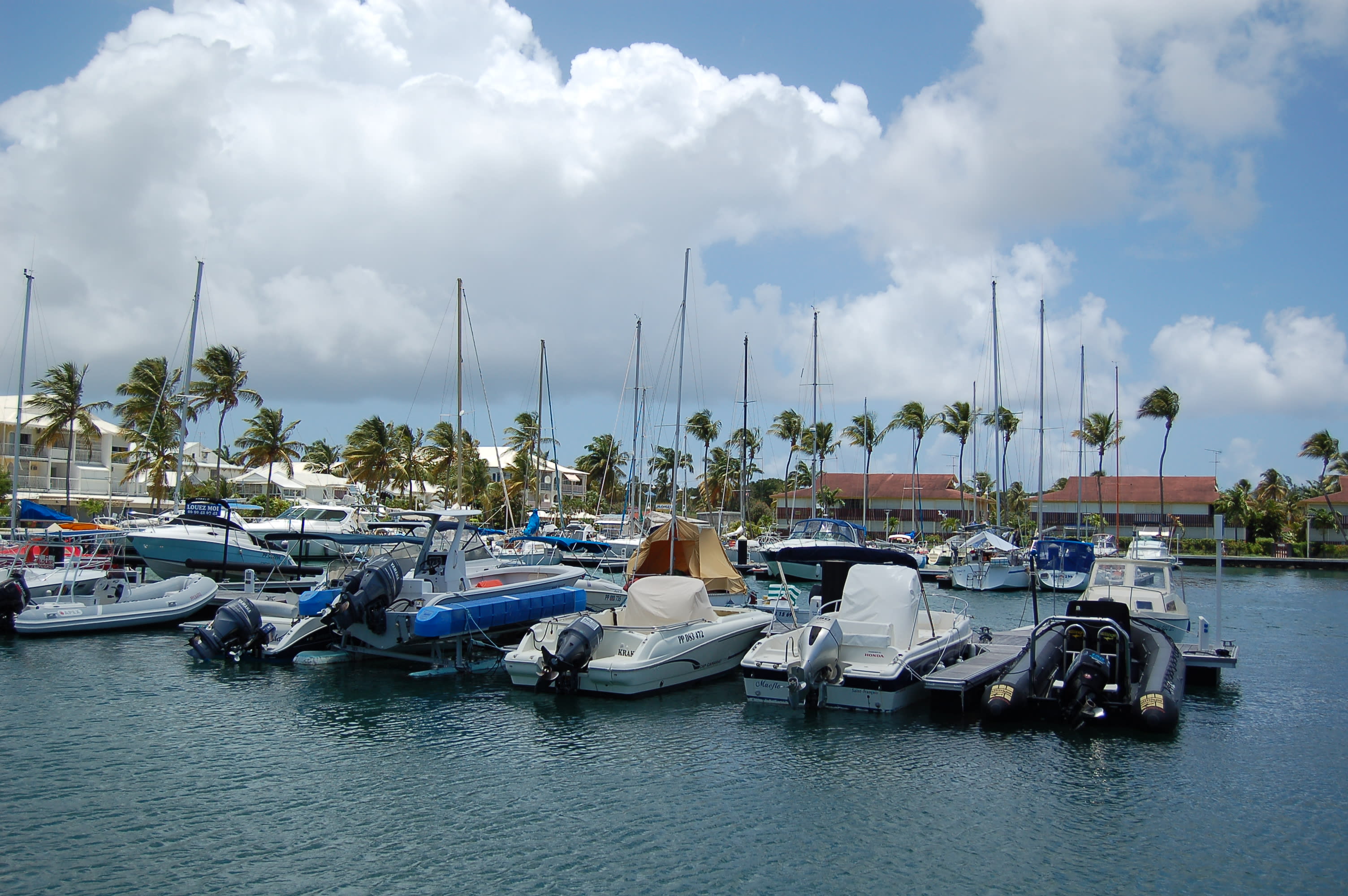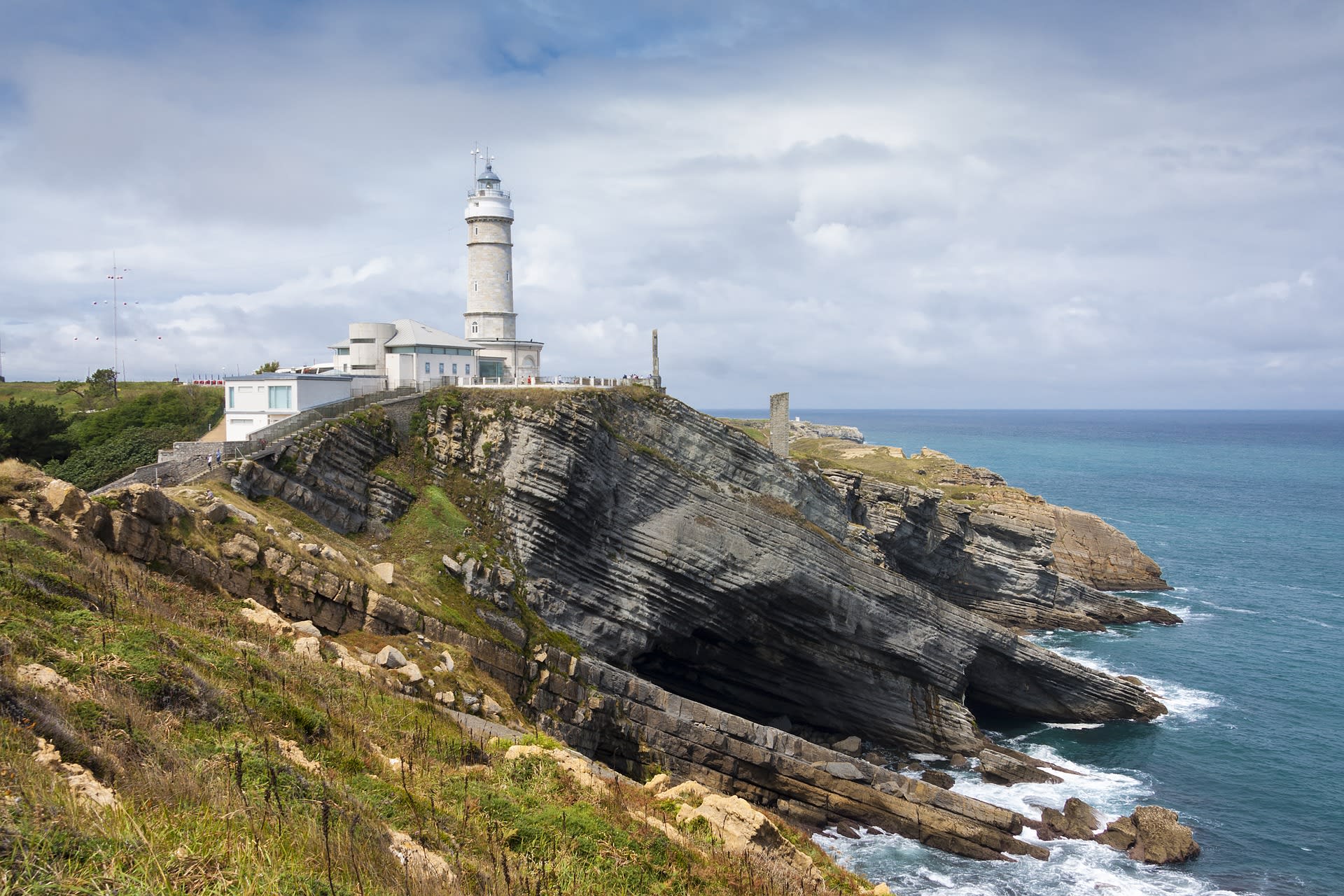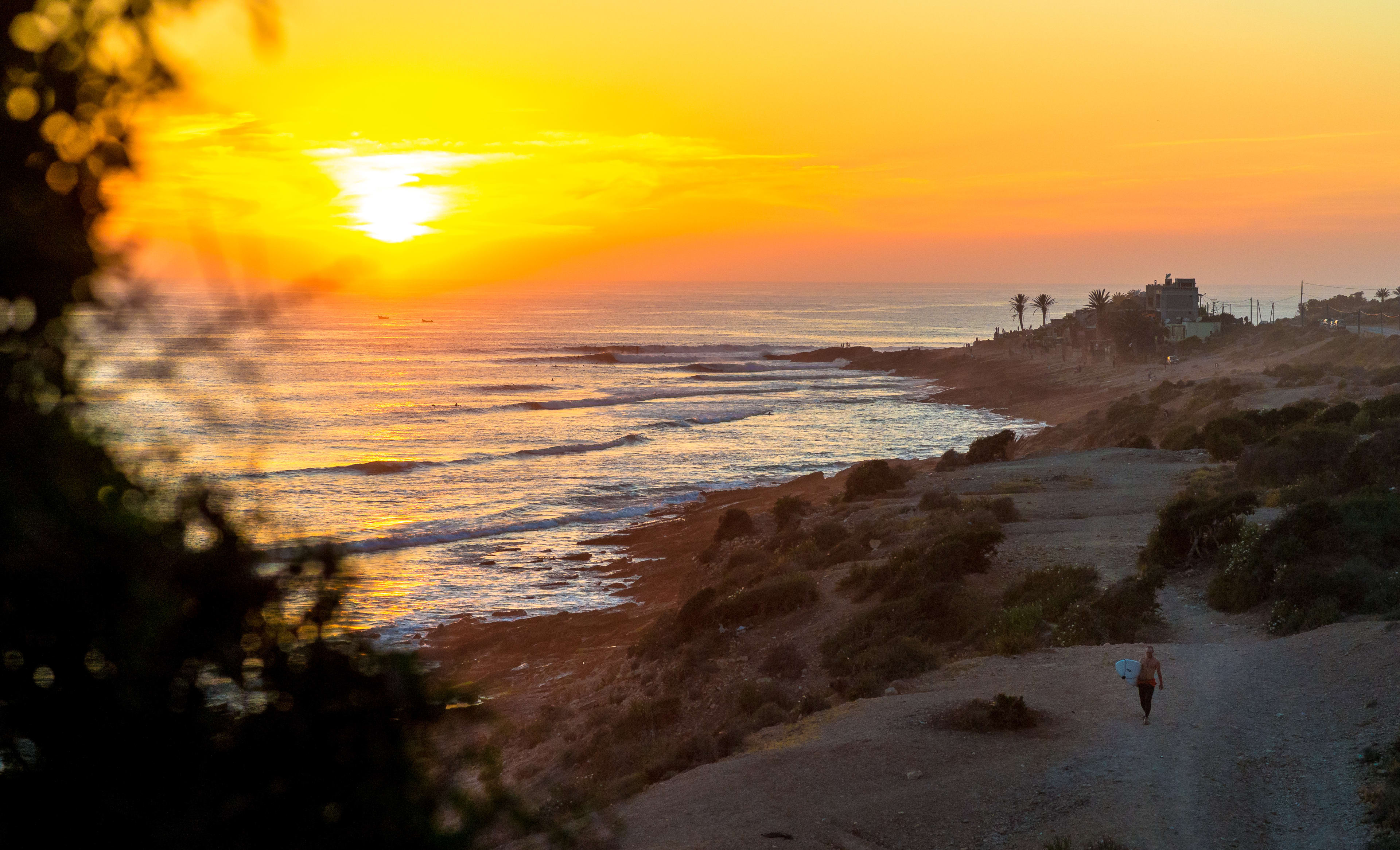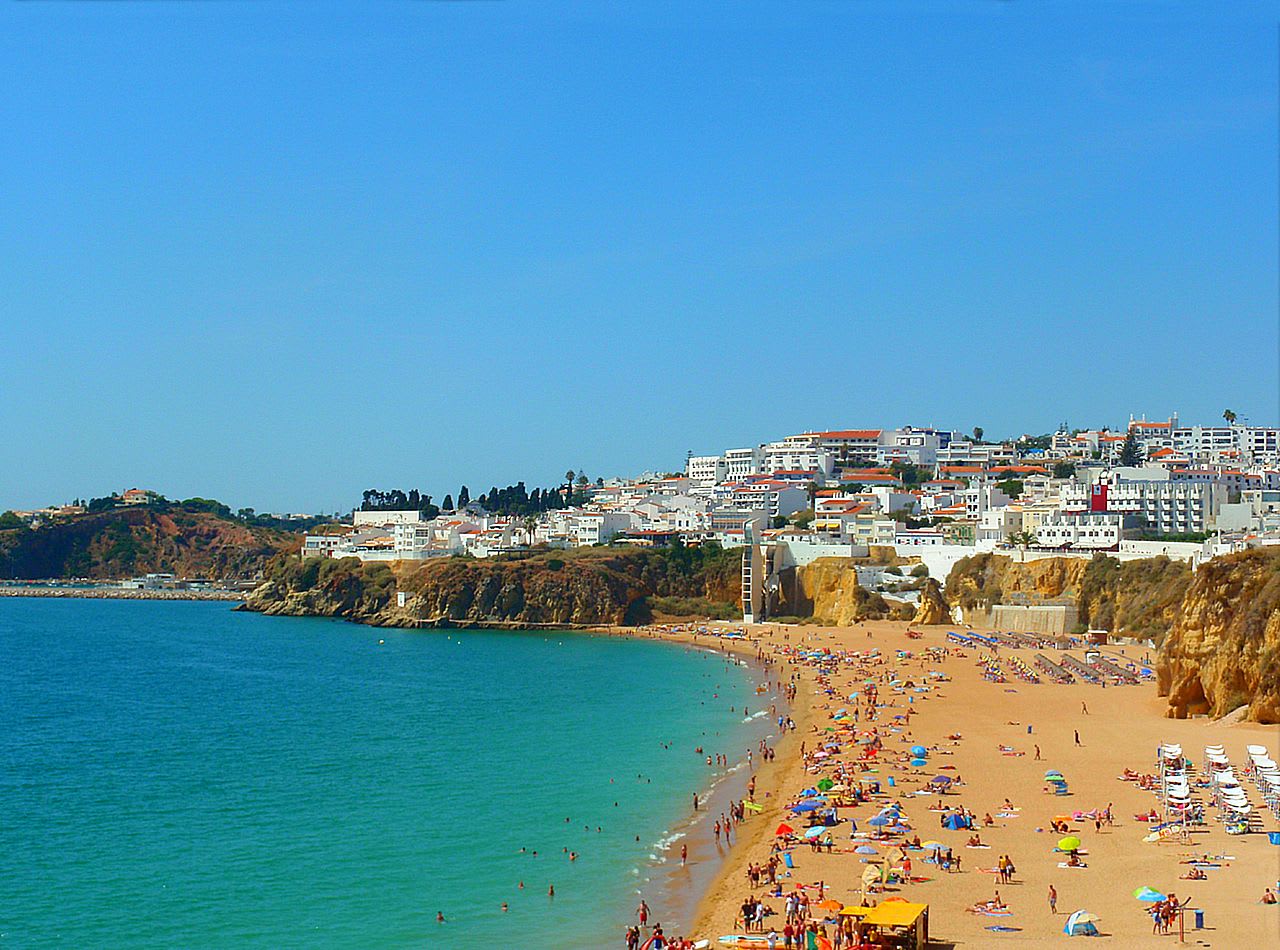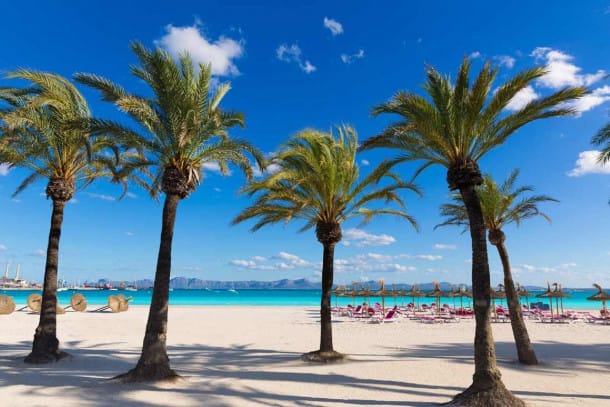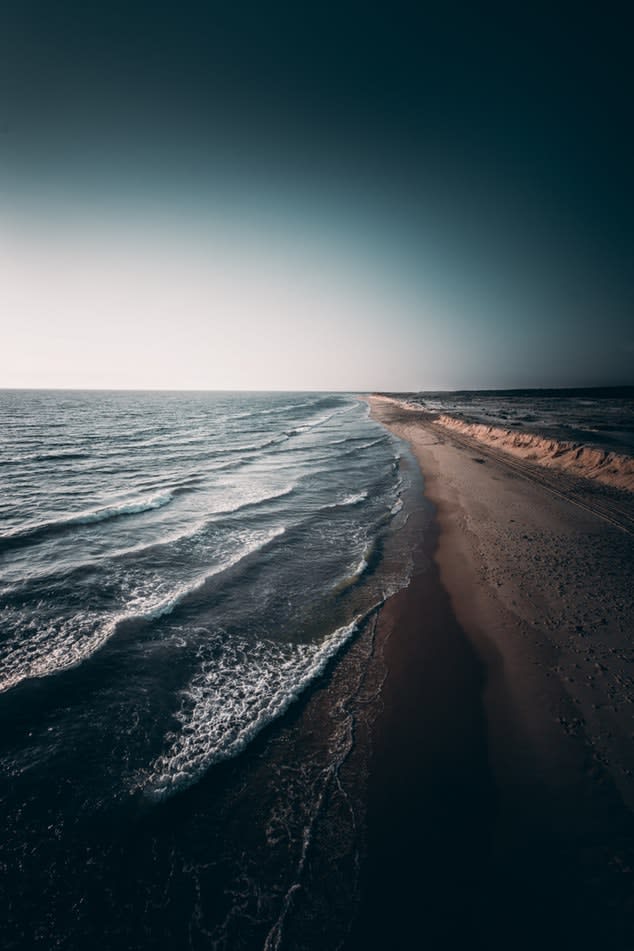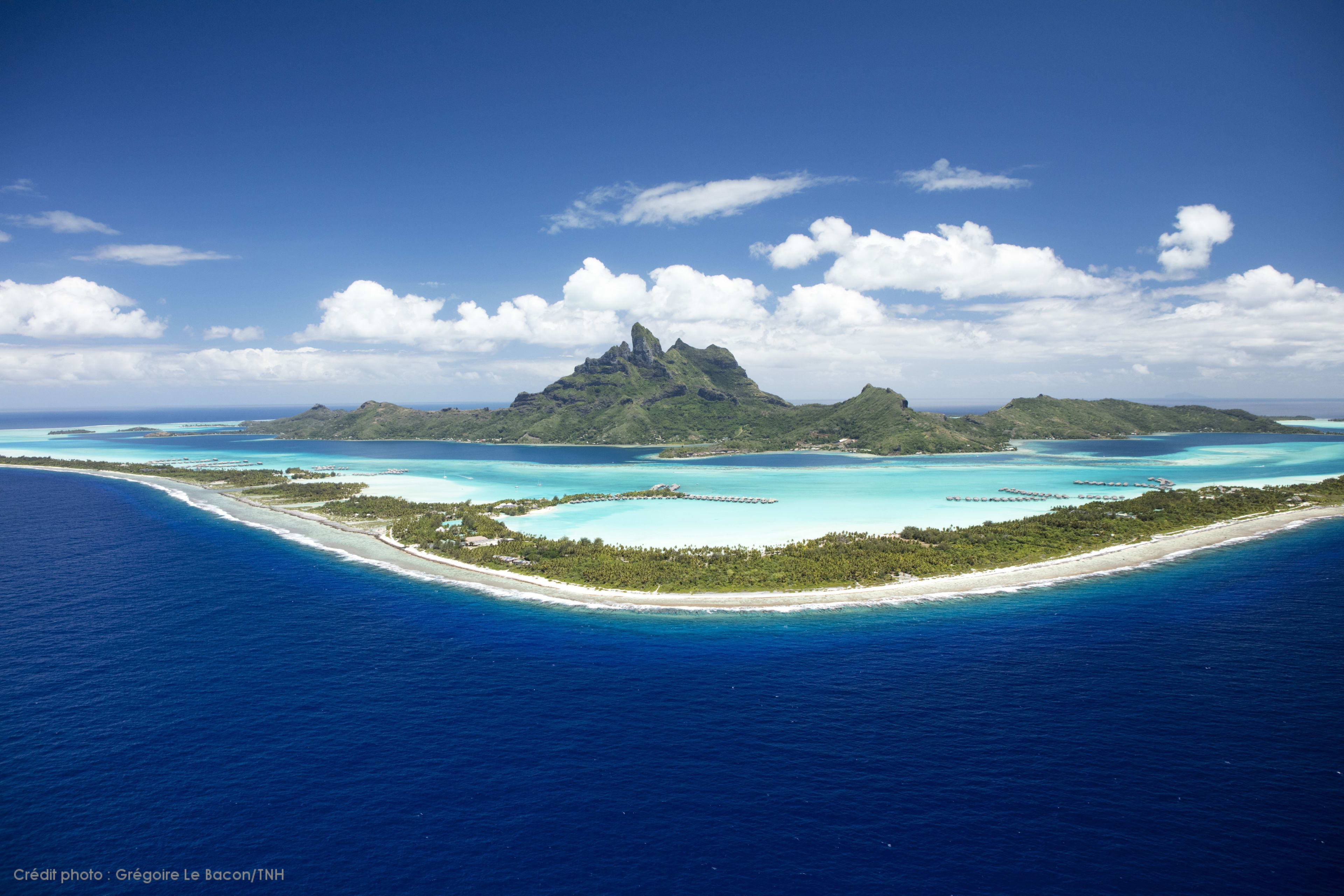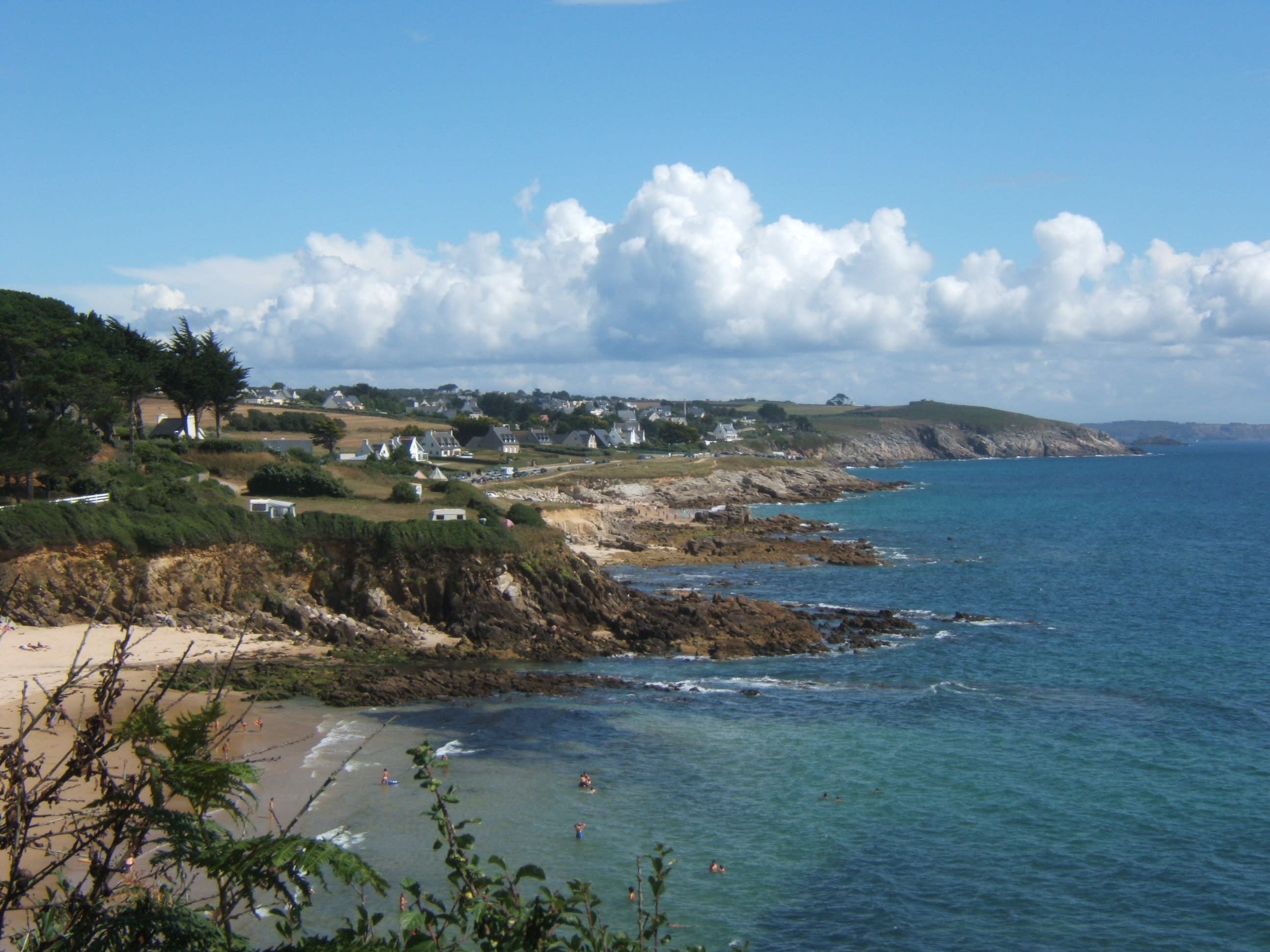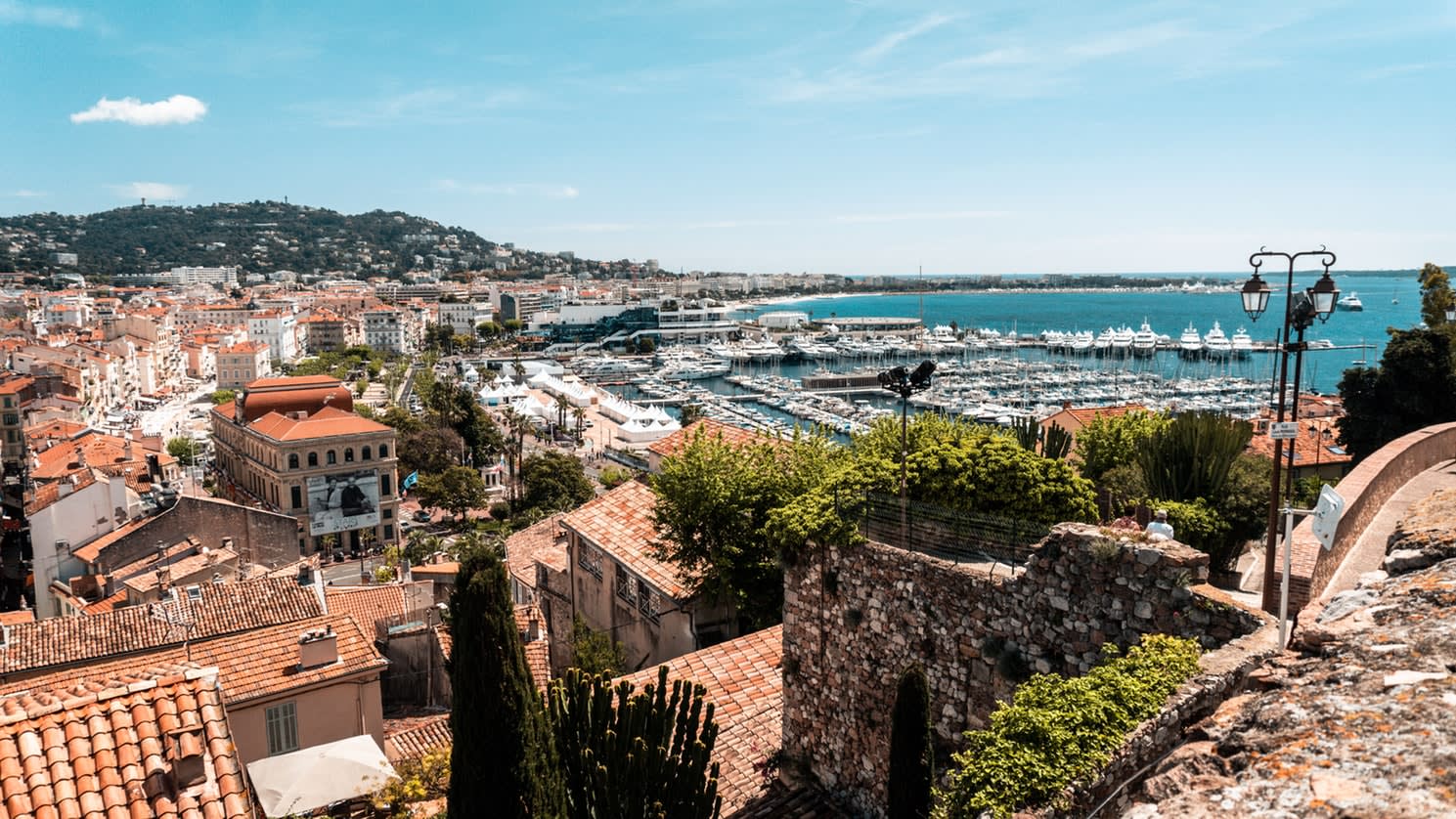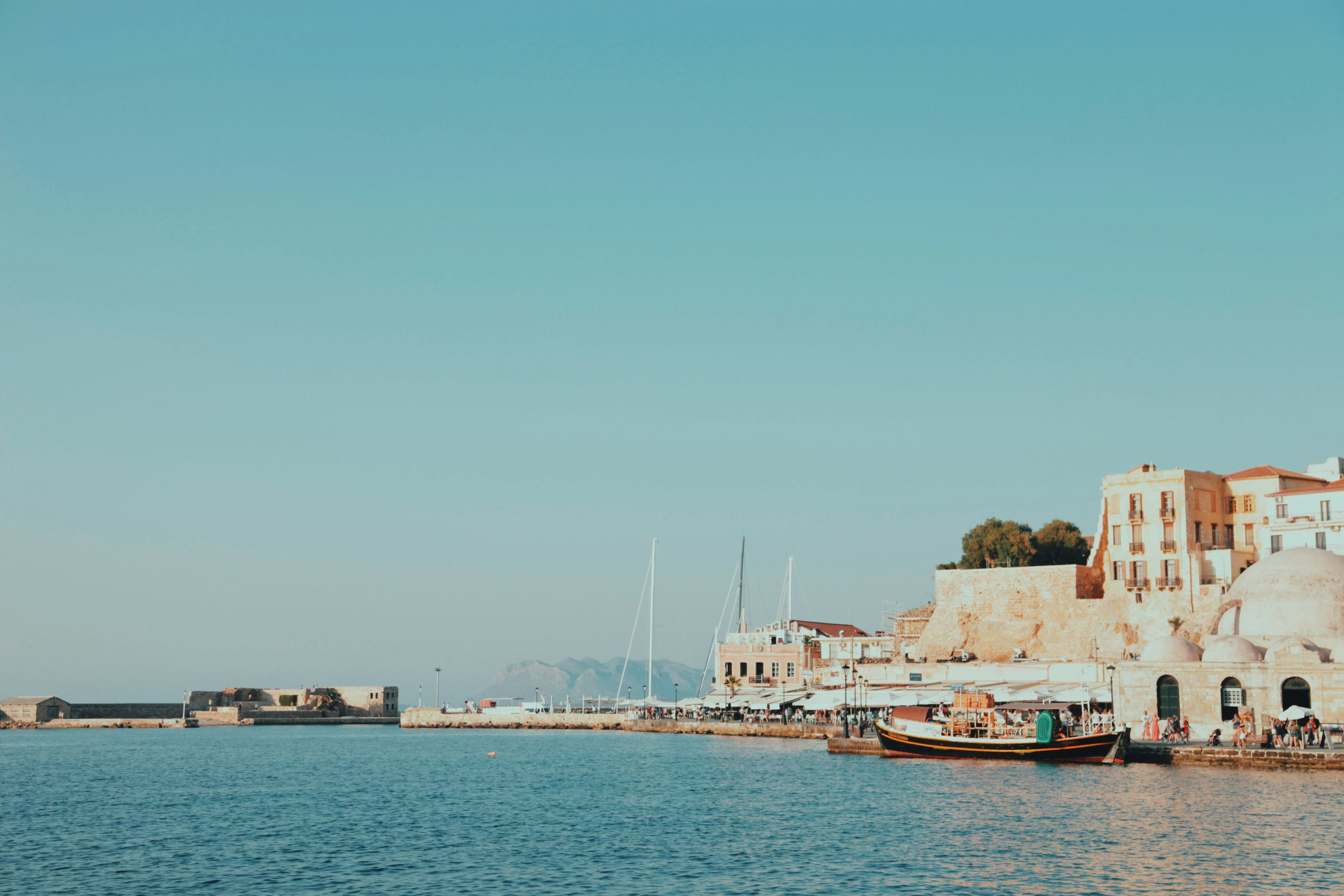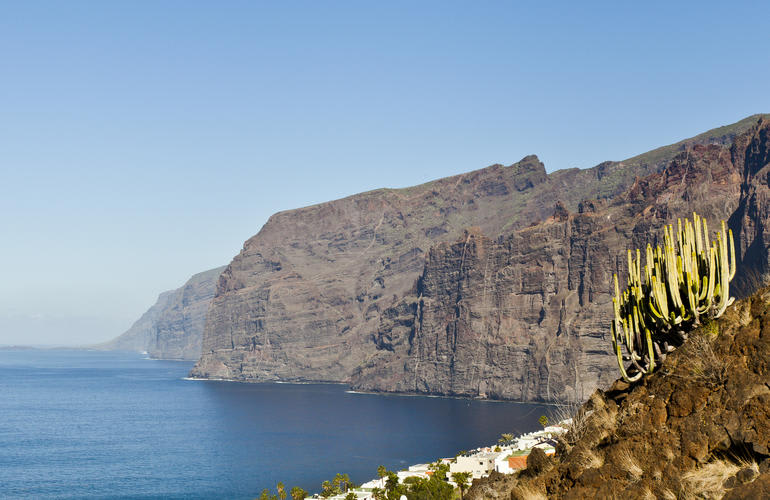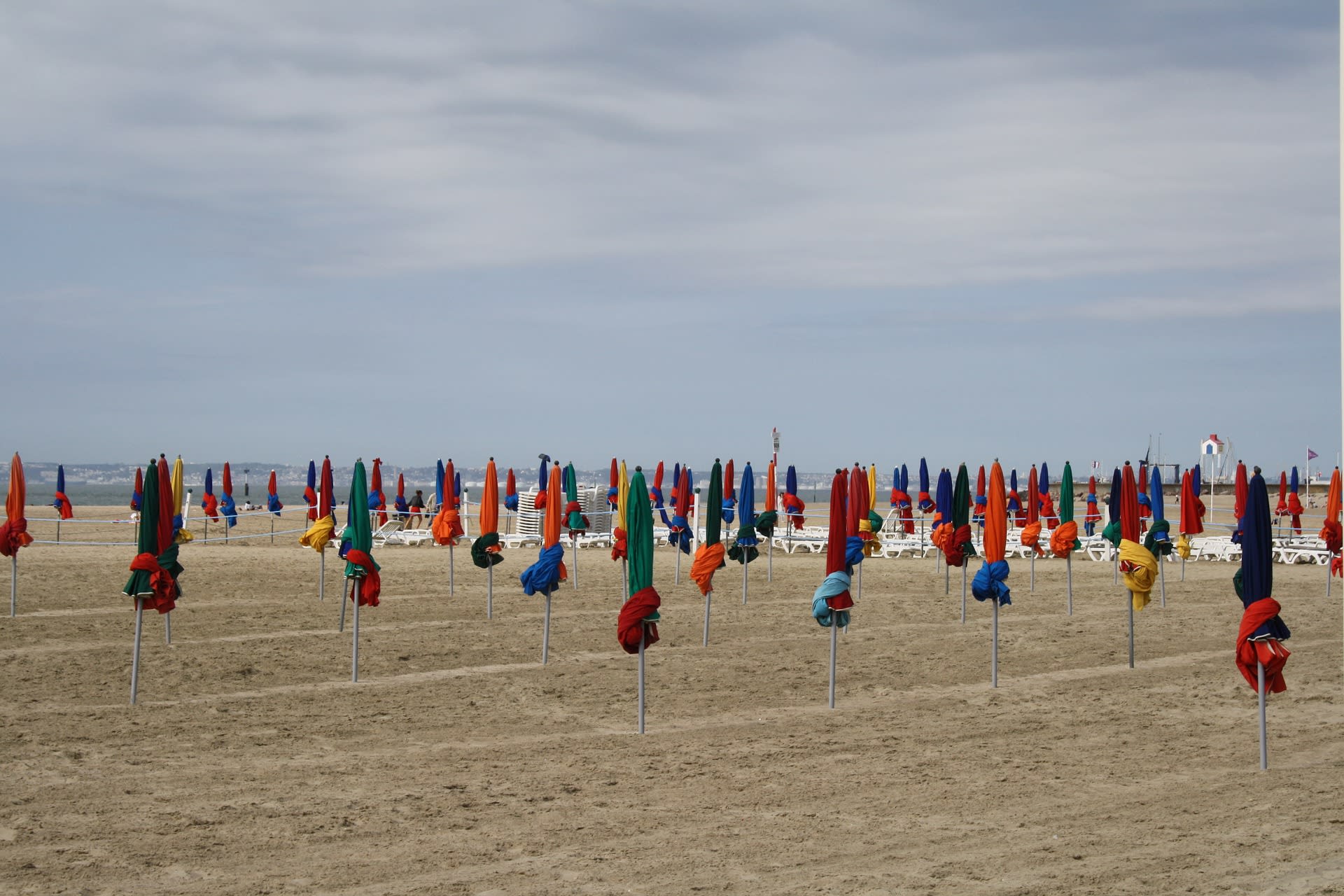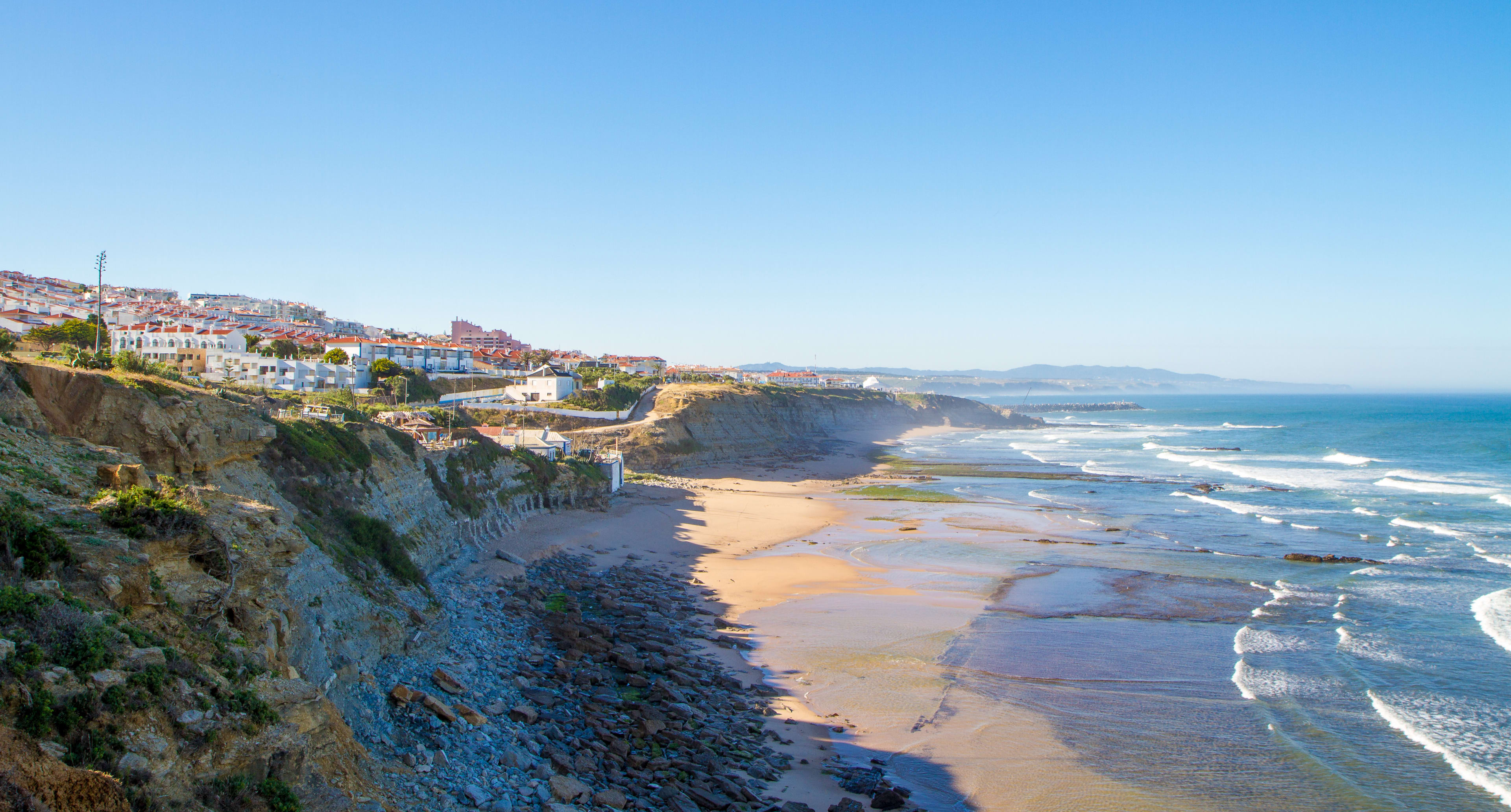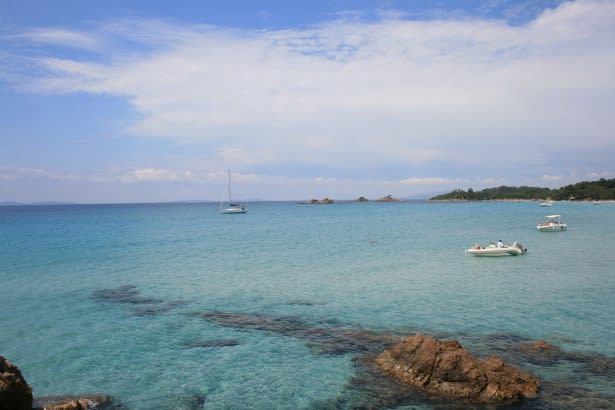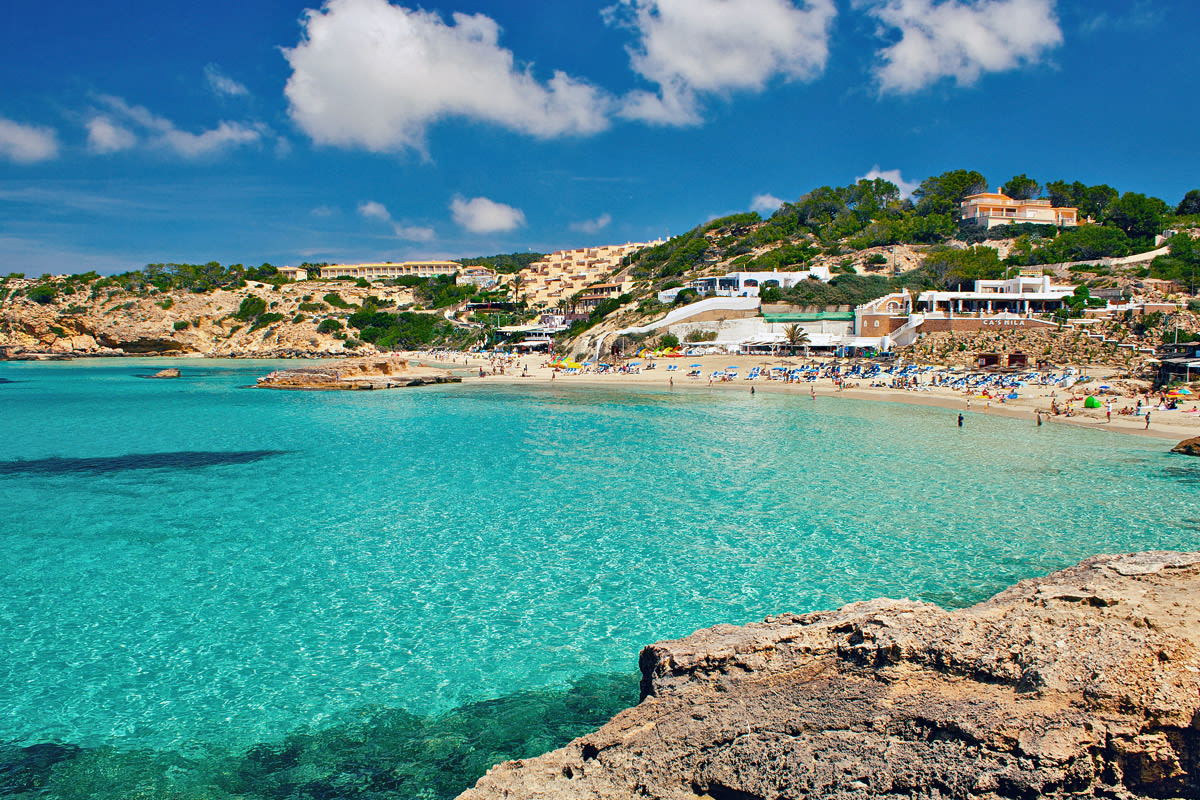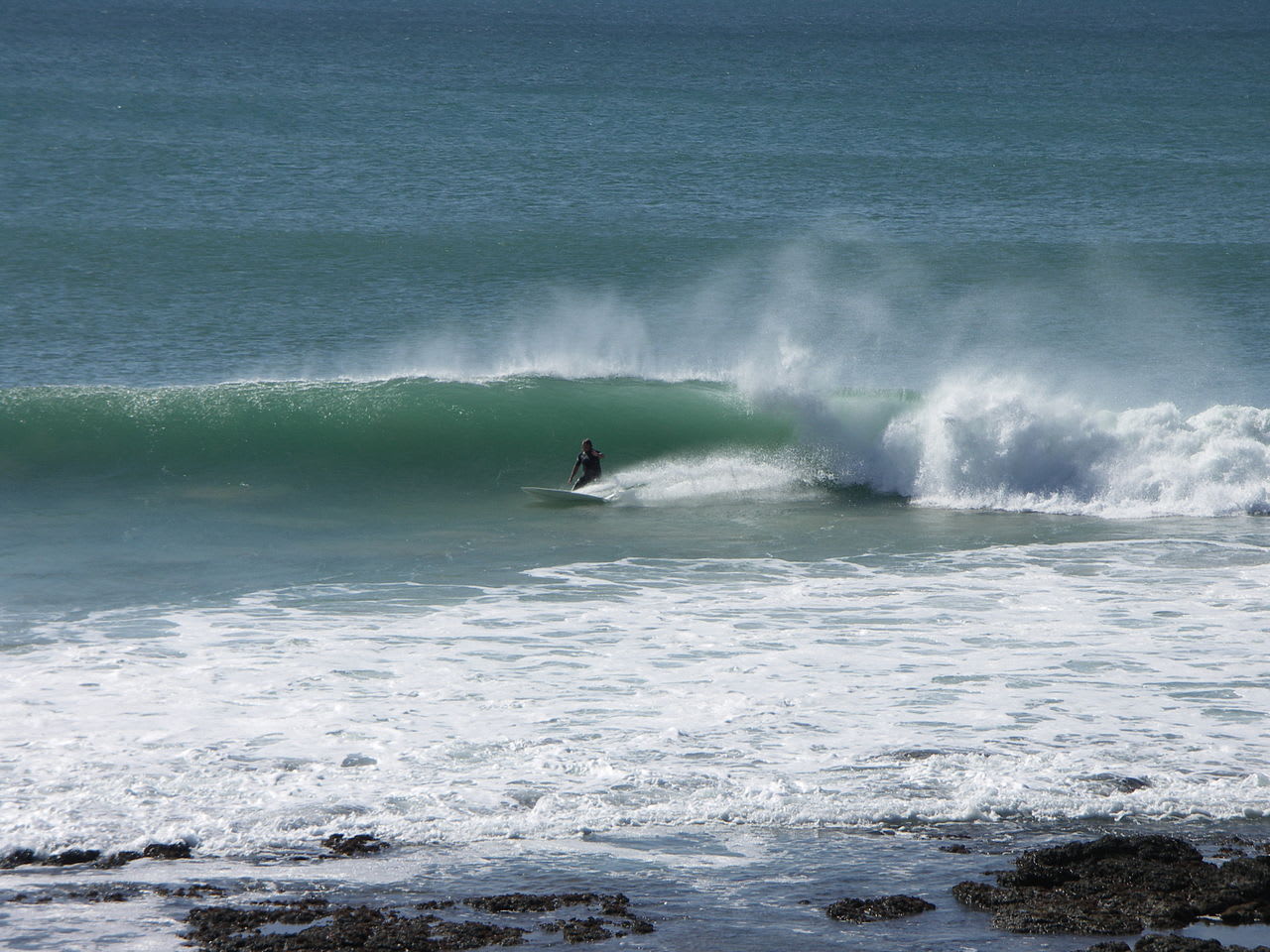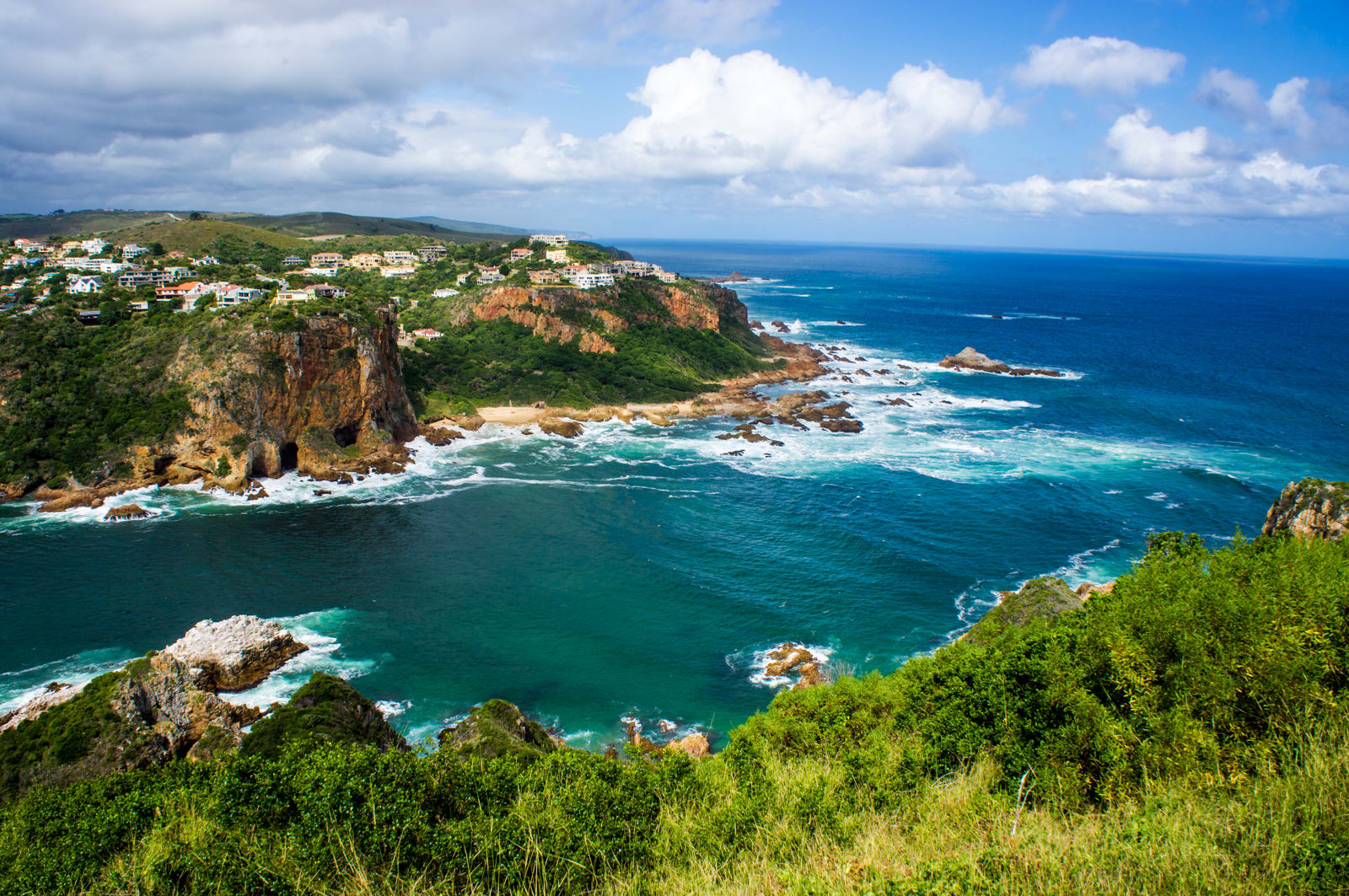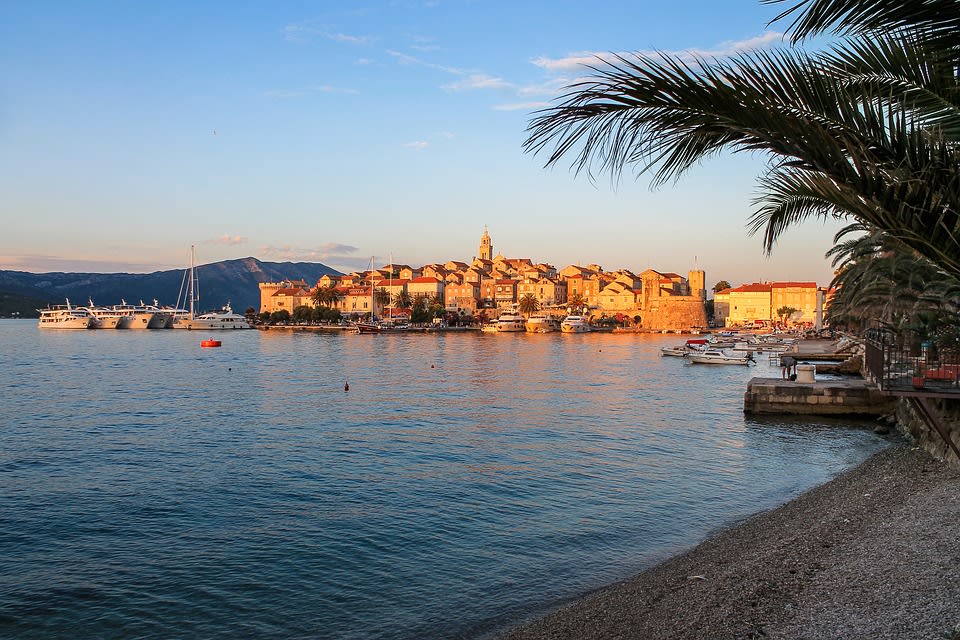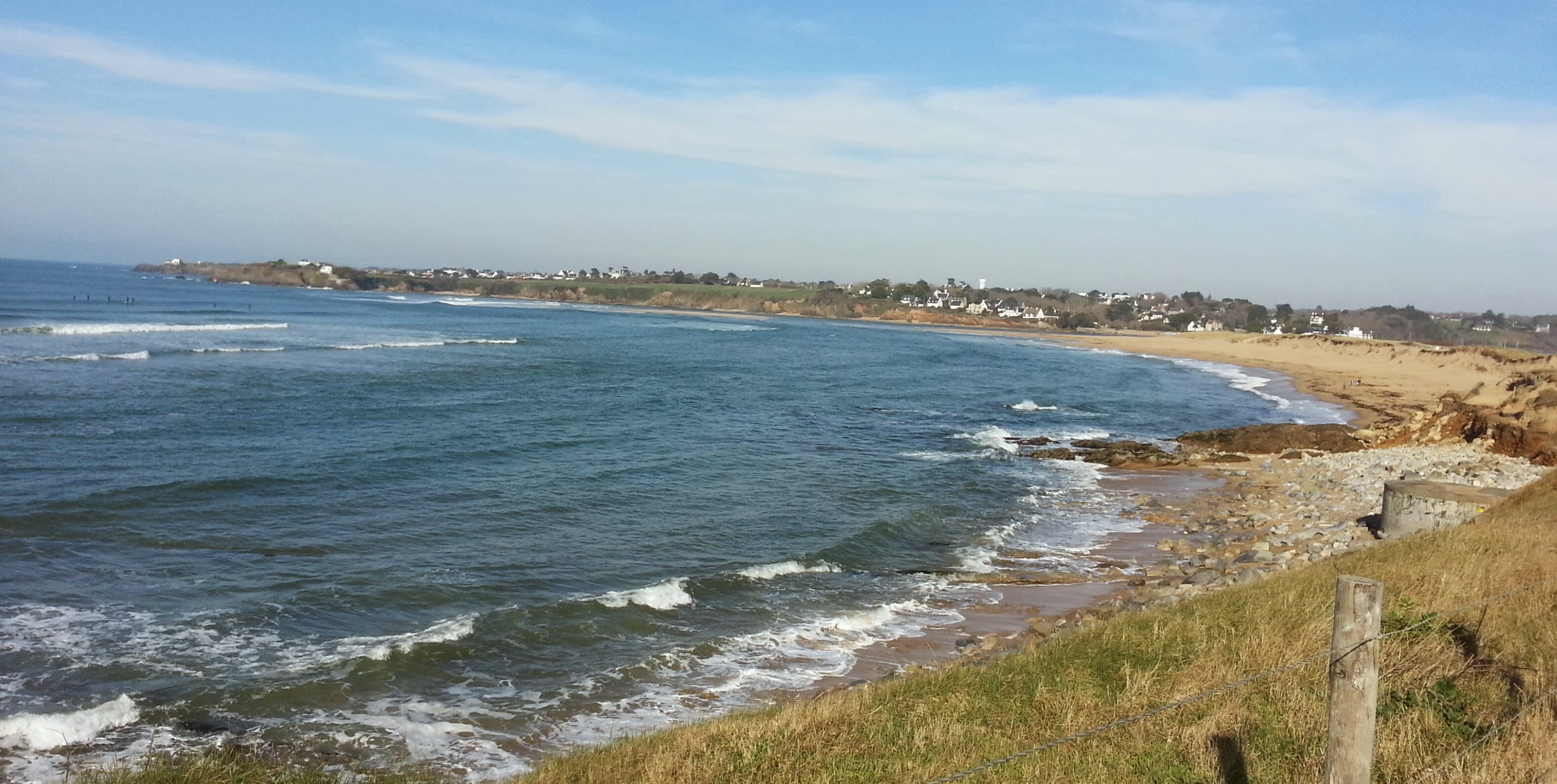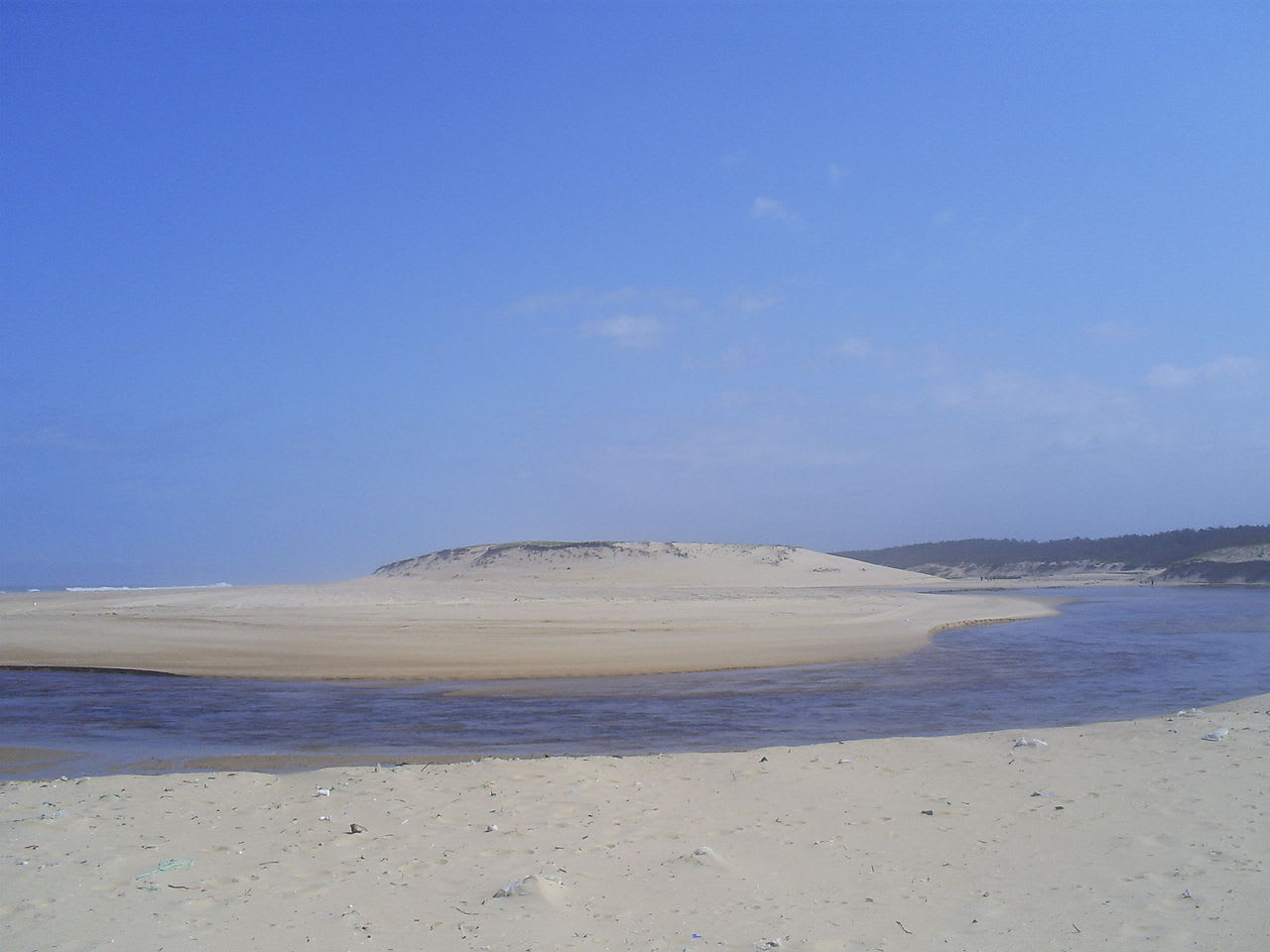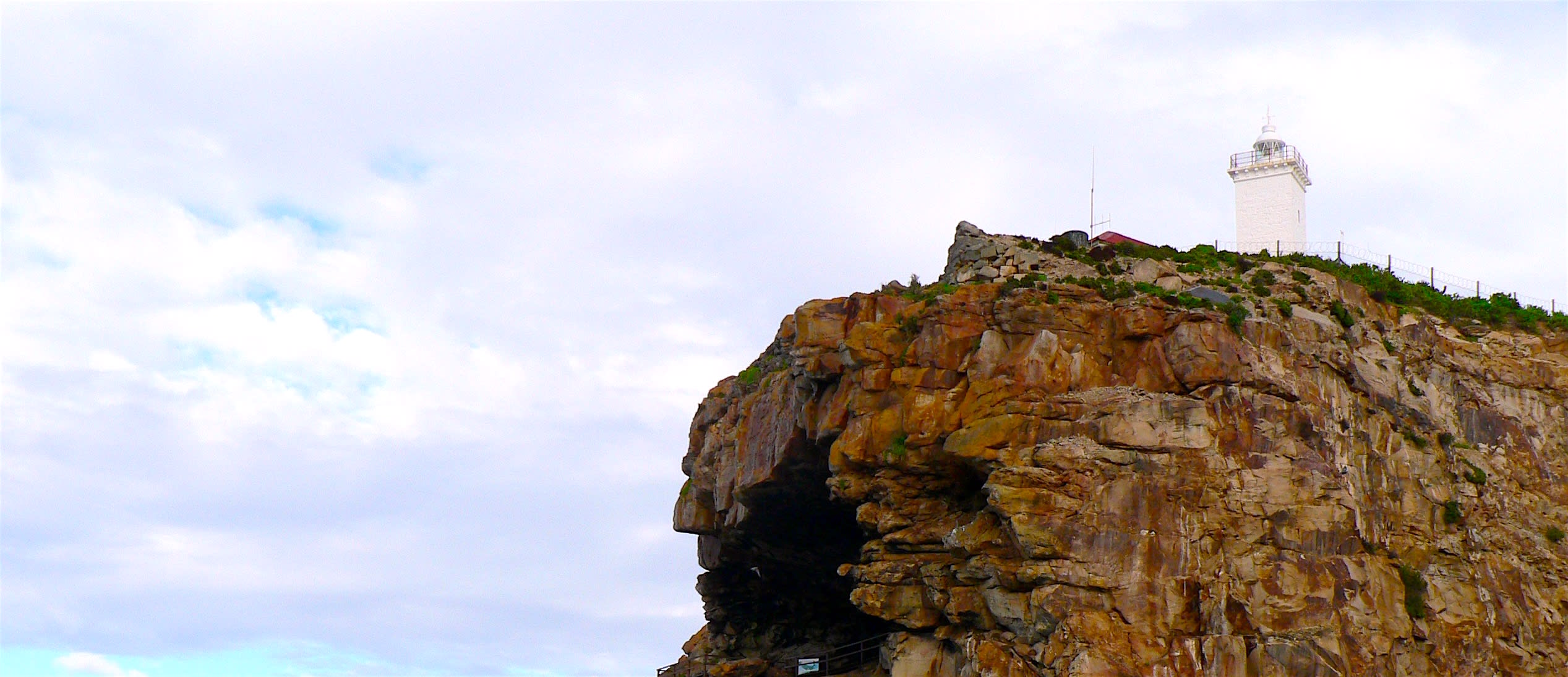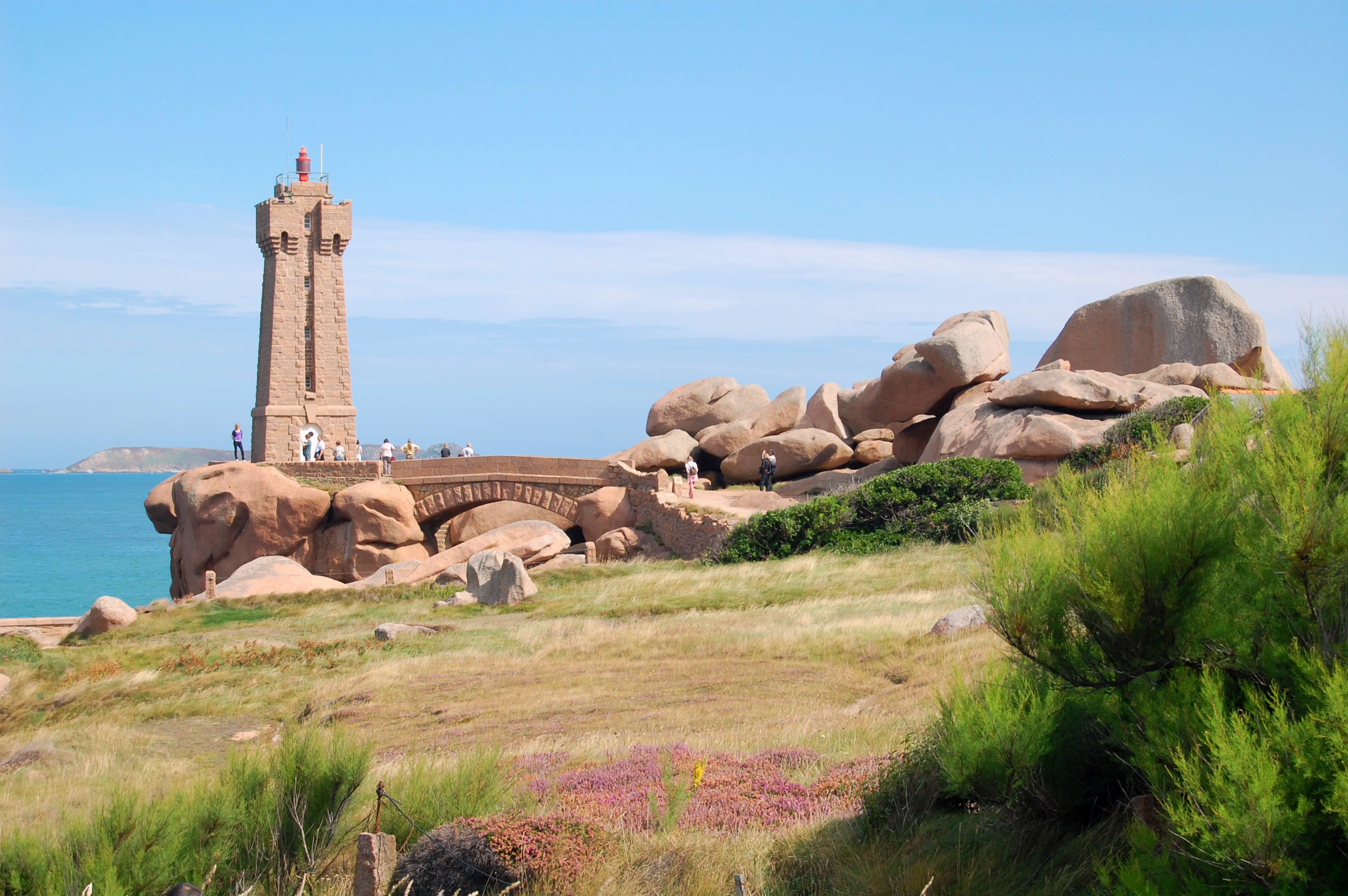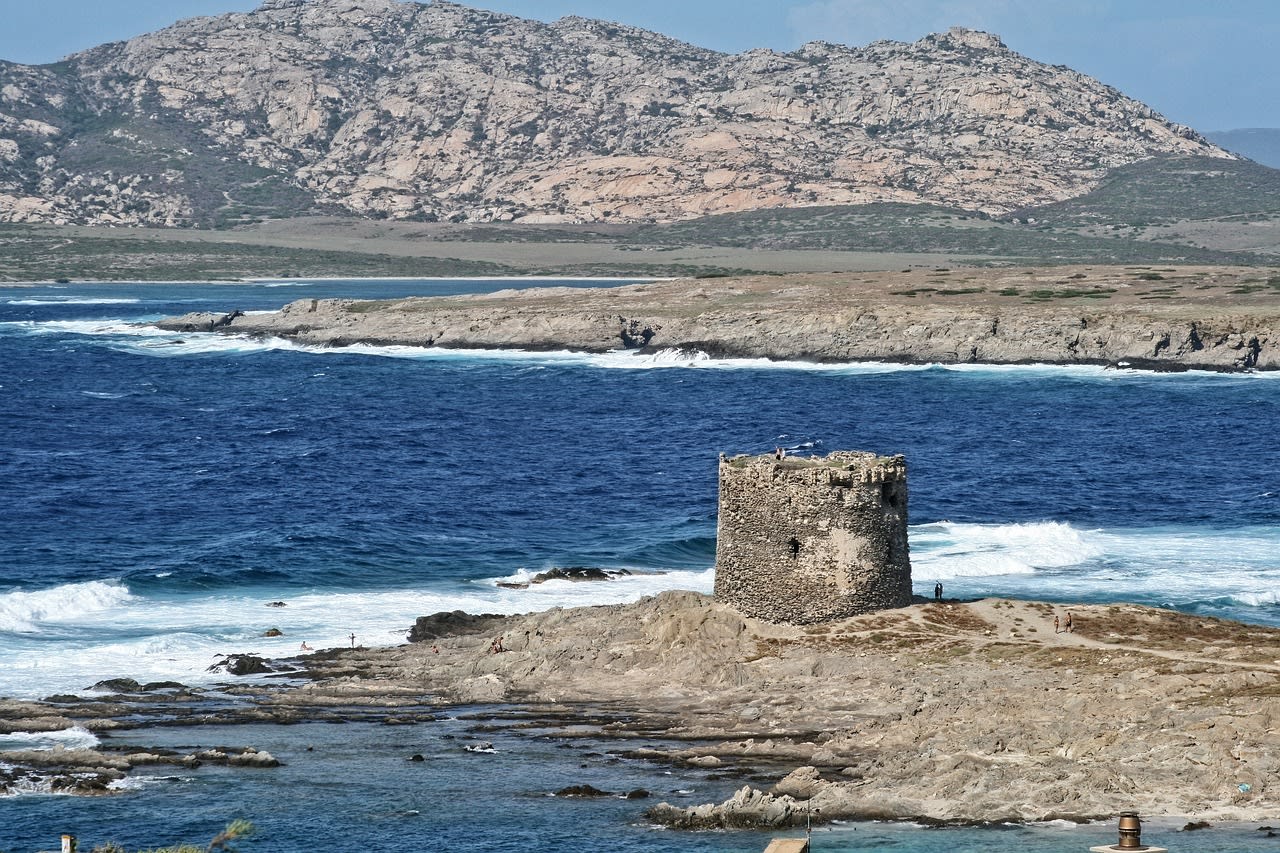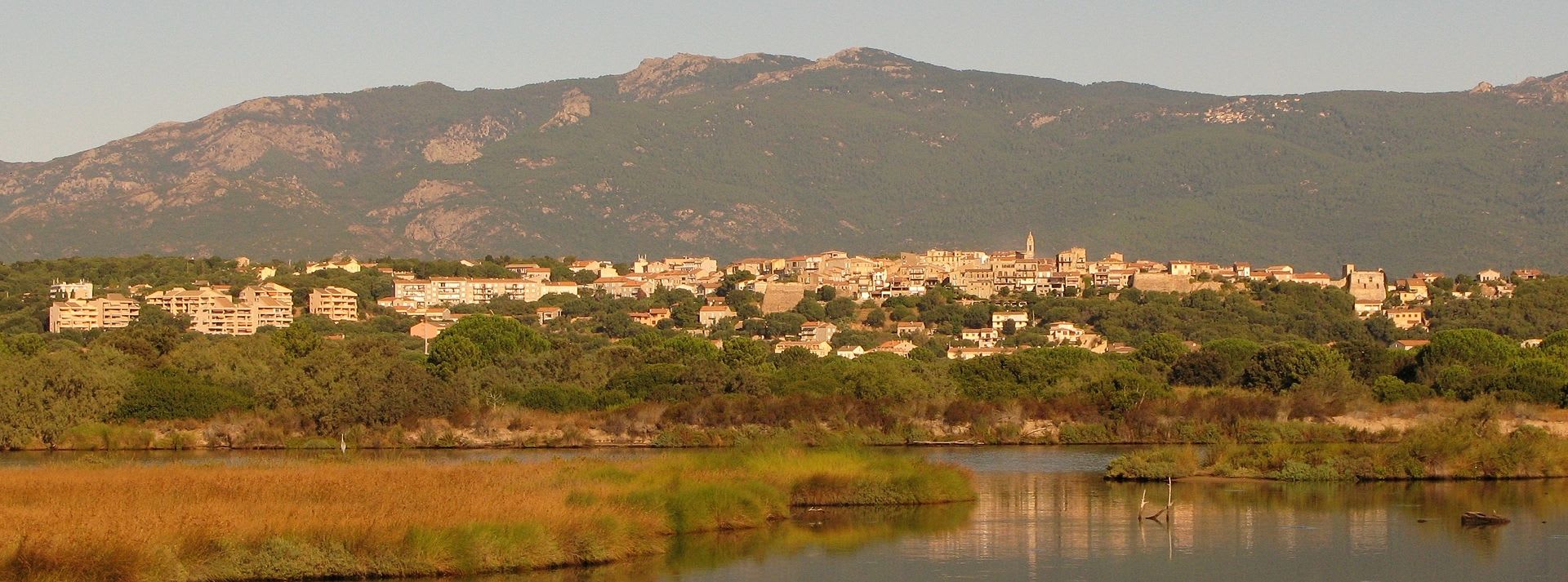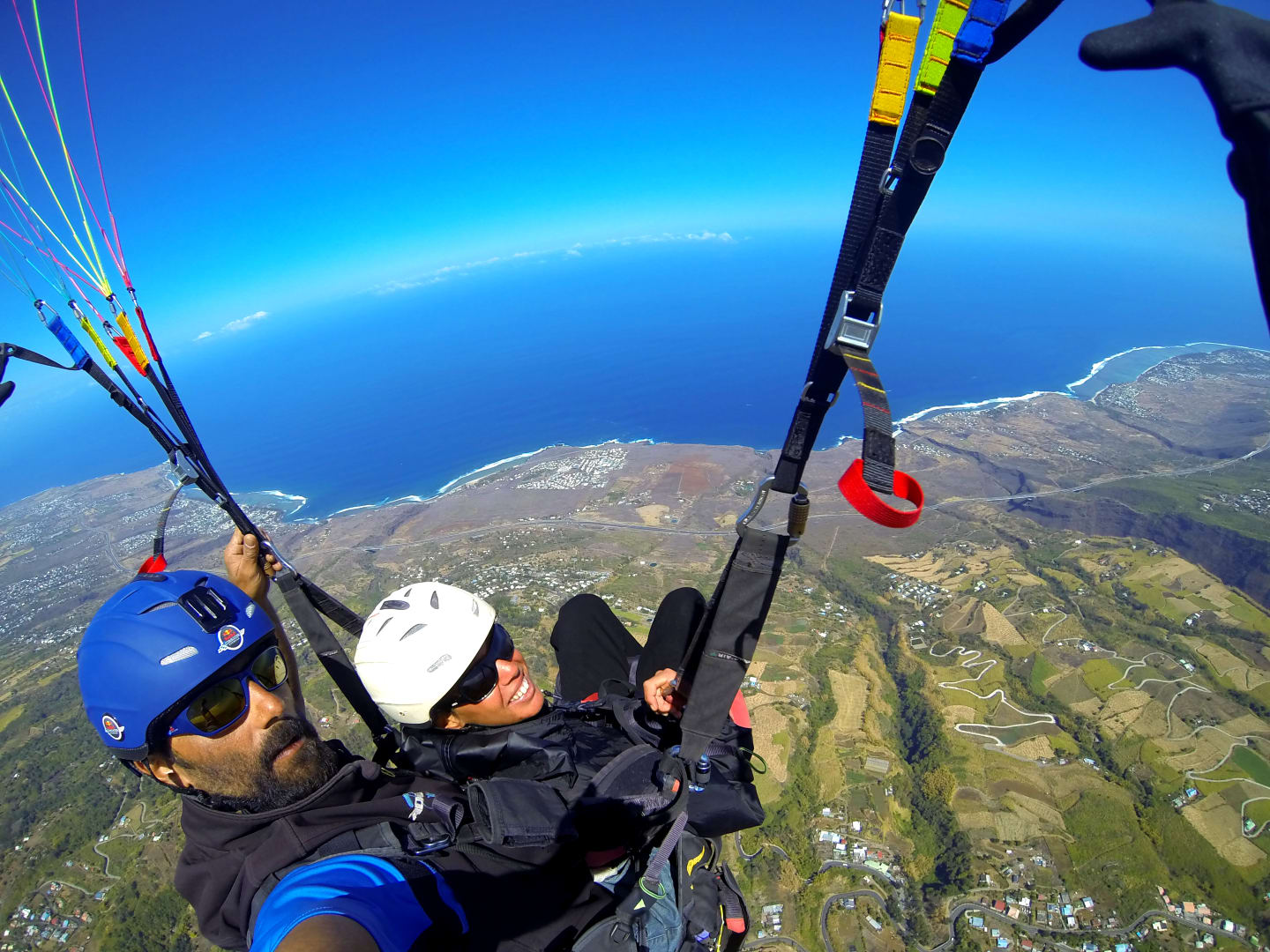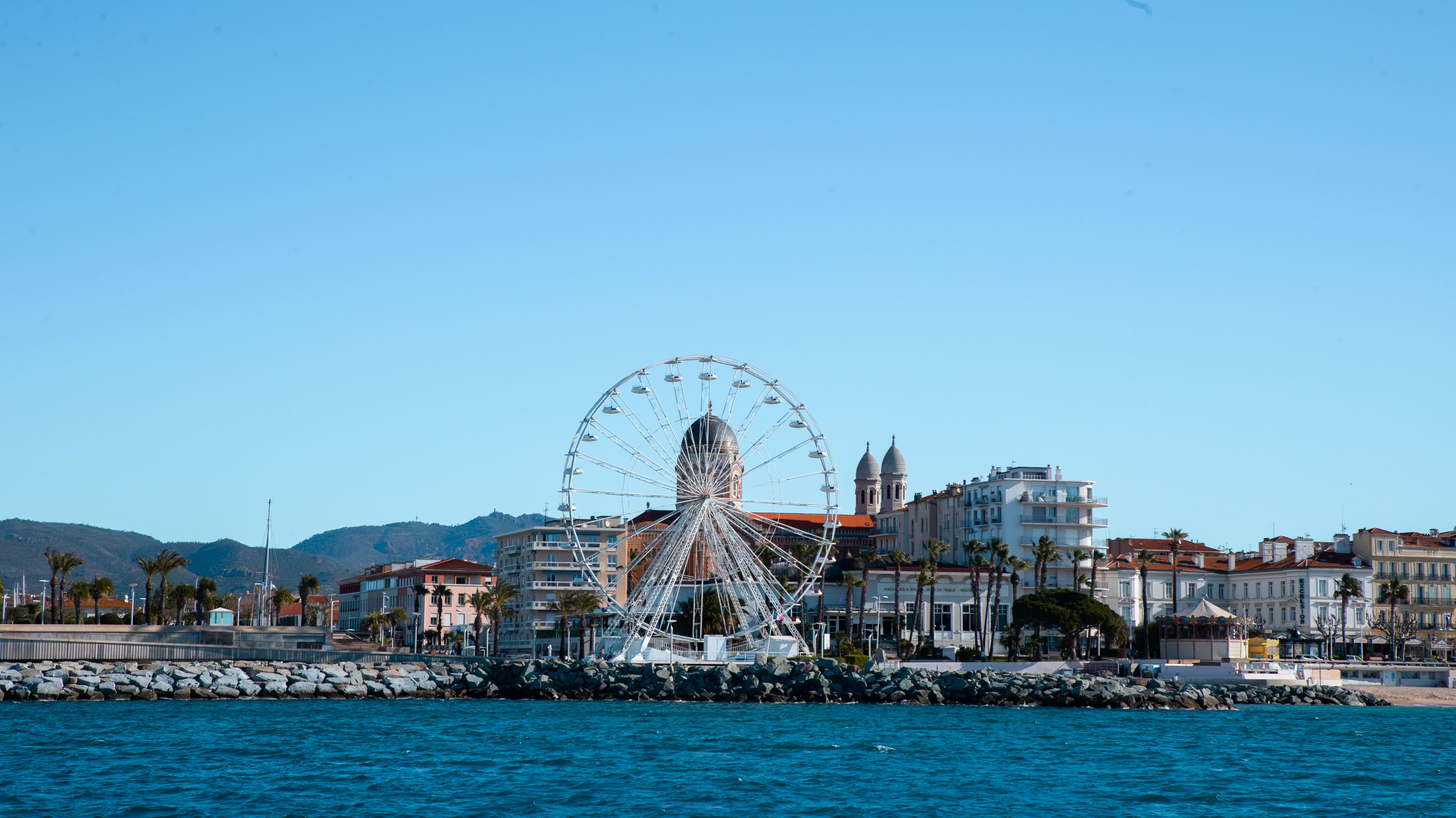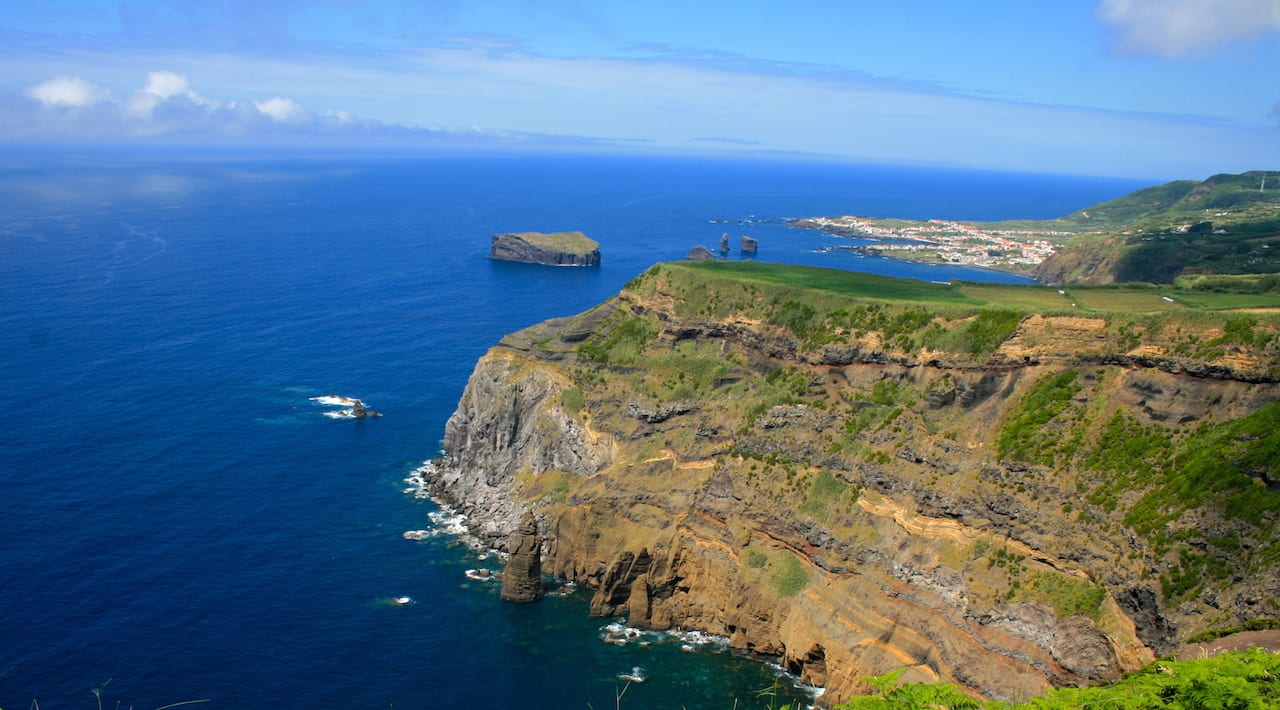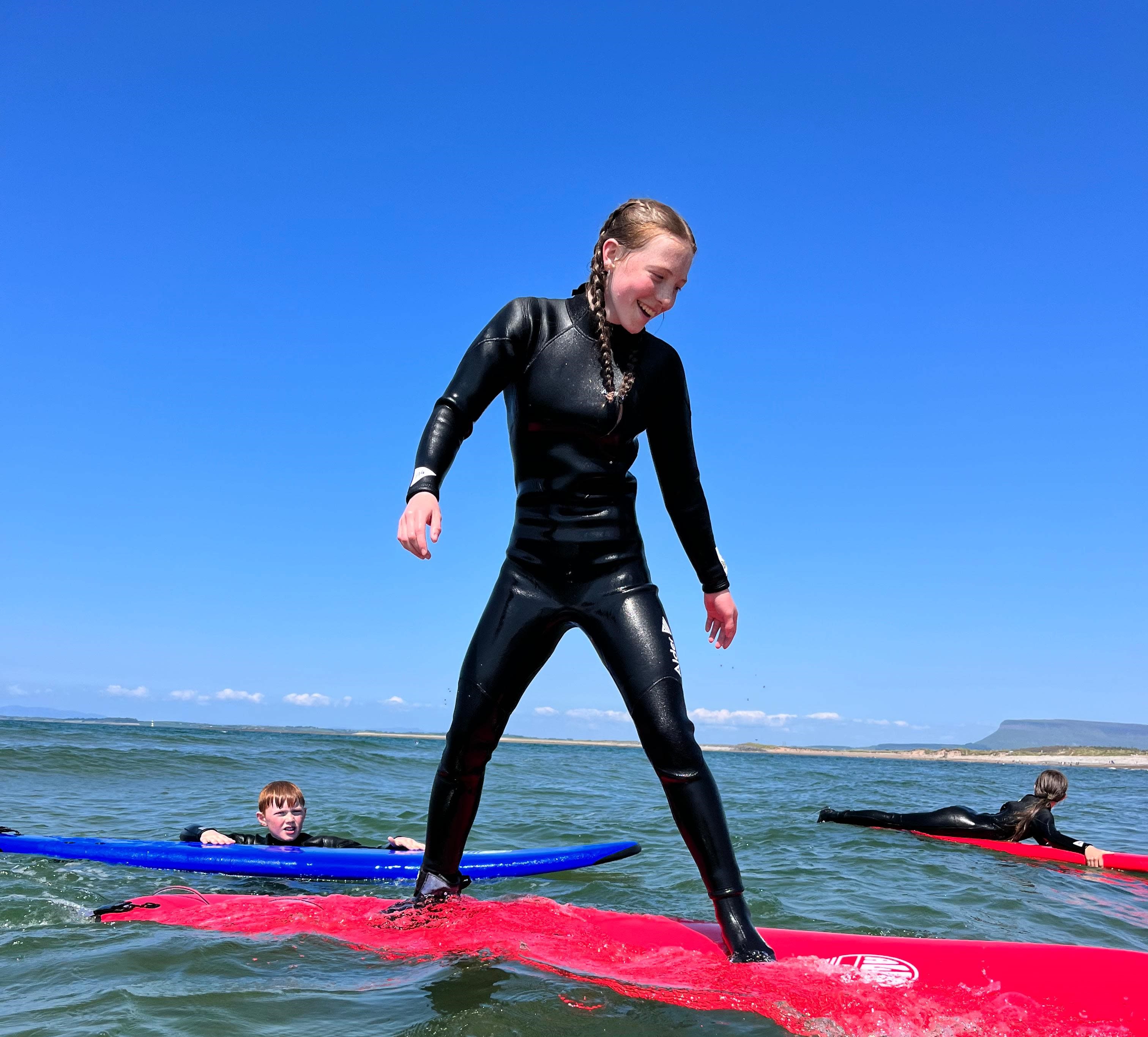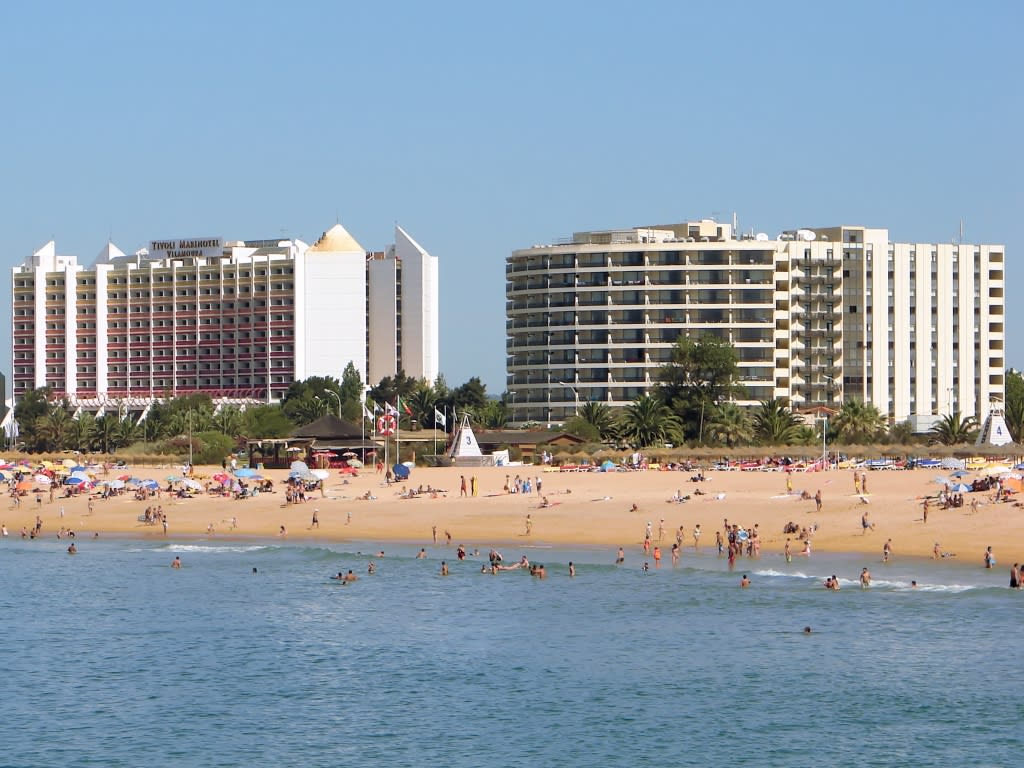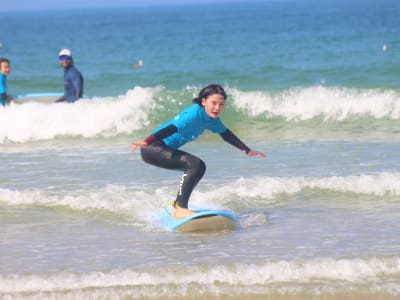
The best Surfing activities
All our Surfing activities

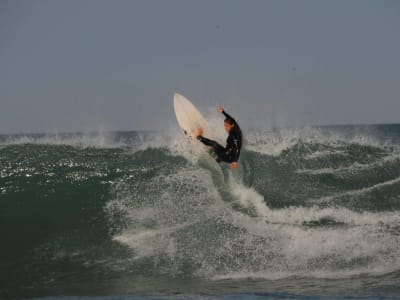
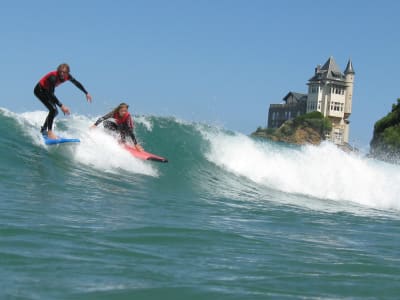
Surfing lessons and courses in Biarritz
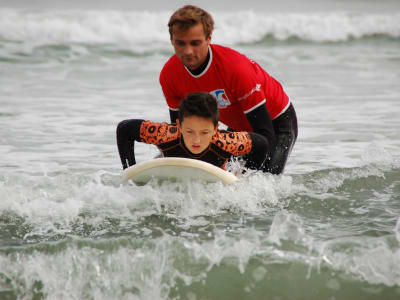
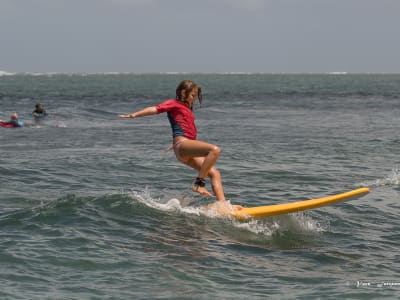
Surfing Lessons in Saint-Leu, Reunion Island
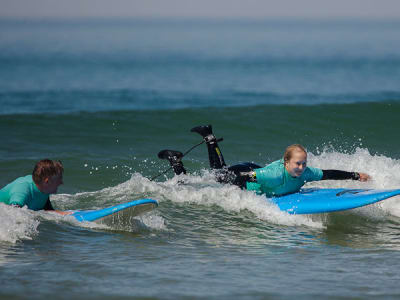
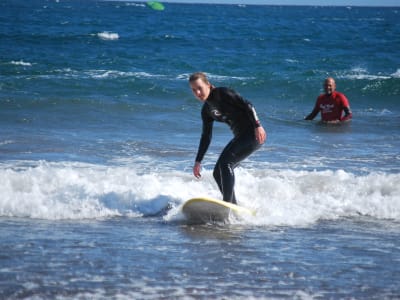
Surfing Lessons in El Médano Beach, Tenerife
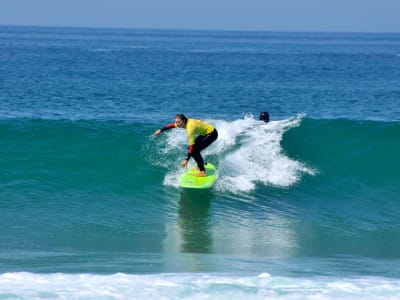
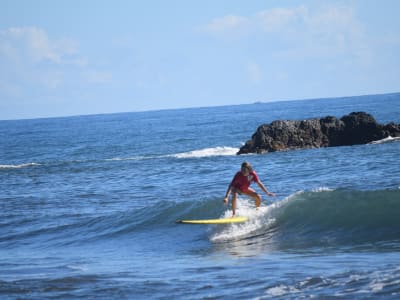
Surfing discovery lesson and course in Tahiti
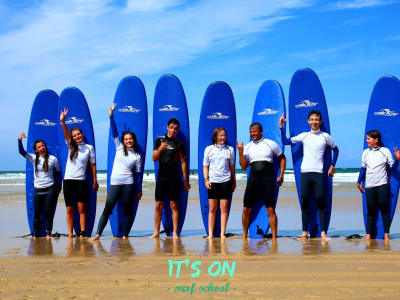
Surfing Lessons and Courses in Arcachon
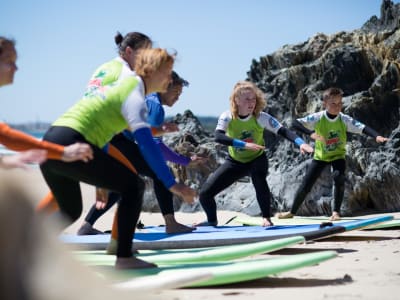
Surf lessons and courses on Praia Da Vieirinha, near Sines
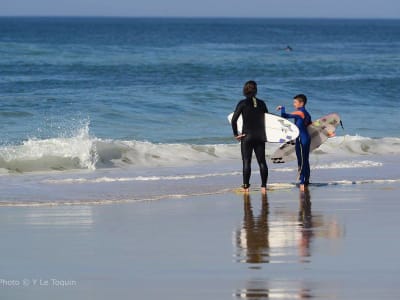

Surf lessons on Matosinhos Beach, Porto

Surfing lessons and courses in Bidart

Surfing lessons and courses in Biarritz

Group surf lessons at Hendaye

Surfing Lessons in Saint-Leu, Reunion Island

Beginner surfing lessons in Bundoran, Donegal

Surfing Lessons in El Médano Beach, Tenerife

Surfing courses & lessons in Anglet

Surfing discovery lesson and course in Tahiti

Surfing Lessons and Courses in Arcachon

Surf lessons and courses on Praia Da Vieirinha, near Sines

Surf lessons and courses in Biscarrosse
Surfing: Ride the Waves of Adventure
Introduction to Surfing
Surfing is not just a sport; it's a way of life that connects you with the ocean in a thrilling and invigorating way. Imagine the rush of paddling into a wave, standing up on your board, and riding across the crest as the wind and water propel you forward. The sense of freedom and exhilaration is unparalleled. Surfing offers a unique blend of physical challenge and meditative calm, making it accessible and exciting for everyone, from complete beginners to seasoned pros. Whether you're drawn to the challenge of mastering a new skill or simply seeking a refreshing escape from daily life, surfing promises an unforgettable experience on the water.
History and Origin of Surfing
Surfing has a rich and fascinating history that dates back to ancient Polynesia. The sport was deeply embedded in the culture of the Hawaiian Islands, where it was known as "he'e nalu" or "wave sliding". Surfing was not only a popular pastime but also a significant cultural and spiritual practice. Early surfers used wooden boards made from local trees like the koa and the pīpī, and the sport was often accompanied by rituals and ceremonies.
The modern resurgence of surfing began in the early 20th century, thanks in large part to pioneers like Duke Kahanamoku, a Hawaiian swimmer and surfer who popularised the sport outside of Hawaii. The introduction of lightweight foam boards and the development of professional surf competitions further propelled surfing into the global spotlight. Today, surfing is a beloved sport practiced worldwide, celebrated for its combination of skill, adventure, and connection with nature.
Different Types of Surfing
Surfing encompasses various styles and disciplines, each catering to different skill levels and preferences:
Recreational Surfing
Ideal for beginners, recreational surfing involves catching small to moderate waves in a relaxed setting. It’s perfect for those looking to enjoy the thrill of surfing without the pressures of competition.
Big Wave Surfing
This is for experienced surfers seeking an adrenaline rush. Big wave surfing involves tackling waves that are 20 feet high or more. It requires advanced skills and a high level of fitness due to the extreme conditions.
Competitive Surfing
Involves participating in organised surf contests where surfers are judged on their performance, including wave selection, manoeuvres, and overall style. This type of surfing is suitable for those who enjoy the competitive aspect of the sport.
Longboarding
A style that uses longer surfboards, typically 9 feet or more. It emphasises smooth, flowing movements and classic surfing techniques. Longboarding is accessible for beginners and offers a more relaxed surfing experience.
Shortboarding
Utilises shorter, more manoeuvrable boards designed for high-performance surfing. This style focuses on sharp turns and complex tricks, and it’s suited for intermediate to advanced surfers.
Stand-Up Paddleboarding (SUP)
Involves standing on a large board and using a paddle to move through the water. SUP can be practiced in various conditions, including calm lakes and ocean waves, and is great for improving balance and strength.
Essential Equipment
To get started with surfing, you'll need a few key pieces of equipment:
Surfboard: The most crucial piece of gear. Surfboards come in various shapes and sizes, including longboards, shortboards, and fish boards. Beginners often start with a soft-top longboard for its stability and ease of use.
Wetsuit: Provides thermal protection and helps you stay warm in cooler waters. Wetsuits come in different thicknesses depending on the water temperature. For tropical waters, a thinner wetsuit or even a rash guard may be sufficient.
Leash: A cord that attaches your surfboard to your ankle to prevent it from drifting away after a wipeout. It’s an essential safety feature that helps you stay connected to your board.
Surf Wax: Applied to the top of your surfboard to provide traction and prevent slipping. It’s a simple but important component for maintaining grip on your board.
Rash Guard: A stretchy, lightweight shirt that protects your skin from sunburn and irritation caused by the surfboard. It's a good alternative if you prefer not to wear a wetsuit.
Fins: Attached to the bottom of the surfboard to provide stability and control. Different fin setups can affect the board's performance and handling.
Top Surfing Destinations Worldwide
Discover some of the world's premier surfing spots:
Hawaii, USA: Known as the birthplace of modern surfing, Hawaii offers legendary waves and diverse surf spots. Waikiki Beach is ideal for beginners, while Pipeline and Waimea Bay are famous for big wave surfing.
Bondi Beach, Australia: One of Sydney's most iconic beaches, Bondi Beach offers consistent waves suitable for all levels. The vibrant surf culture and scenic surroundings make it a top destination.
Bali, Indonesia: Bali's surf scene is renowned for its excellent waves and warm waters. Uluwatu and Kuta Beach are popular among surfers of all skill levels.
Jeffreys Bay, South Africa: Famous for its long, fast right-hand break, Jeffreys Bay is a dream destination for experienced surfers. It hosts the annual World Surf League event, attracting surfers from around the globe.
Mundaka, Spain: Located in the Basque Country, Mundaka is known for its world-class left-hand barrel waves. It’s a must-visit for advanced surfers seeking challenging conditions.
Taghazout, Morocco: This coastal village offers a mix of beach and point breaks suitable for various skill levels. The warm climate and consistent waves make it a popular spot for surf trips.
Surfing Vocabulary and Lexicon
Understanding the language of surfing can enhance your experience:
Barrel: A term used to describe the hollow part of a wave that surfers ride inside. Also known as a “tube”.
Wipeout: When a surfer falls off their board, often in a dramatic fashion. It can happen during a wipeout from a wave.
Drop In: When a surfer enters a wave from the top, often cutting off another surfer. It’s considered bad etiquette if done without permission.
Tack: The direction a surfer is riding on the wave, usually described as “frontside” or “backside” depending on their stance.
Rip Current: A strong, narrow current flowing out to sea. It’s important to know how to escape a rip current for safety.
Duck Dive: A technique used by surfers to dive under oncoming waves while paddling out. It helps to avoid being pushed back towards the shore.
Benefits of Surfing
Surfing offers numerous benefits beyond the thrill of riding waves:
Physical Fitness: Surfing is a full-body workout that enhances strength, balance, and endurance. It engages core muscles, improves cardiovascular health, and boosts overall fitness.
Mental Well-being: The rhythmic motion of the waves and the focus required during surfing provide a meditative experience. It reduces stress and promotes relaxation, offering a mental escape from everyday pressures.
Connection with Nature: Surfing immerses you in the natural environment, fostering a deep appreciation for the ocean and its ecosystems. It encourages a sustainable and respectful attitude towards the environment.
Social Interaction: Surfing often involves a strong sense of community and camaraderie. Joining a surf club or taking lessons can lead to new friendships and shared experiences.
Tips for Getting Started
If you're new to surfing, here are some essential tips to help you get started:
Take a Lesson: Enrol in a surf school or take a lesson from a qualified instructor to learn the basics and ensure safety.
Start with a Soft-Top Board: Soft-top boards are more forgiving and provide better stability for beginners. They’re less likely to cause injuries during falls.
Practice Paddling: Build your upper body strength and practice paddling techniques to efficiently move through the water and catch waves.
Learn Wave Etiquette: Respect the rules of the surf zone, such as taking turns and not dropping in on other surfers. This ensures a safer and more enjoyable experience for everyone.
Understand Safety: Familiarise yourself with ocean safety, including how to identify rip currents and how to respond in case of emergencies. Always surf in designated areas with lifeguard supervision if possible.
Be Patient: Surfing takes time to master. Don’t get discouraged by initial challenges. Enjoy the process and celebrate small victories along the way.
Find the perfect surfing experience
Surfing is an exhilarating and rewarding sport that offers something for everyone, whether you're looking for a fun new hobby or a serious athletic challenge. With its rich history, diverse styles, and stunning locations, surfing provides an opportunity to connect with the ocean and embrace the adventure. At Manawa, we’re dedicated to helping you find the perfect surfing experience, with expert instructors and top-notch equipment to ensure your safety and enjoyment. Dive into the world of surfing today and ride the waves of excitement with confidence!
You're in good hands with Manawa.
We are dedicated to make your outdoor activities extraordinary. Benefit from expert advice, friendly service, and live unforgettable moments with Manawa.
